

Čoarvemátta Cultural and Educational Hub | Snøhetta
Snøhetta
 ,发布时间2024-12-11 10:14:00
,发布时间2024-12-11 10:14:00
Location: Kautokeino/Guovdageaidnu, Norway
Size: 7200 m2
Typology: Cultural and educational building
Status: Completed
Timeline: 2020-2024
Client: Statsbygg
Architecture, Interior Architecture, Landscape Architecture and Graphic design: Snøhetta
Entrepreneur: Econor
Collaborating partner, architect: 70°N arkitektur
Collaborating partner, architect/artist: Joar Nango
Art acquisition: KORO, curator: Monica Milch Gebhardt
Artists: Máret Ánne Sara, Laila Mari Brandsfjell, Fredrik Prost, Ellen Berit Dalbakk/Rámavuol Elle Bigge, Merethe Ella Márjá Kuhmunen, Elle Valkeapää, Britta Marakatt-Labba, Iver Jåks, Aage Gaup.
Consulting Engineer, Building and Fire: Norconsult
Consulting Engineer, Building (Prefab): AB consult
Consulting Engineer, Acoustics: Brekke & Strand
Consulting Engineer, HVAC: Afry
Consulting Engineer, Pipes: SWECO
Consulting Engineer, Electrical: Rambøll
Consulting Engineer, Road: Asplan Viak
Čoarvemátta meets the requirements for the designation Passive house according to the standard NS3701
版权声明:本链接内容均系版权方发布,版权属于 Snøhetta,编辑版本版权属于设计宇宙designverse,未经授权许可不得复制转载此链接内容。欢迎转发此链接。
Snøhetta, together with 70°N architecture and artist Joar Nango, delivered the winning proposal in the architectural competition for a new Sami theatre and school building in 2021. Now, the prominent building has been inaugurated.
The name Čoarvemátta comes from the Sámi words for horn and root, after the innermost and strongest part of the reindeer antlers. This symbolizes different qualities and strengths and represents elements that unite, as Čoarvemátta will be a unifying force for the institutions that share the building: the Sami National Theatre Beaivváš and the Sami High School and Reindeer Herding School.
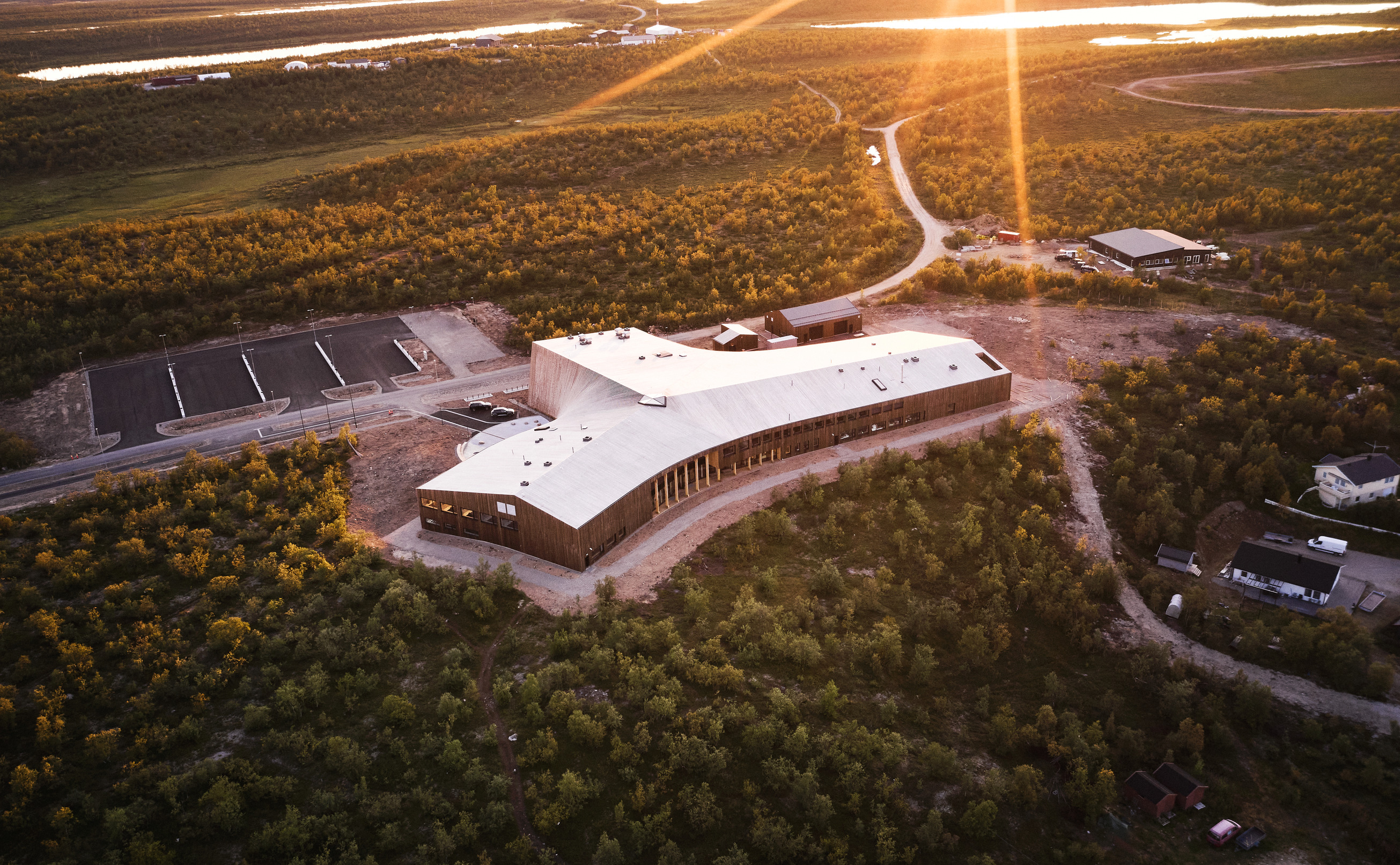
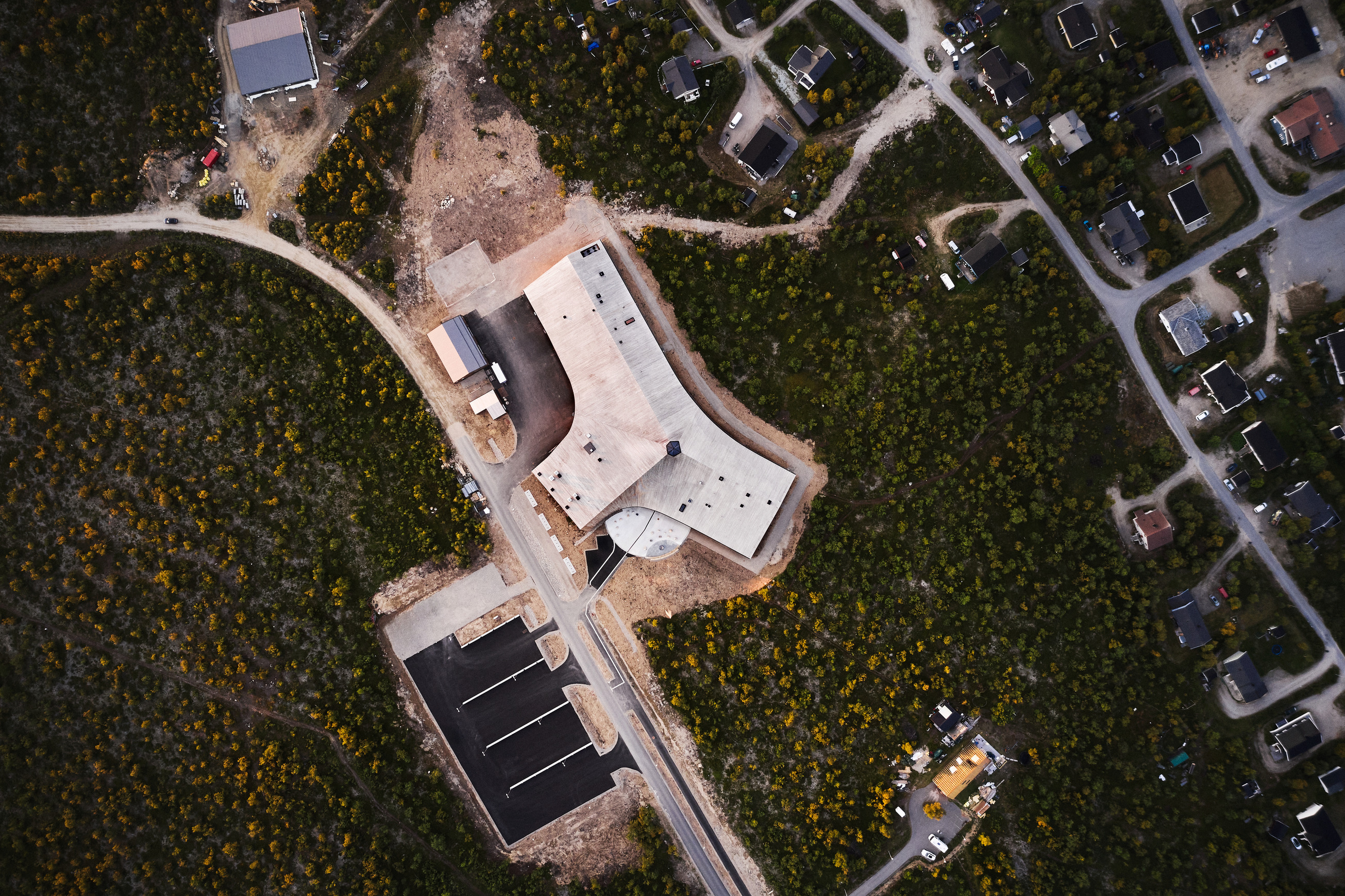
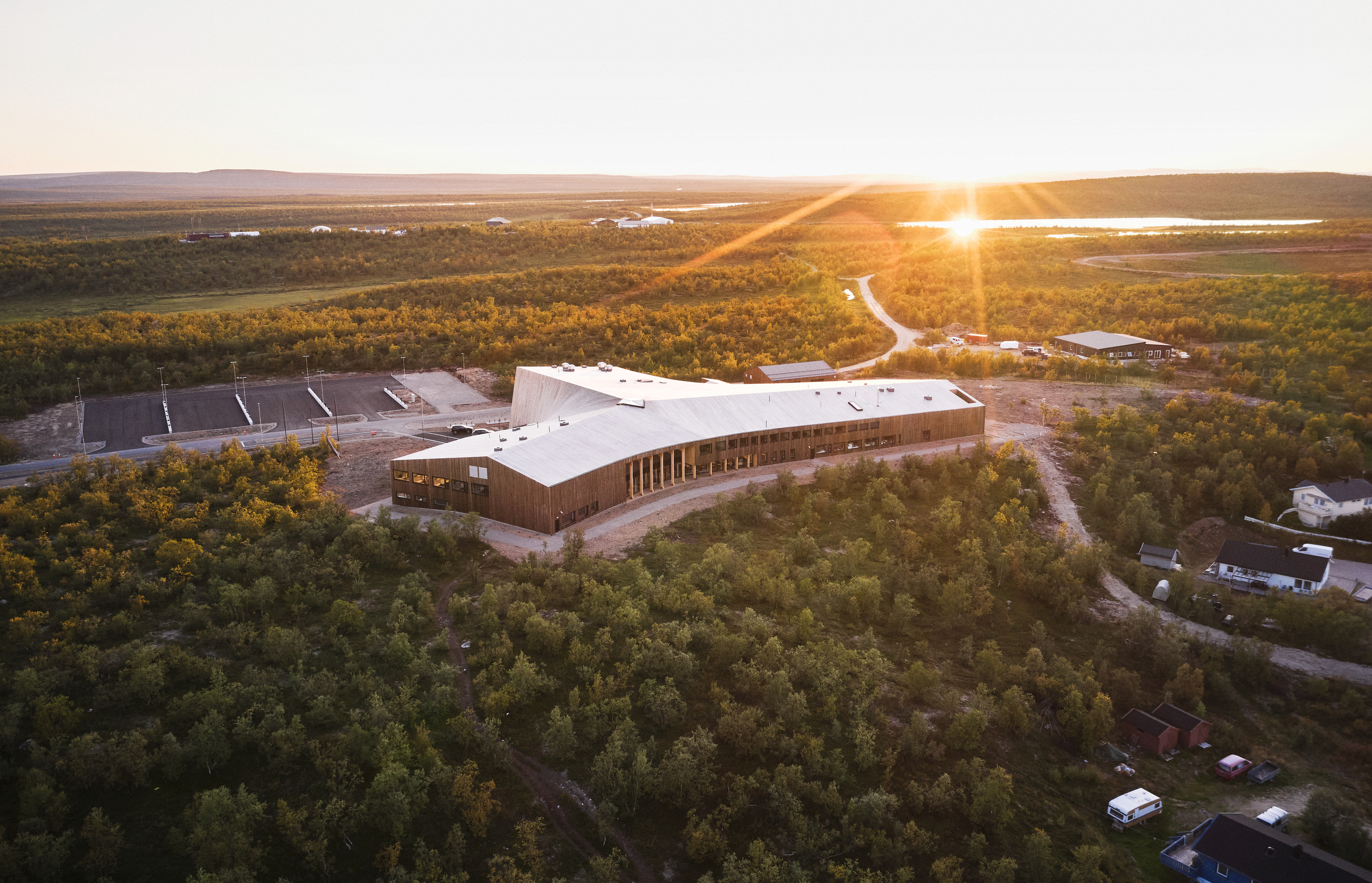
"We are proud to have contributed to putting this long-awaited and important building in its place. A combined theater and reindeer herding school is a fun program to work with for an architect. It is a testament to good architecture that two really non-interoperable institutions are successfully connected. The project also provides exceptionally good use of resources, which also play a vital role in traditional Sami handicrafts, duodji, where it's an important principle that everything from the animal can be used for something – the skin, the nostril – and the horn," says Kjetil Trædal Thorsen, Snøhetta Founding Partner.
"The innermost part of the reindeer horn also symbolizes different qualities and strengths and represents elements that unite, as we hope Čoarvemátta will be a unifying force for the institutions that share the building, and the Sami community at large."
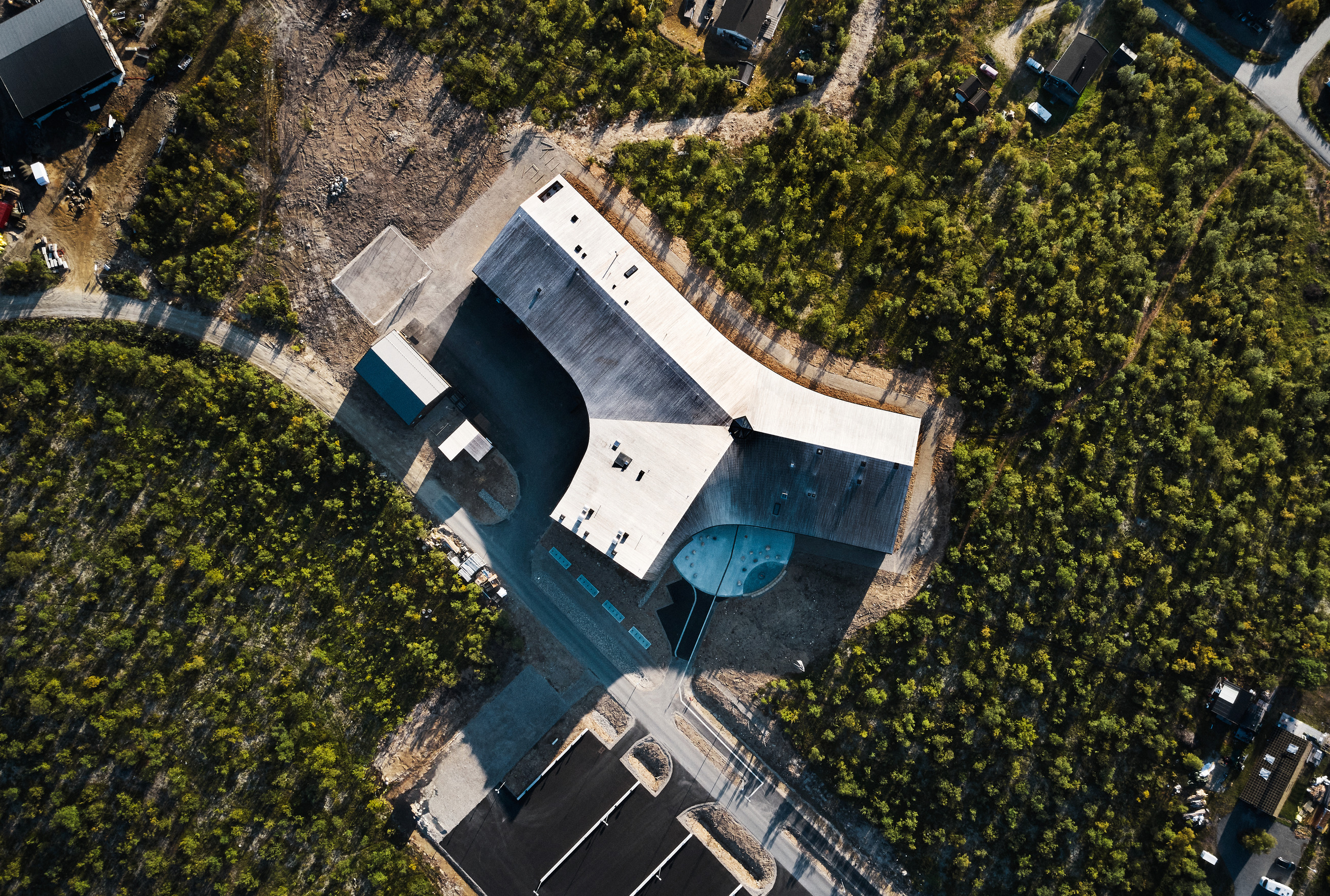
Design and Architecture
The new building is located in Kautokeino in the middle of Finnmarksvidda, Norway's largest and northernmost plateau. All four of the building's facades relate to the various landscape spaces that surround it in different ways.
The building sits low in the landscape and has proportions that harmonize with the surrounding hills and heights with no sharp angles breaking with the organic forms. The sloping roof on two sides (north, south) minimizes the project's height effect seen from a distance, and at the same time creates an entrance situation towards the access from the southwest.
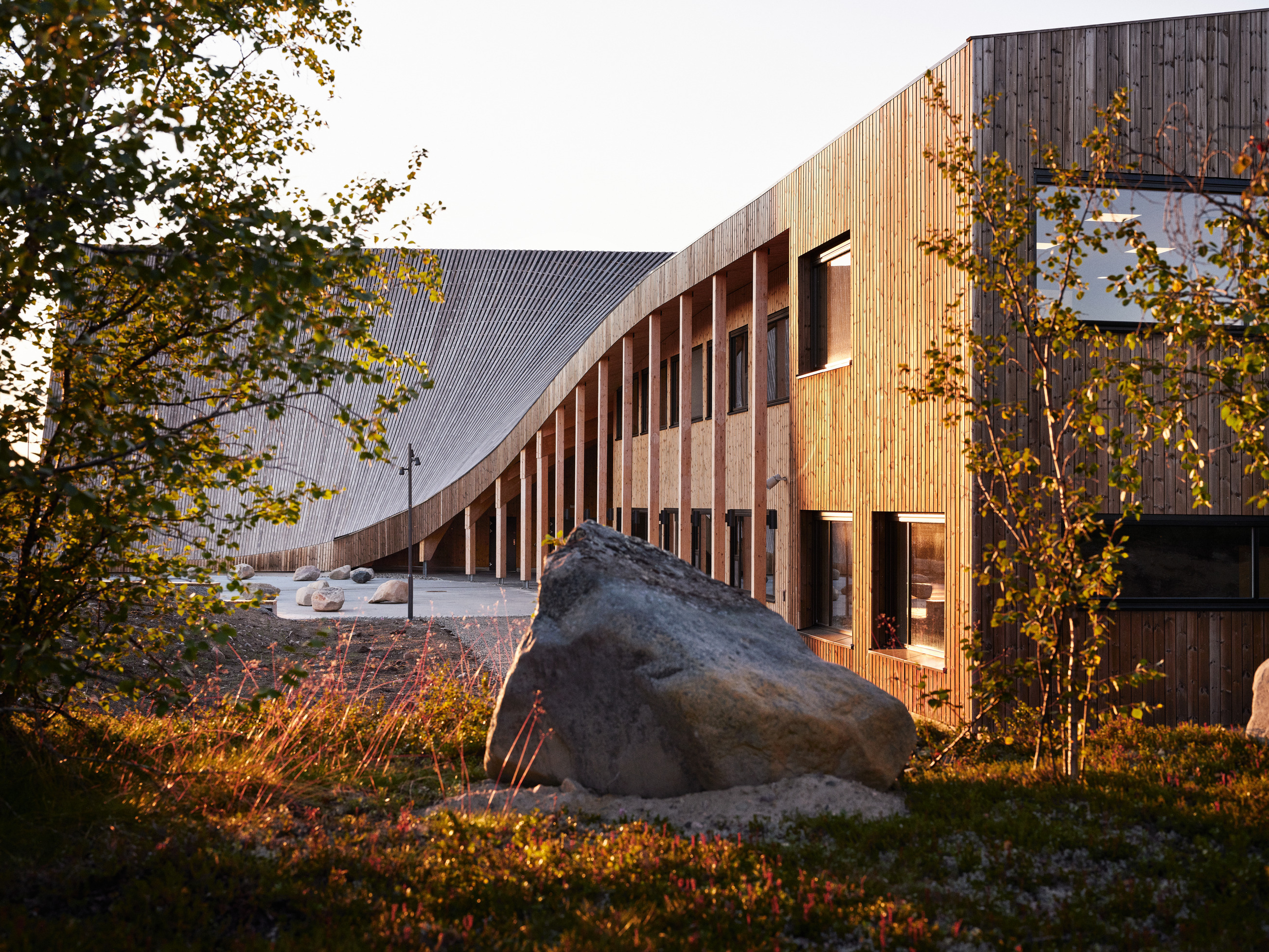
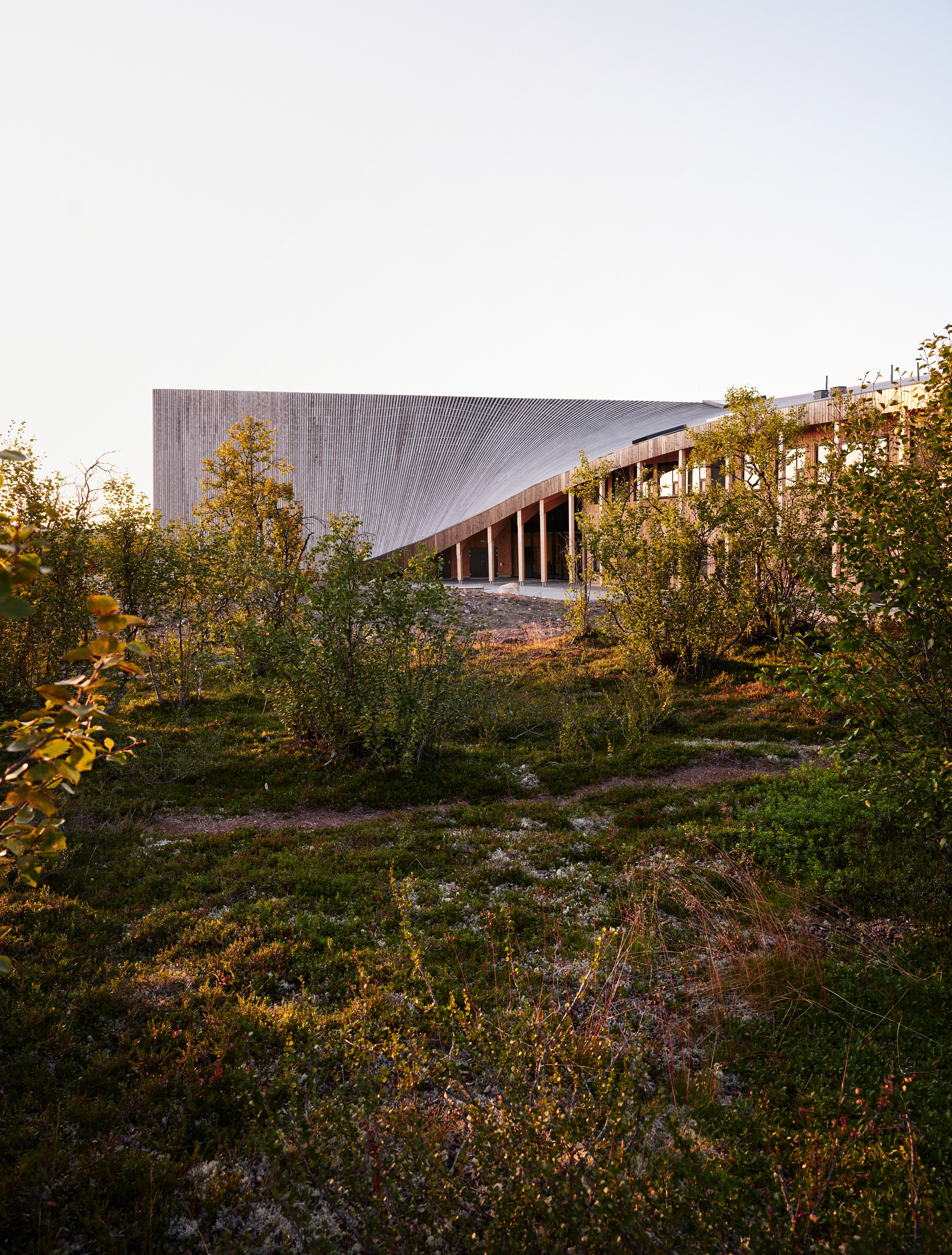
The new shared space has a branching shape, with a main entrance and vestibule located at its center, creating a gathering place for both the school's and the theater's users. From here, the building body stretches in three directions – with one wing each for the theatre, workshops and teaching rooms, and the school's administration.
The curved lines, the vestibule with skylights as from a reahpen, smoke hole, and the visible load-bearing timber structure in wood, are inspired by wooden structures typical of reindeer herding Sámi areas, such as the lávvu.
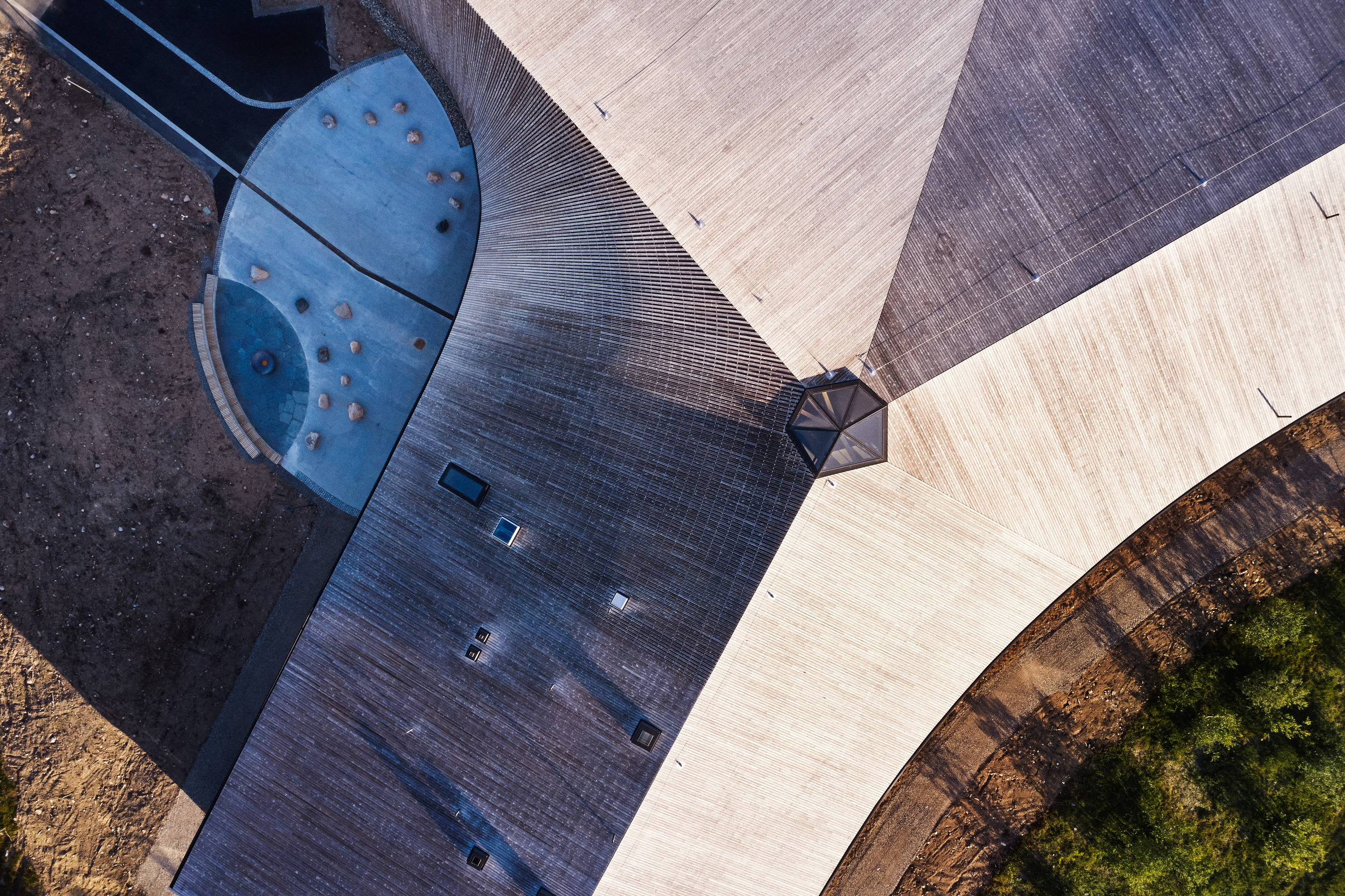
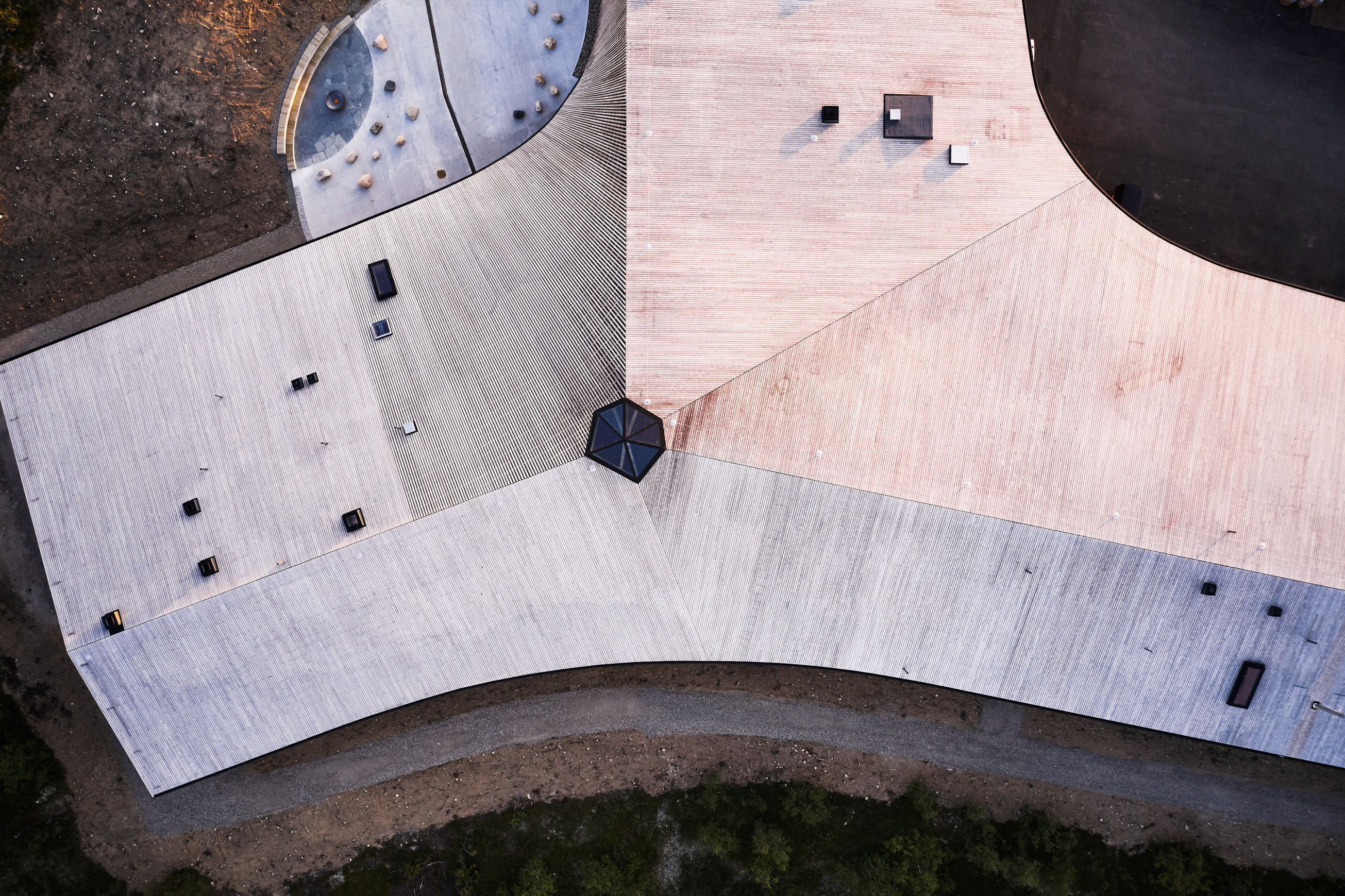
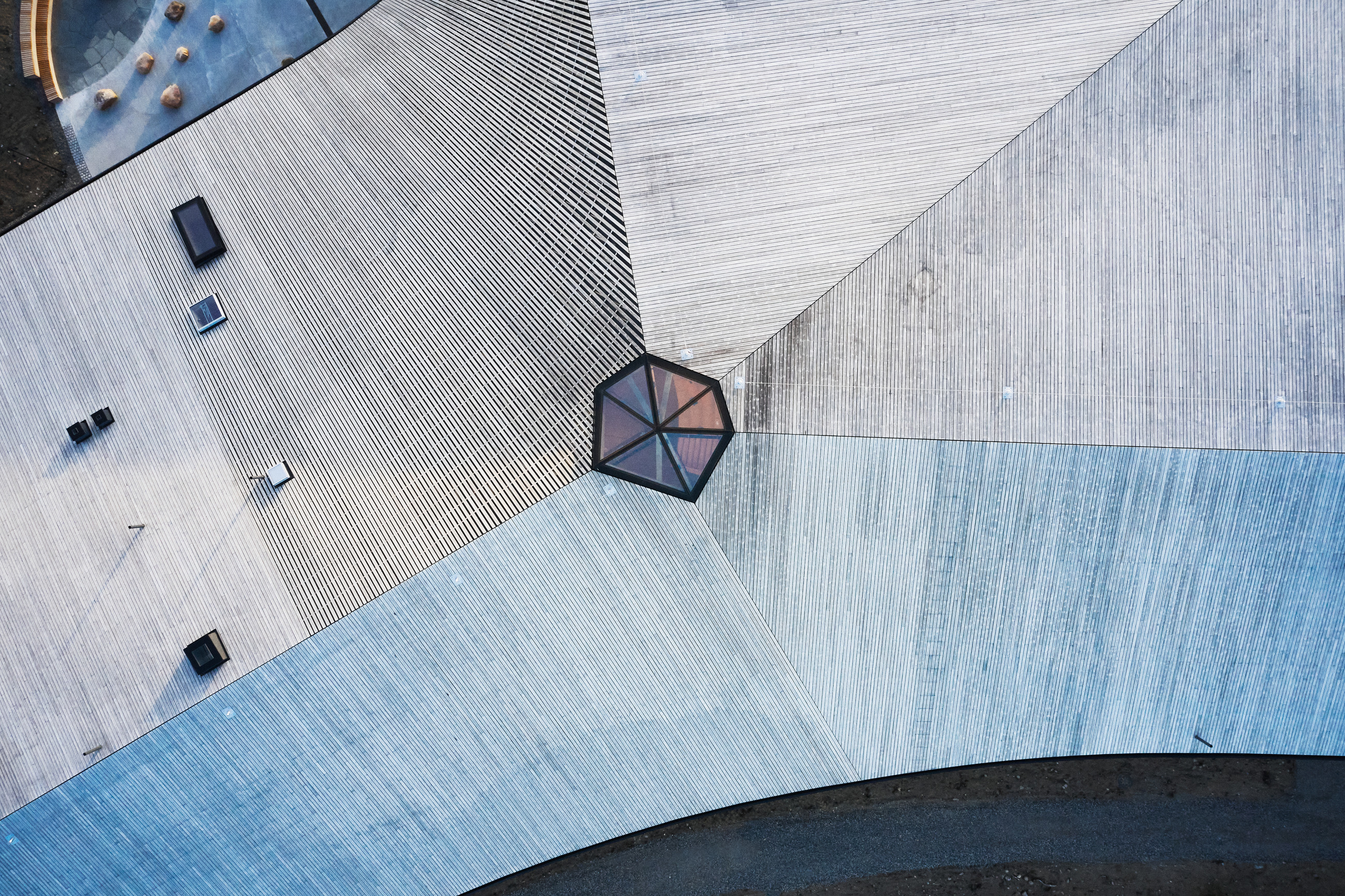
"The shape of the building springs from the idea of creating a unified volume for the theatre and the school, and of gathering the functions around a connection point - the meeting place. Elements have also been taken from Sami building traditions – the skylight in the vestibule, the visible supporting structure, and the unifying roof with its soft shape that opens towards the entrance," says Bård Vaag Stangnes, Senior Architect in Snøhetta and Project Leader of Čoarvemátta.
Materials and color
The façade of the building is made of standing wood clad in ore pine. The massive roof measures 4930 m2 and is clad with 34,000 meters of kebony. The Alta slate stone on the theatre's gable wall has been reused from the village's old primary school, which has been demolished.
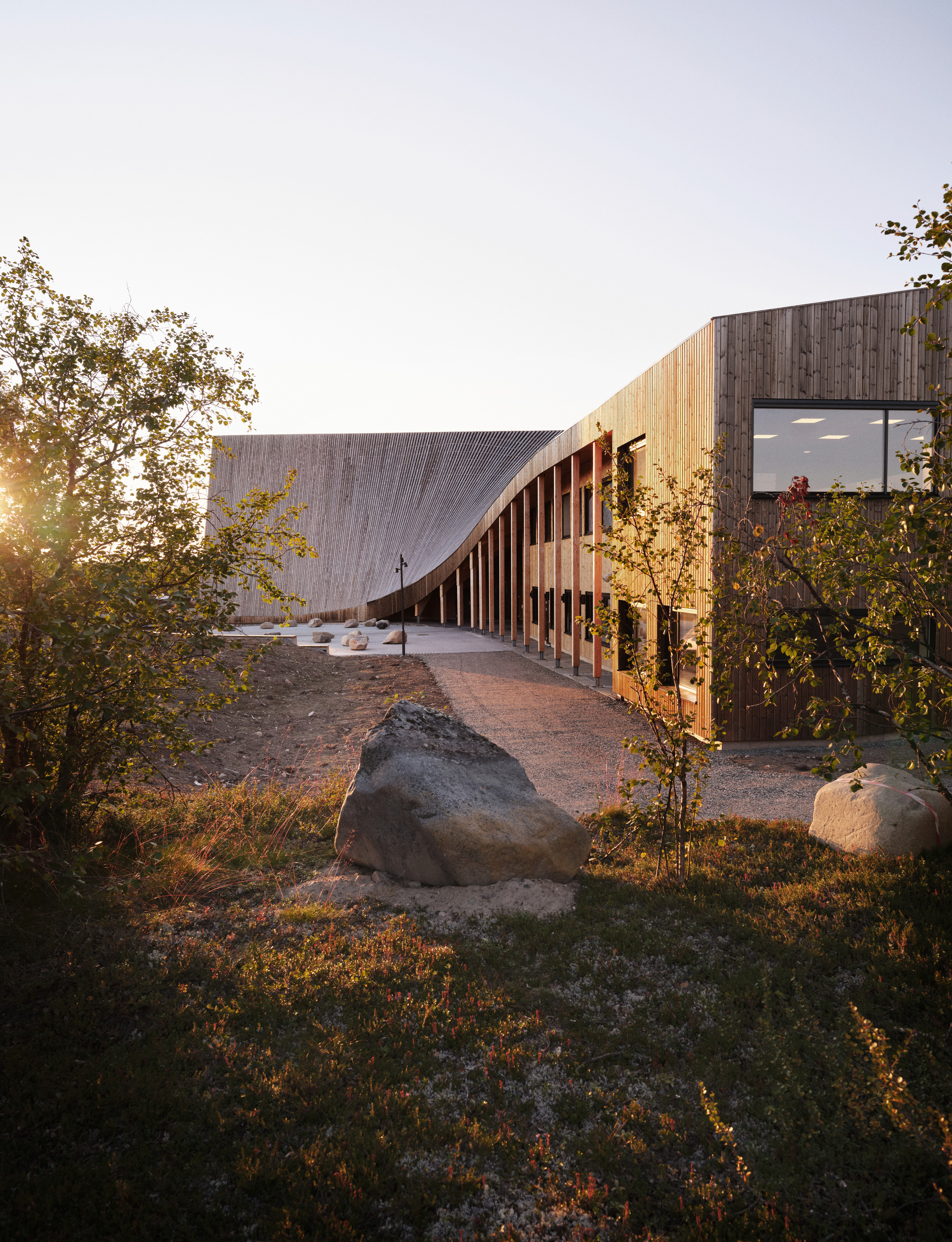
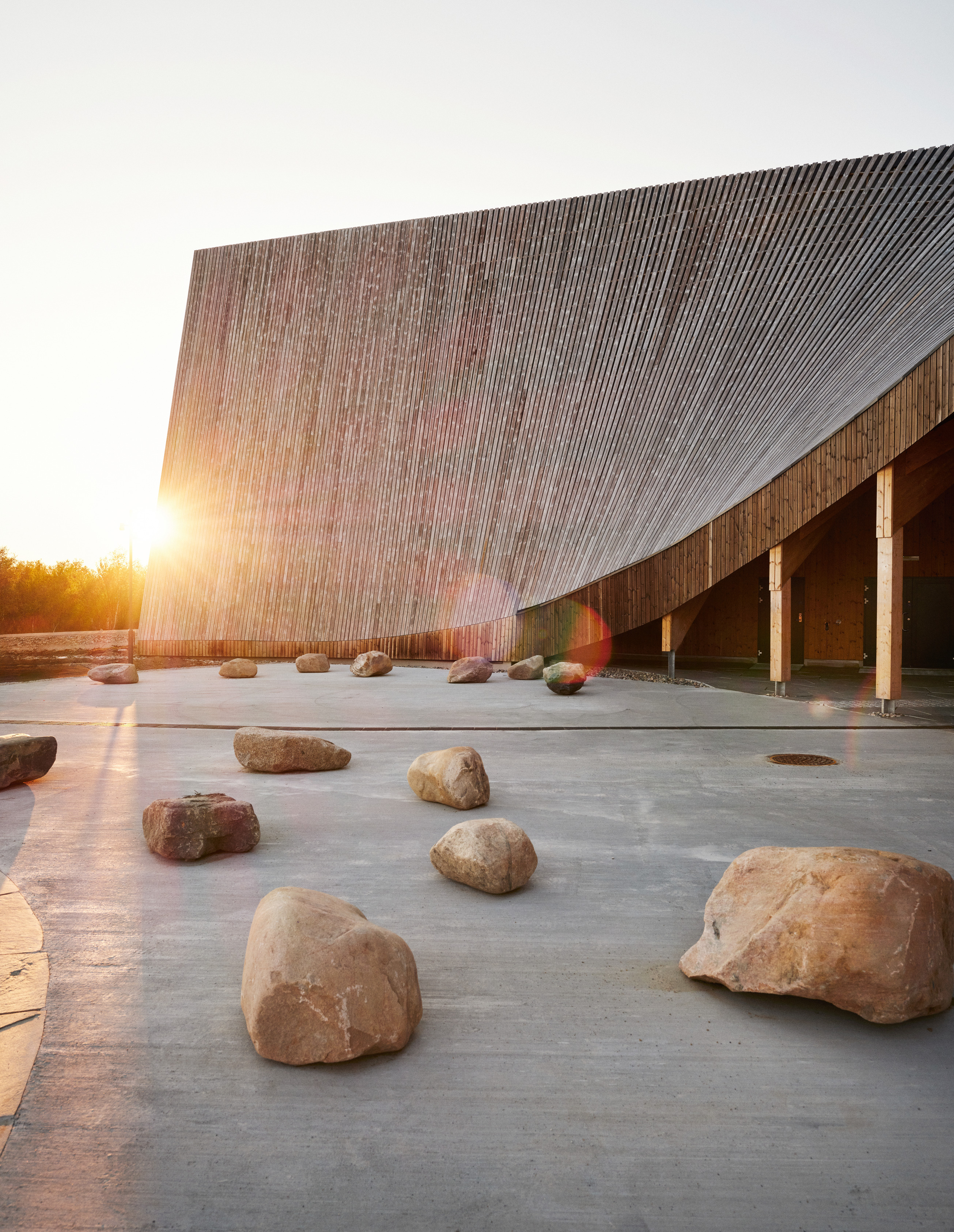
Inside the vestibule and corridors, the polished concrete floors mimic the ground outside the building, with elements of locally mined stone, including slate and masi quartzite, in various shades of grey and green.
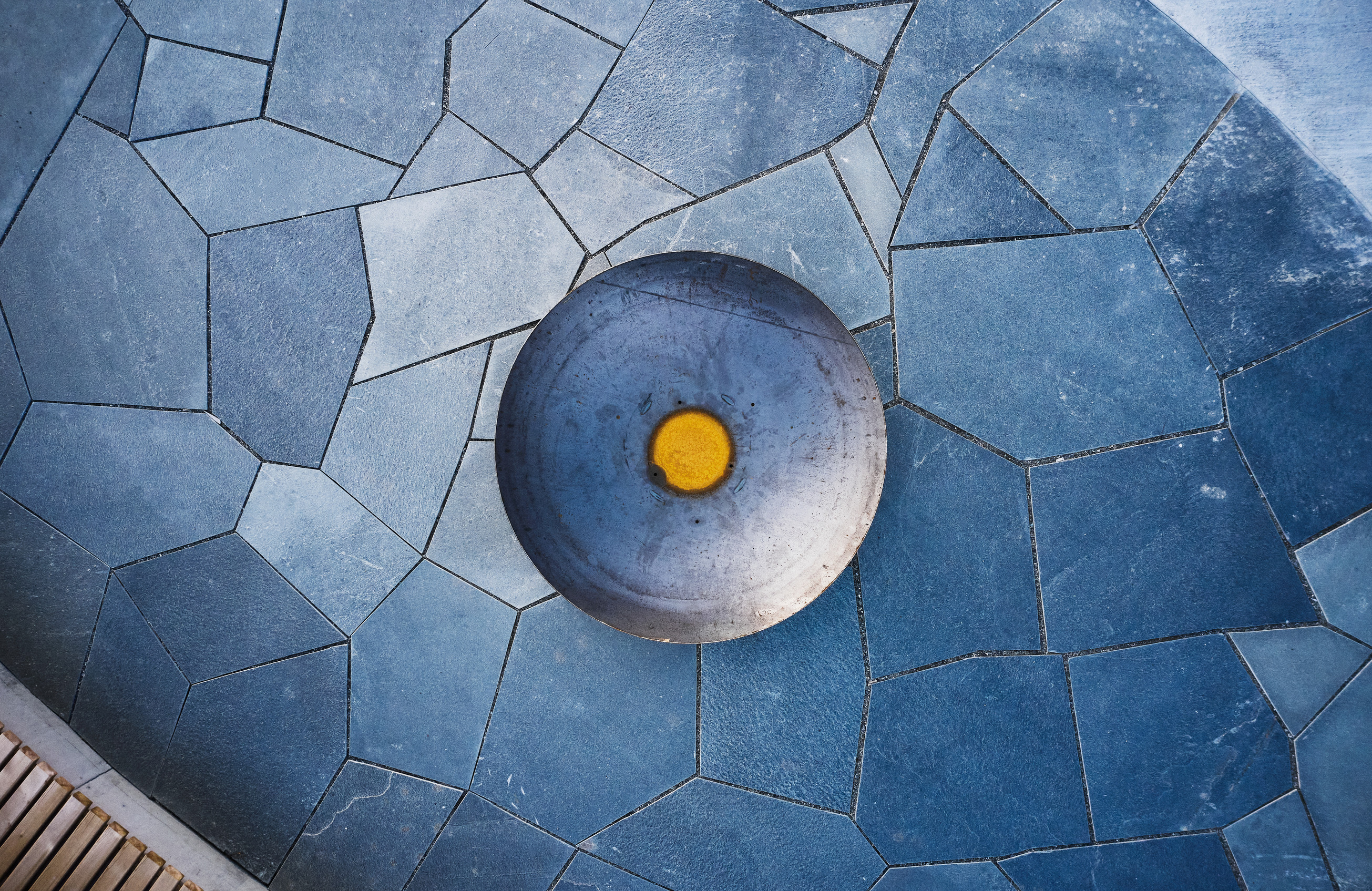
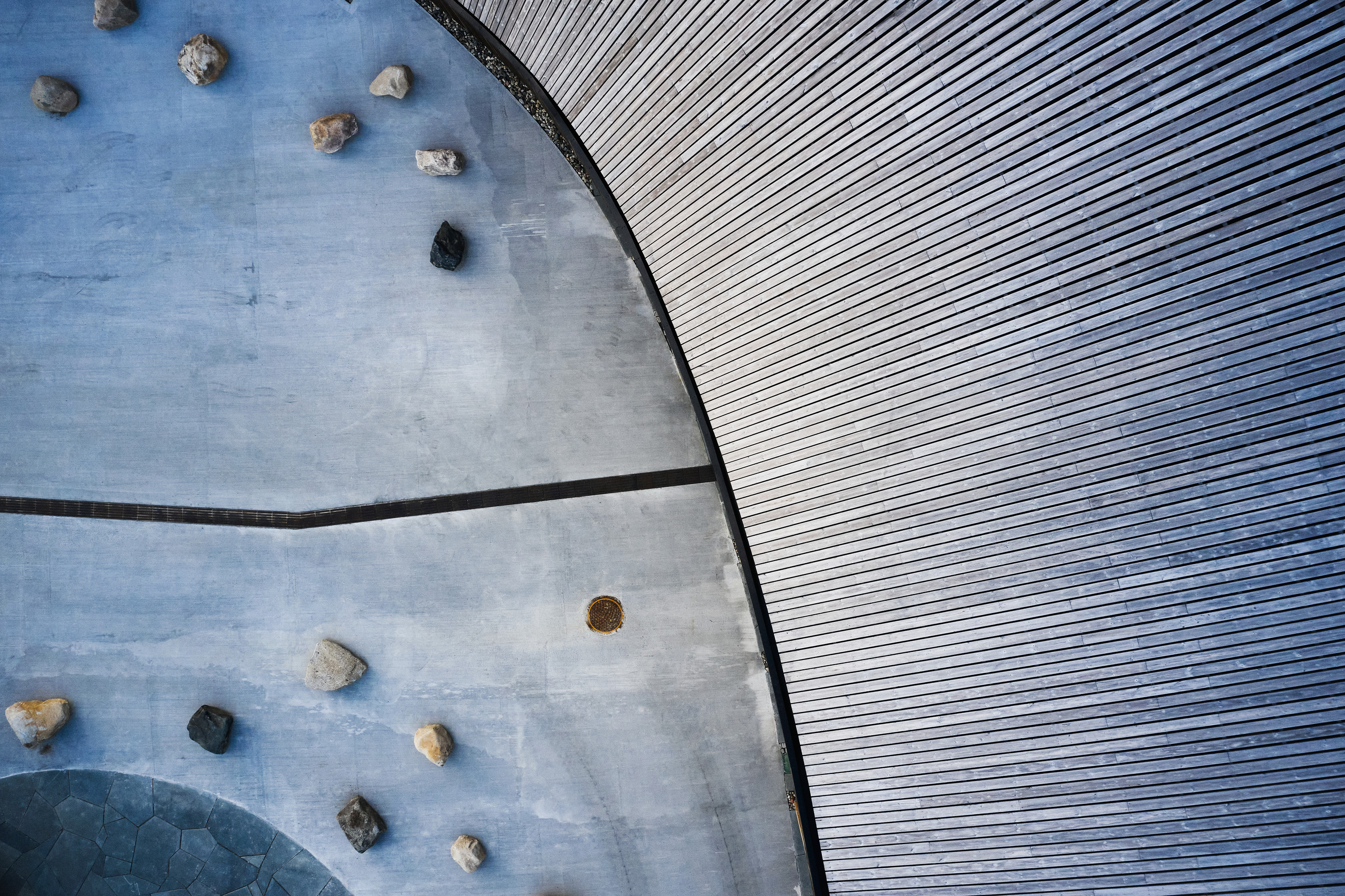
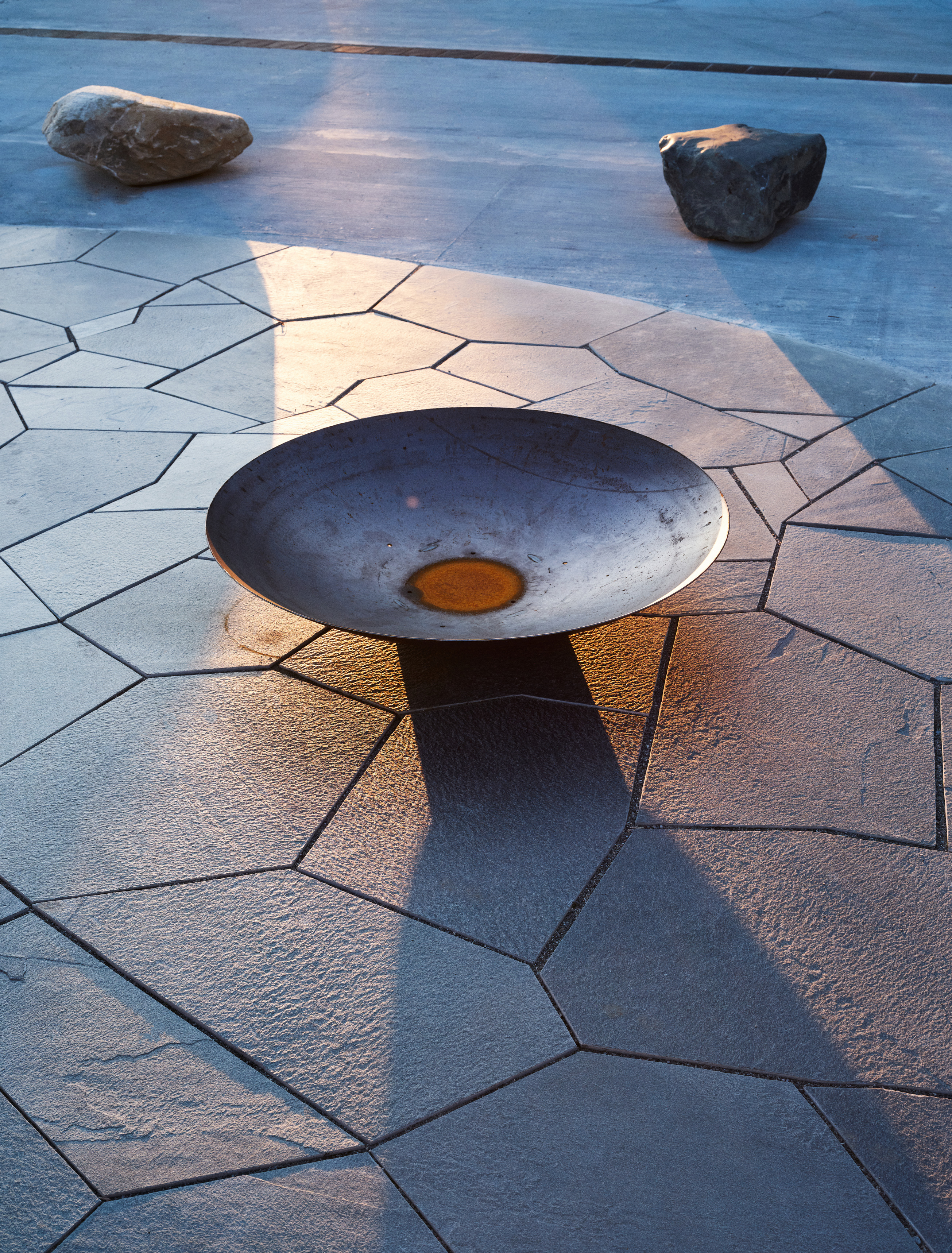
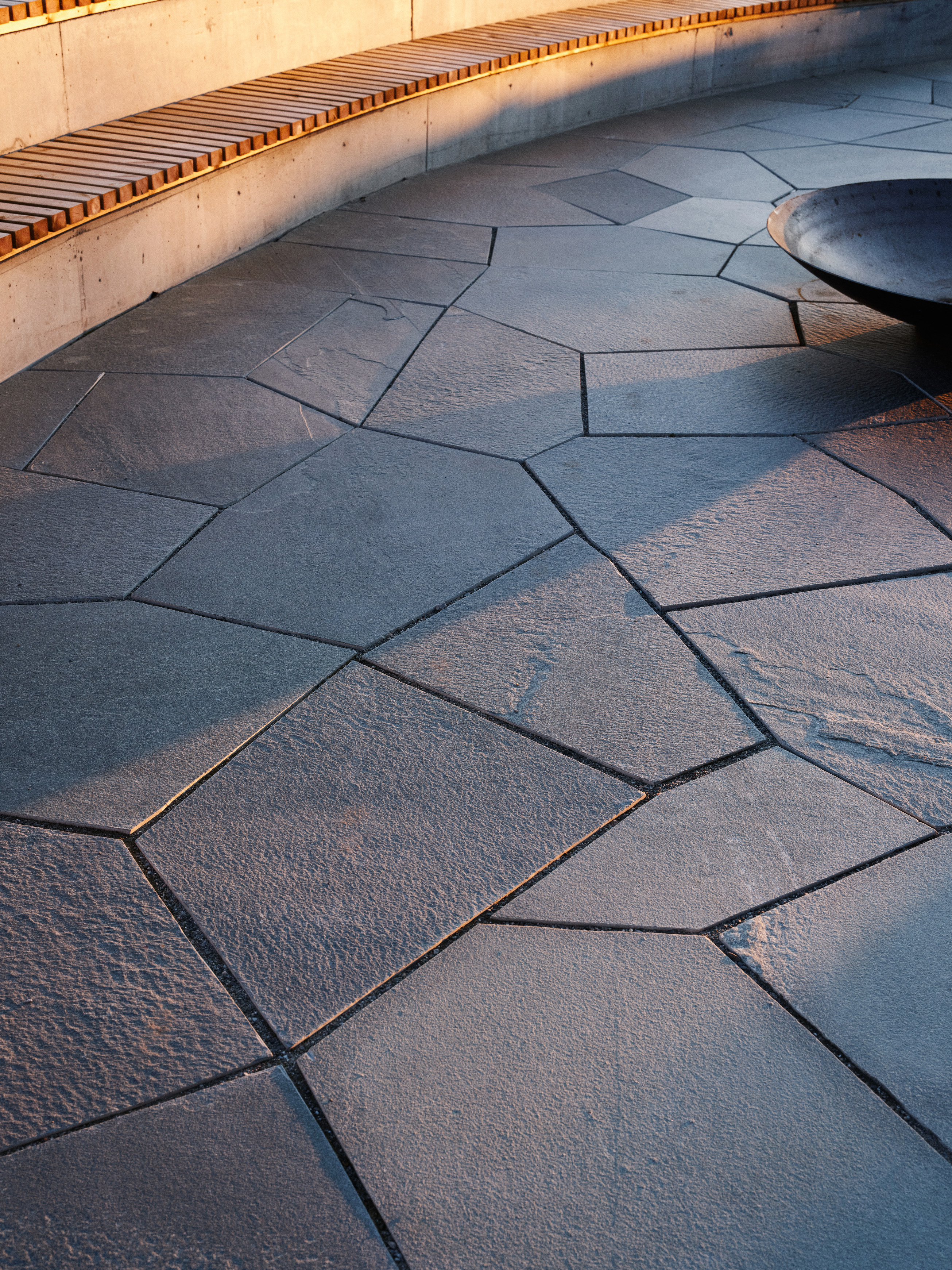
The center of the building, around the foyer, vestibule and theater halls, is painted in warm, red shades. Then the color scheme becomes cooler the further away from the source you get, with bluish tones at each end of the building's wings. Contrasts between door, wall and floor within the different color schemes have clear references to Sami use of color. This makes a strong contrast to the building's exterior, which is clad in white for the most part of the year.
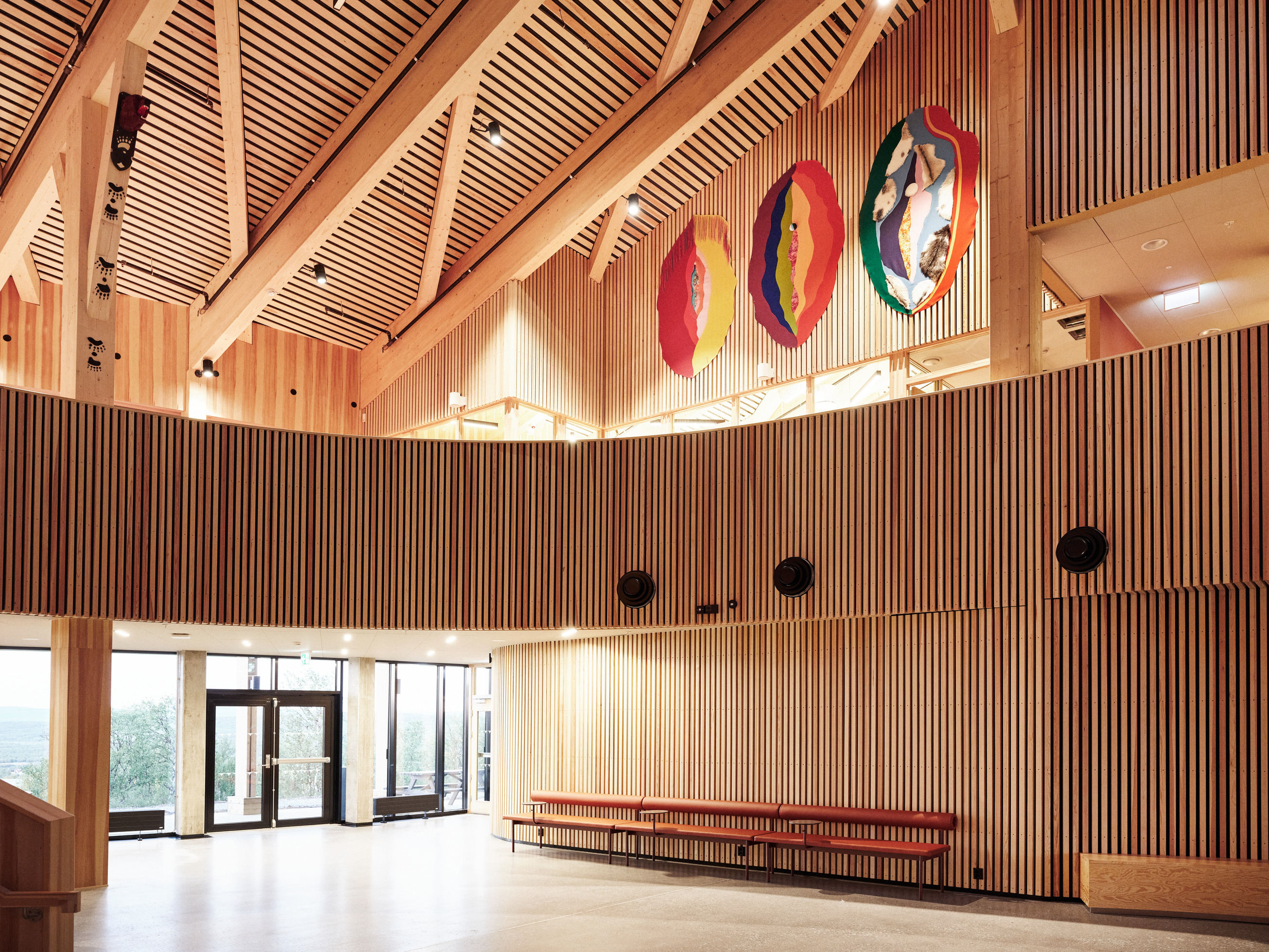
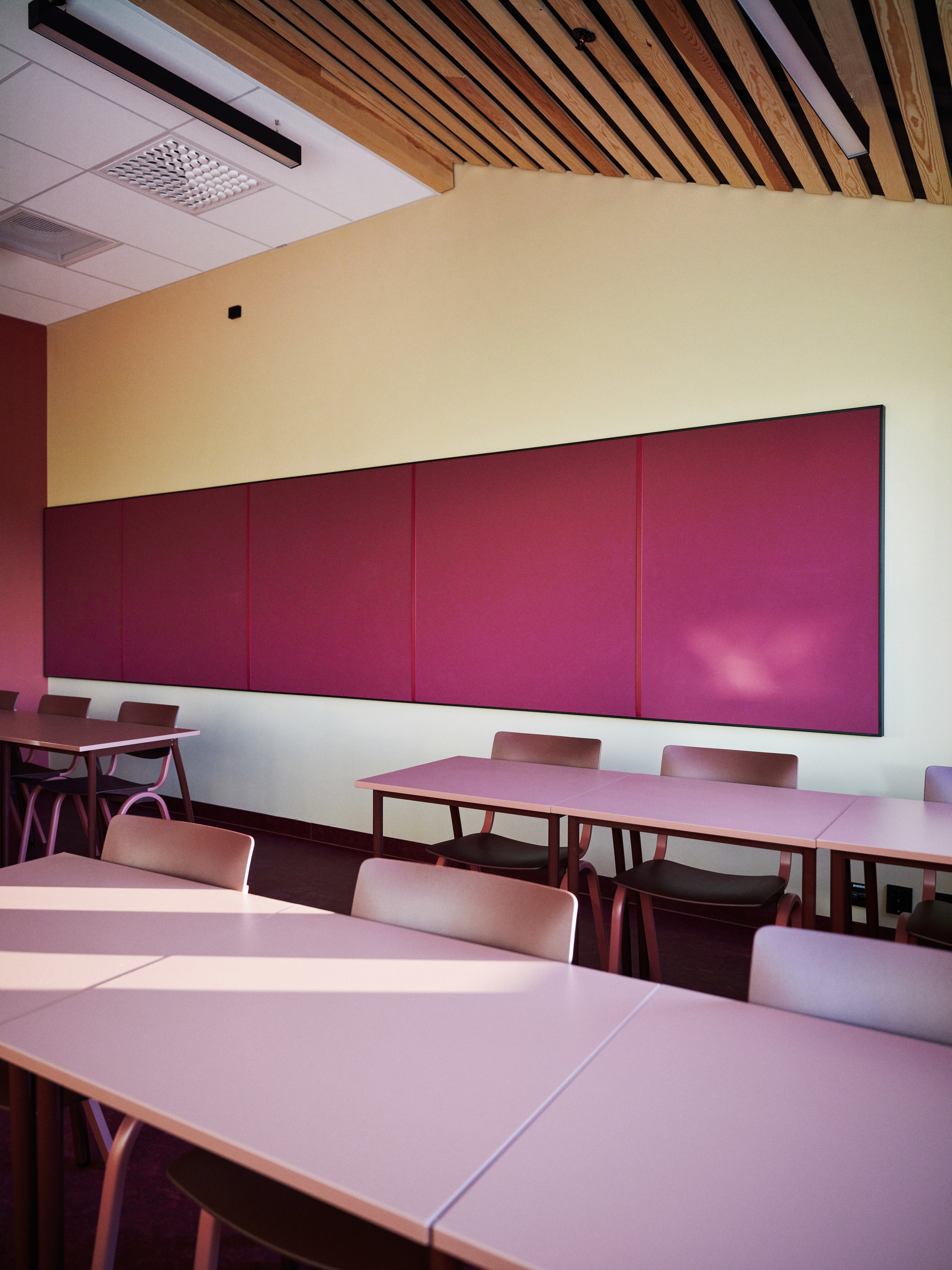
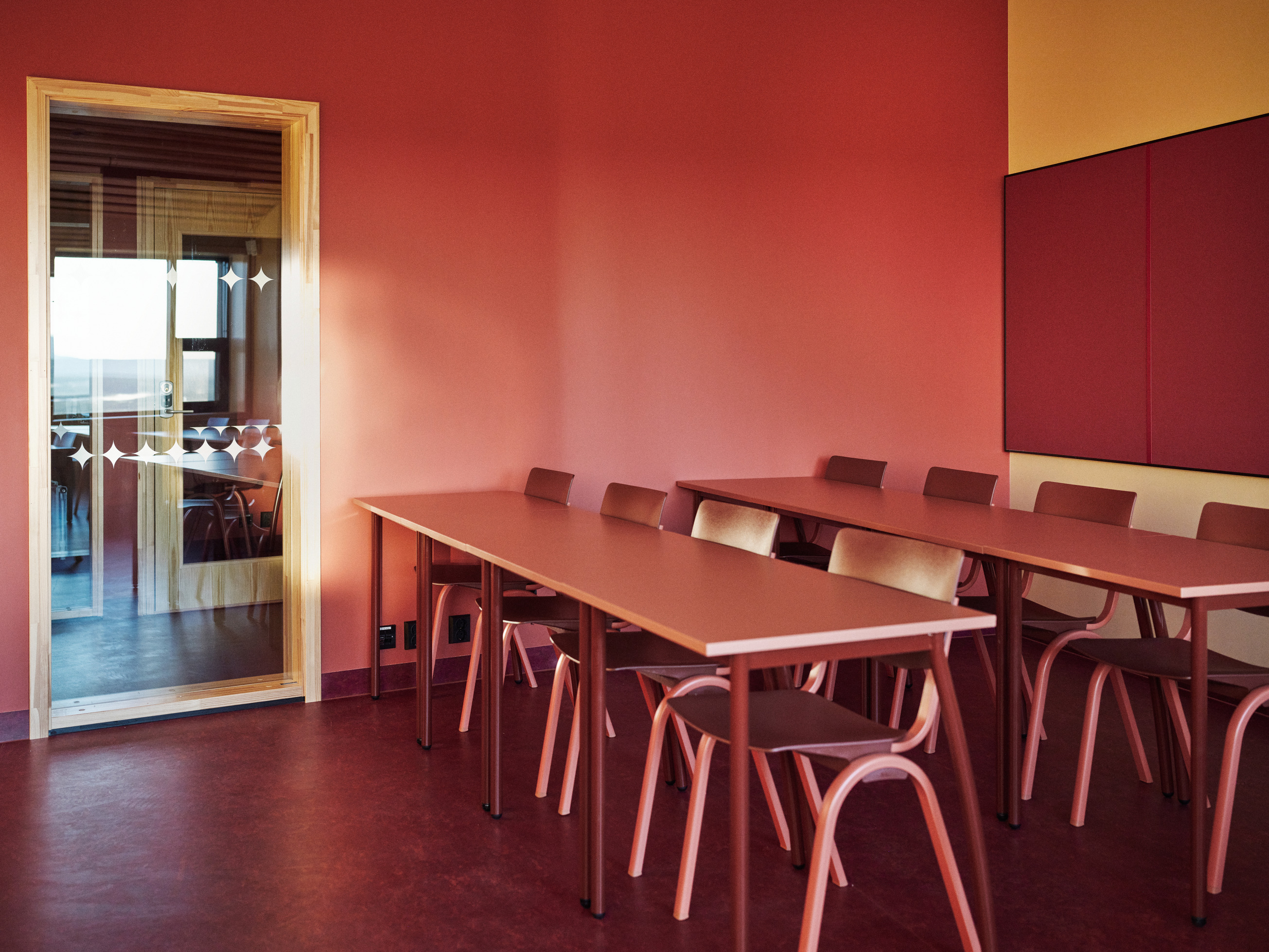
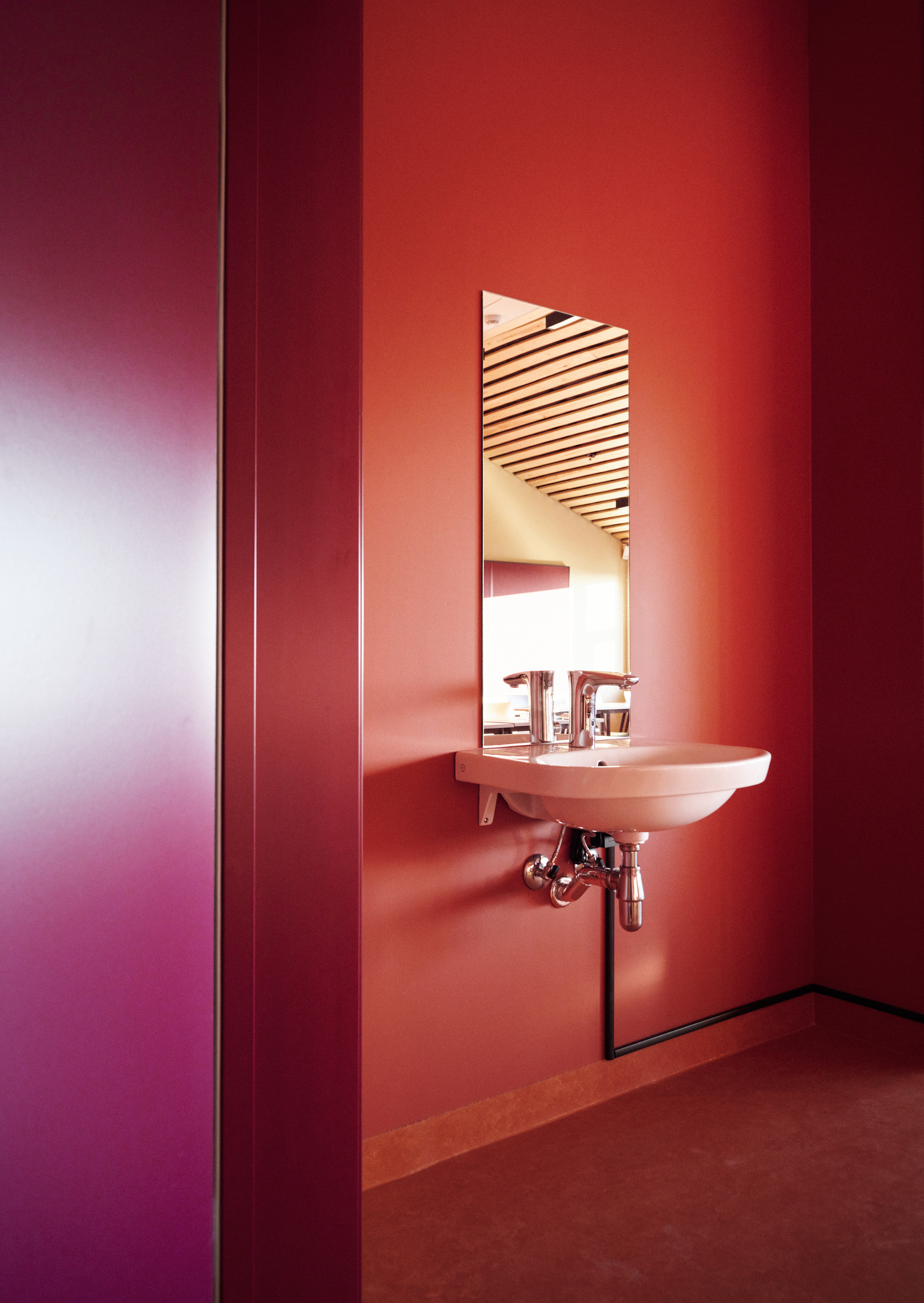
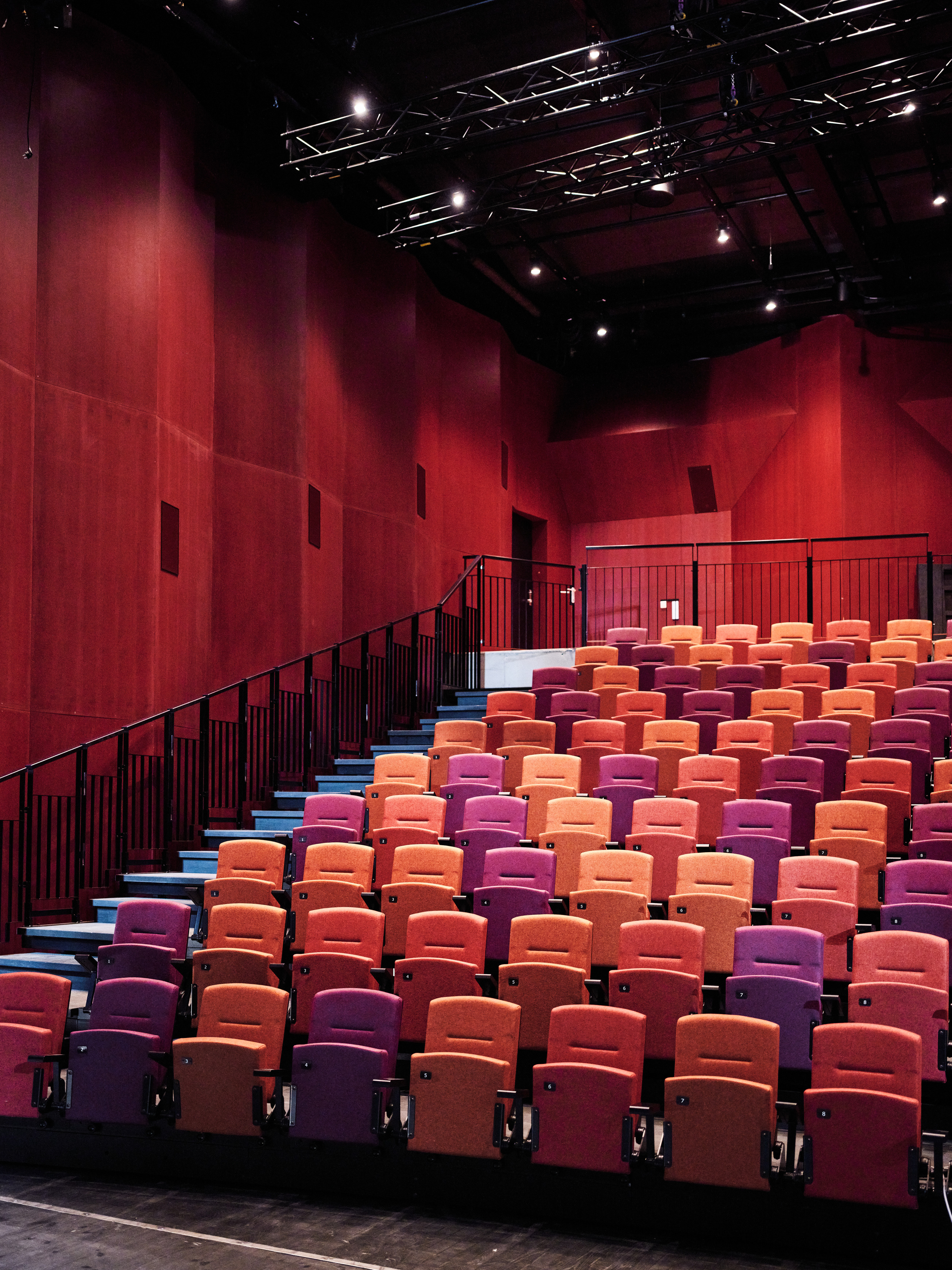
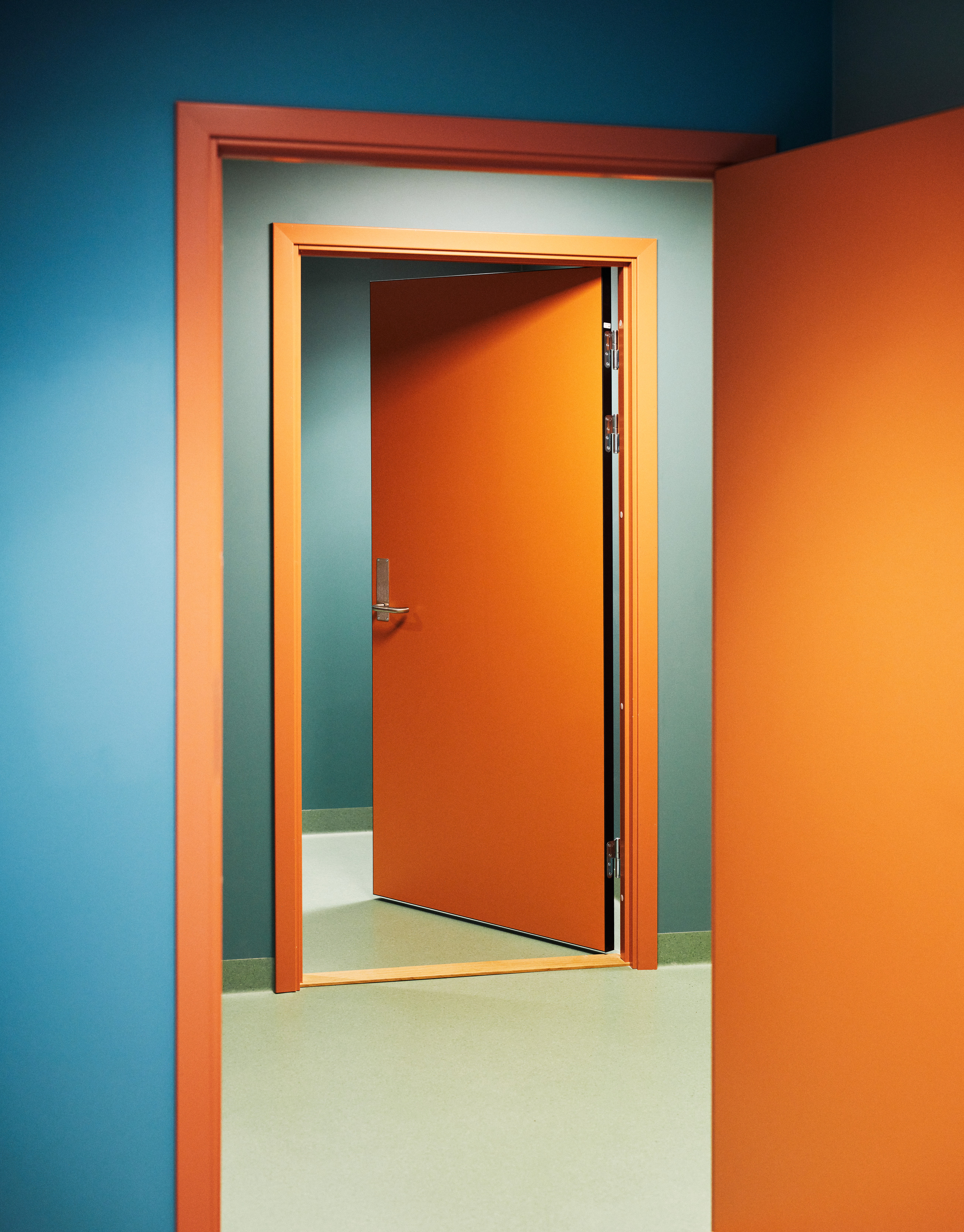
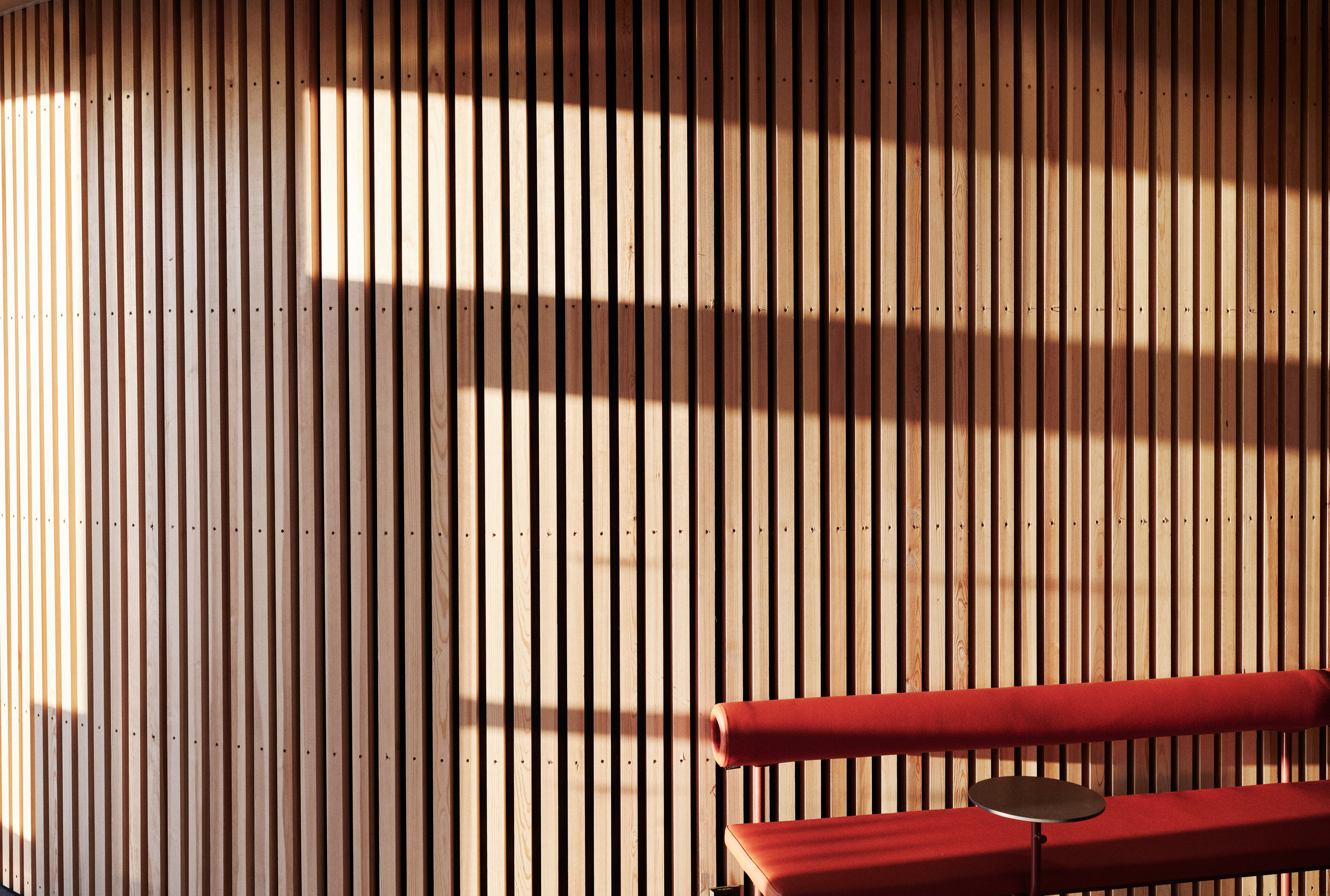
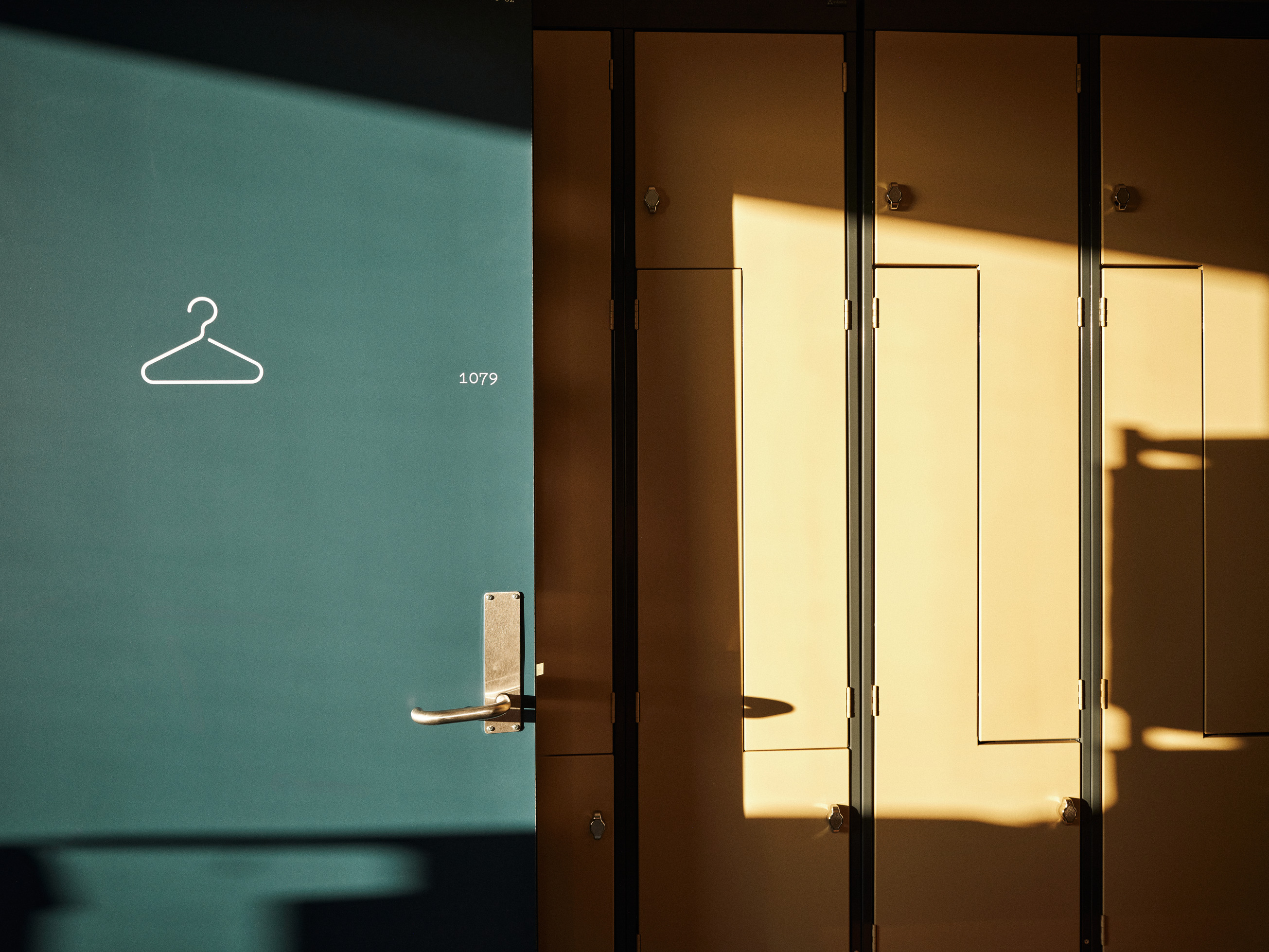
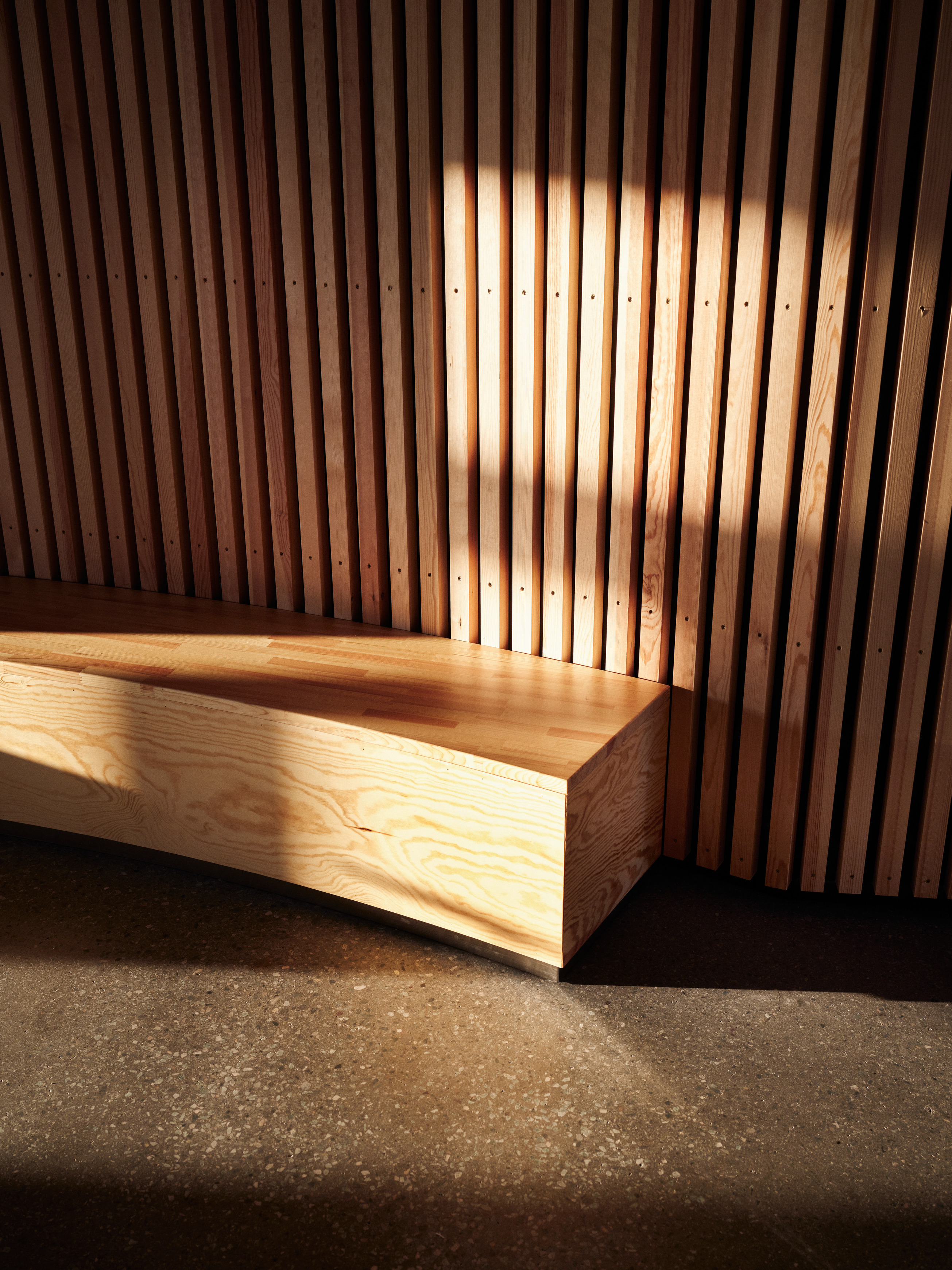
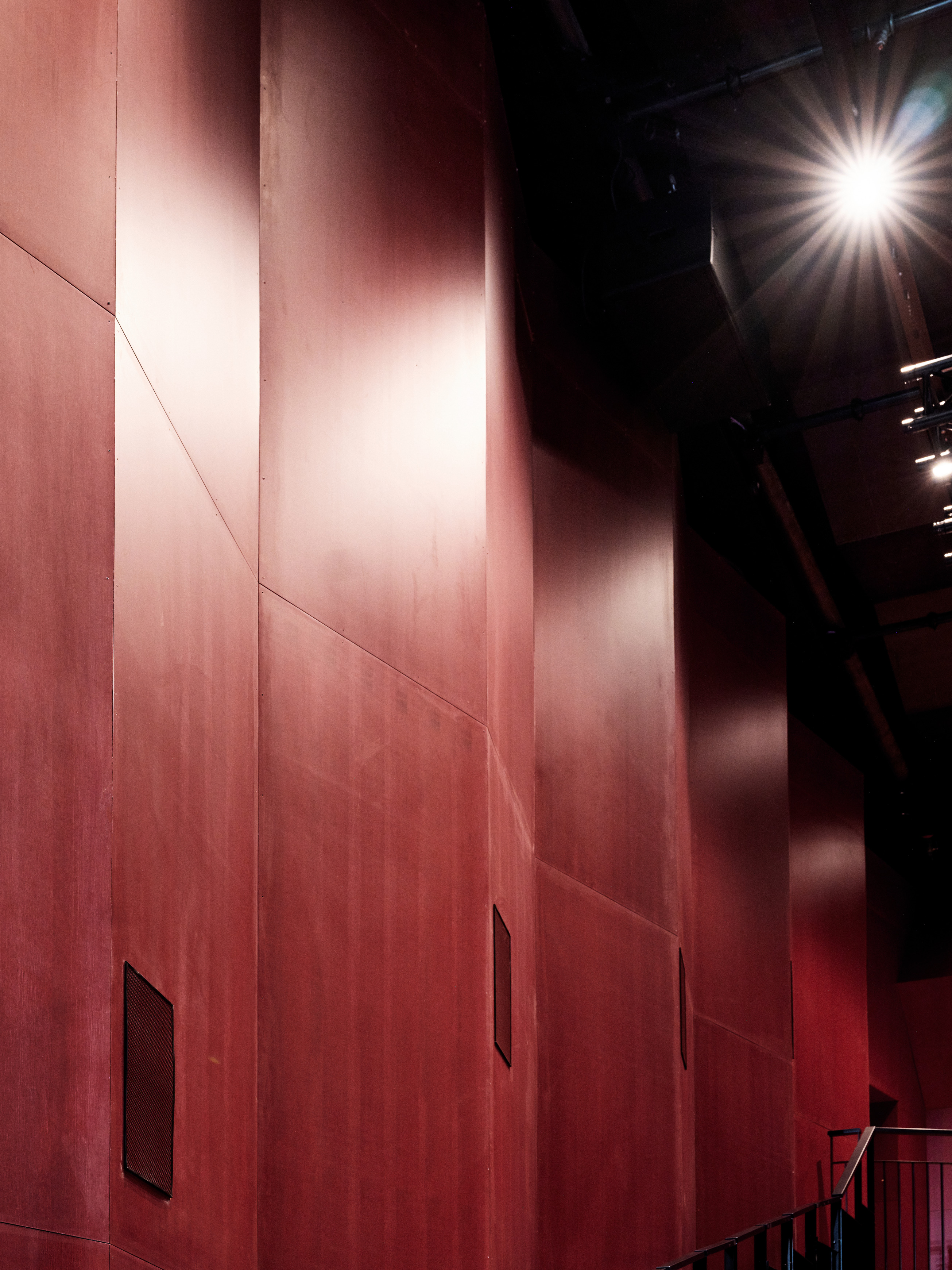
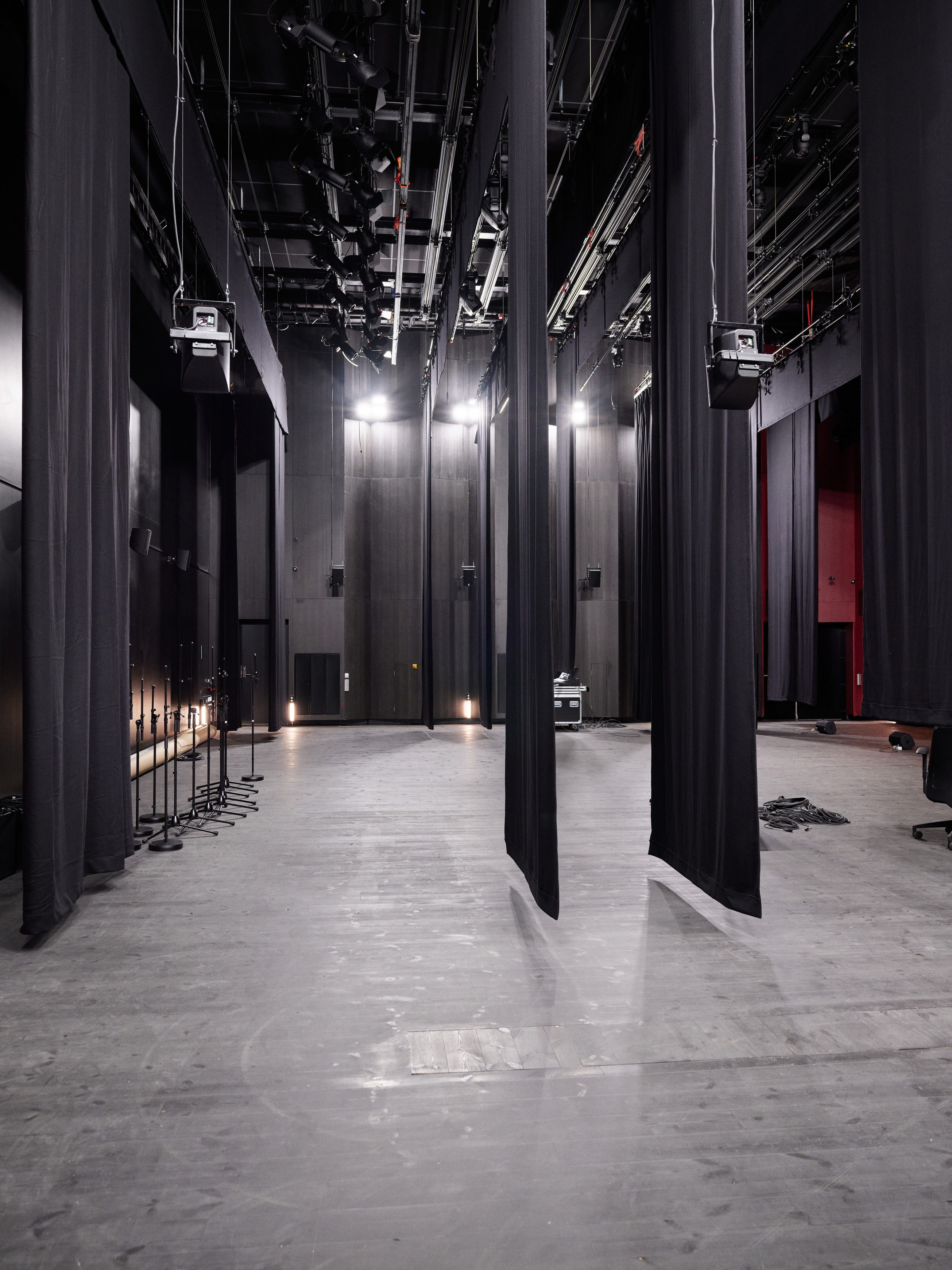
Landscape
The branching shape of the building naturally forms three outdoor spaces. The one facing south constitutes the main entrance and a space in front of it. The forecourt is an intimate and circular space with arrán, a fire pit, sitting stones and an amphitheater. The sitting stones are taken from the plateau just outside, and this flexible room can be used by both school and theatre. The Alta slate used here comes from a quarry near the construction site.
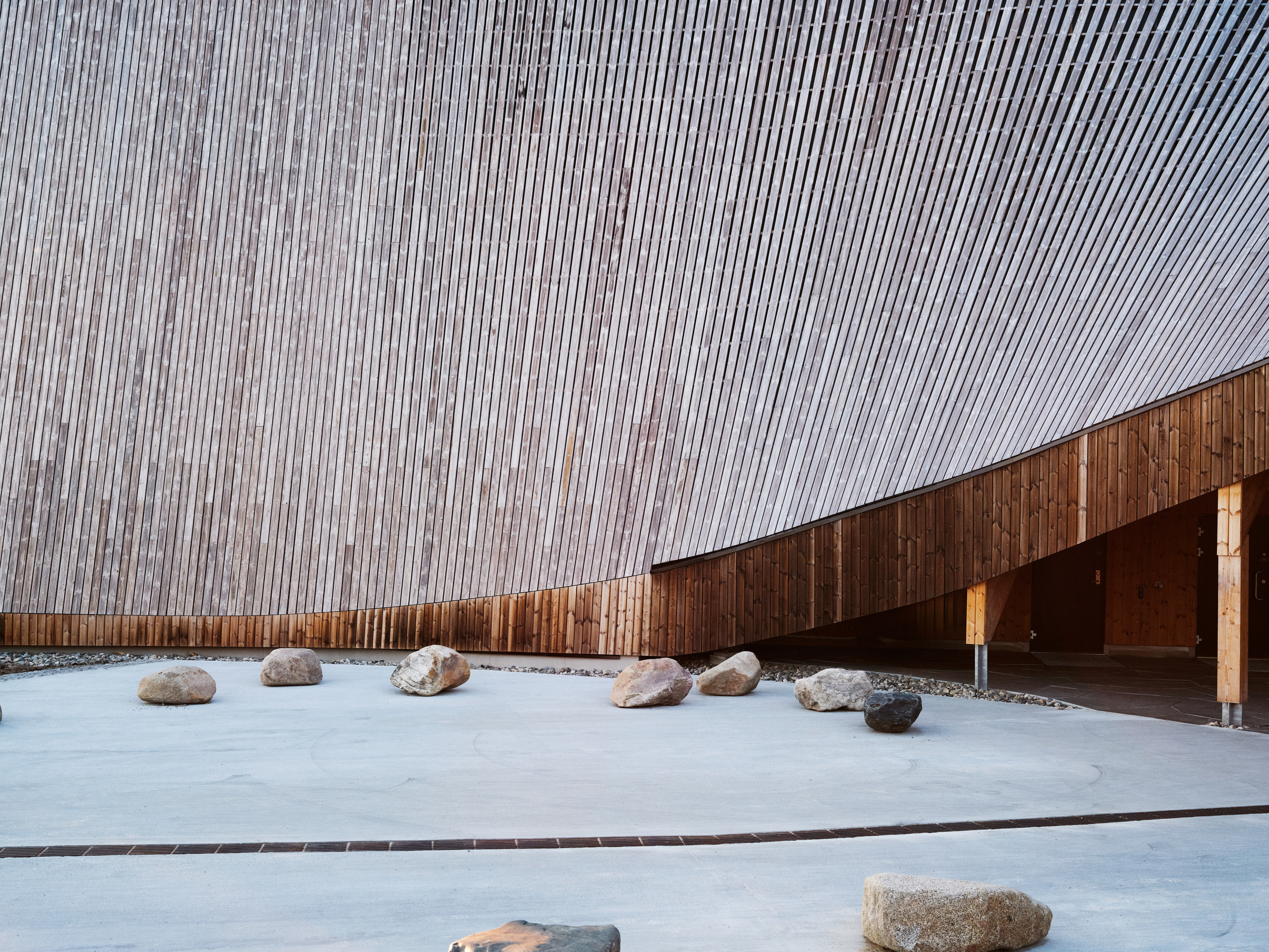
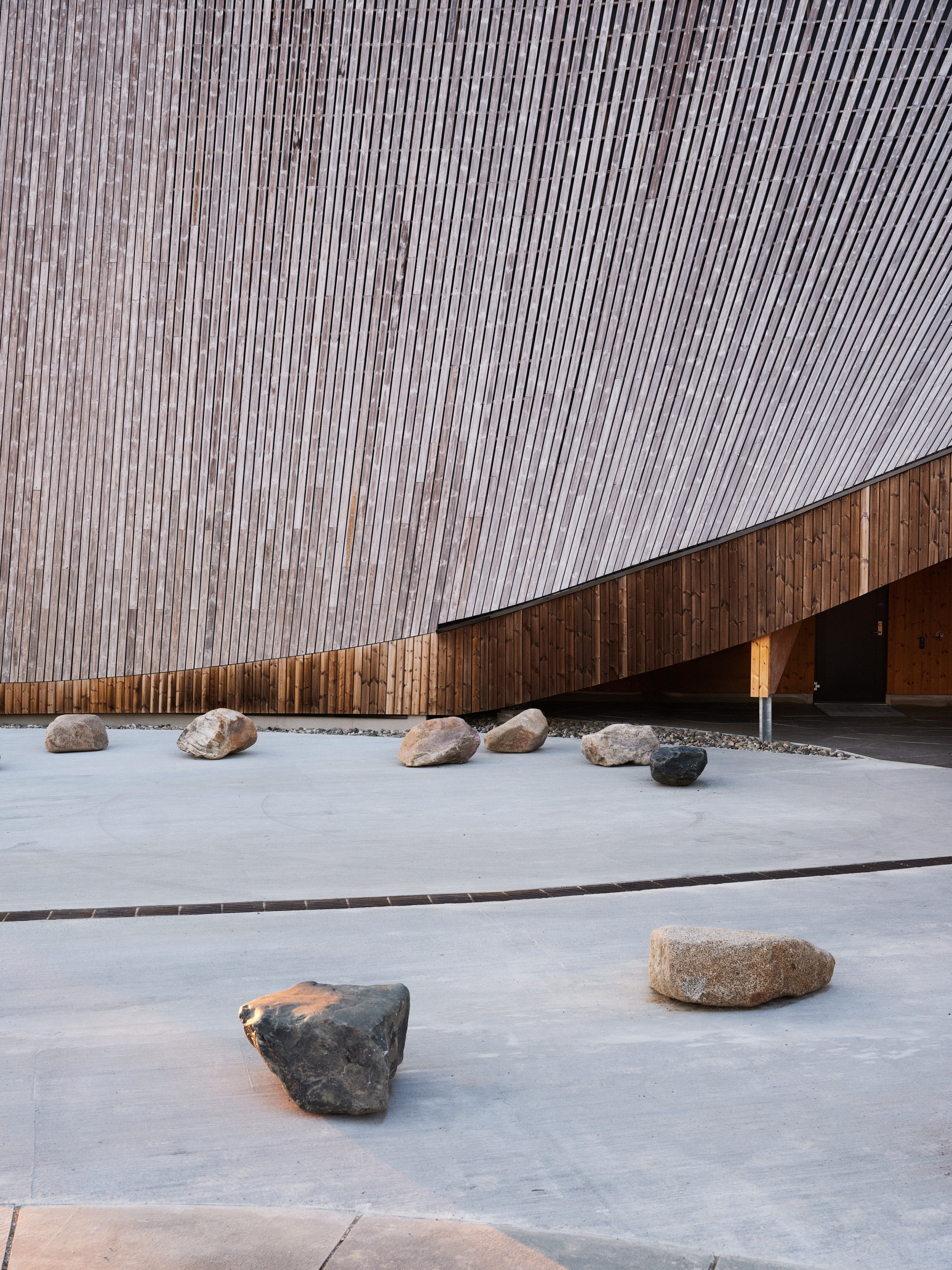
The outdoor area on the other side of the theatre wing is intended for the school's building trade workshops and is shielded both visually and from the prevailing wind direction and harsh weather at Finnmarksvidda.
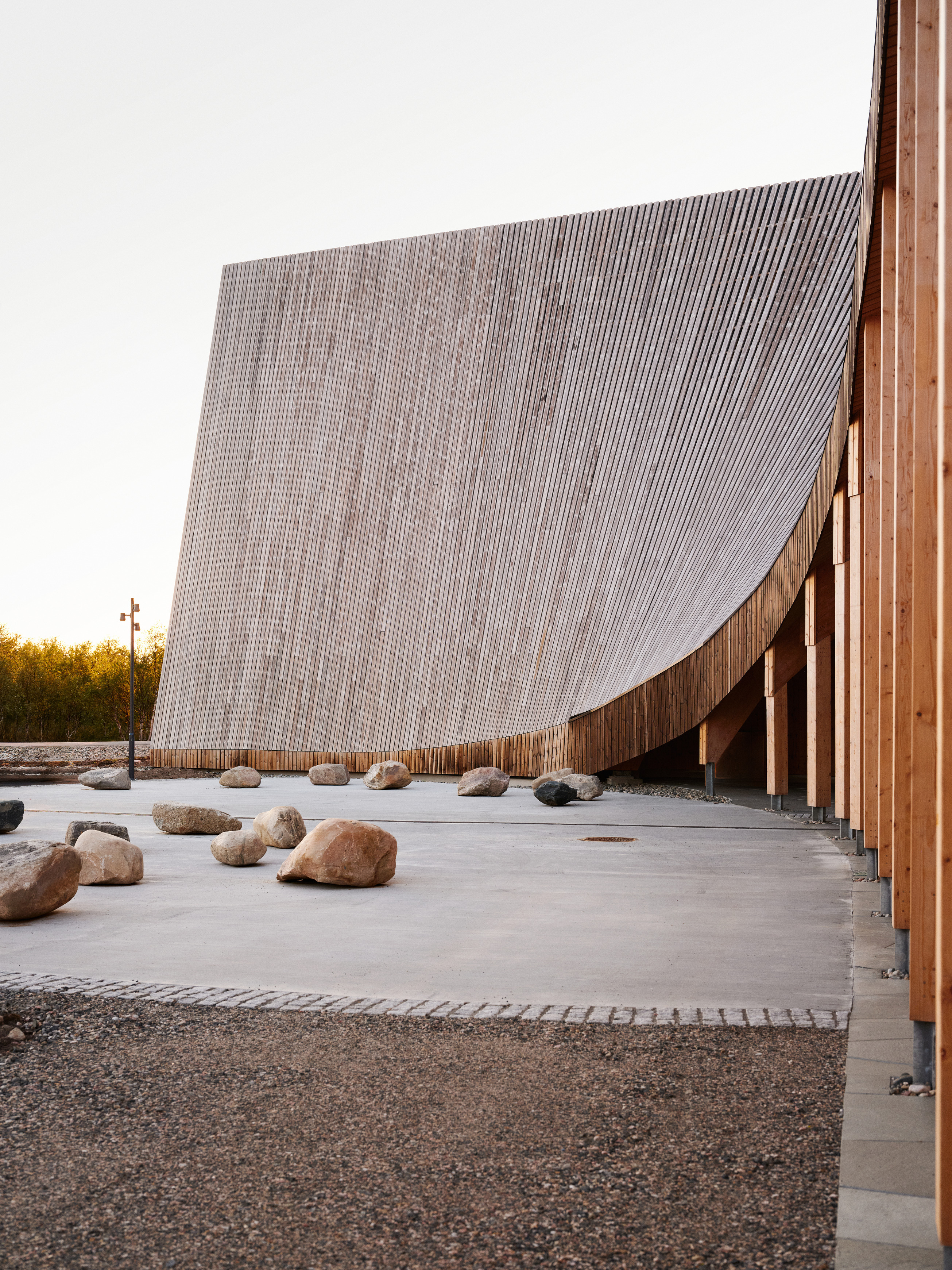
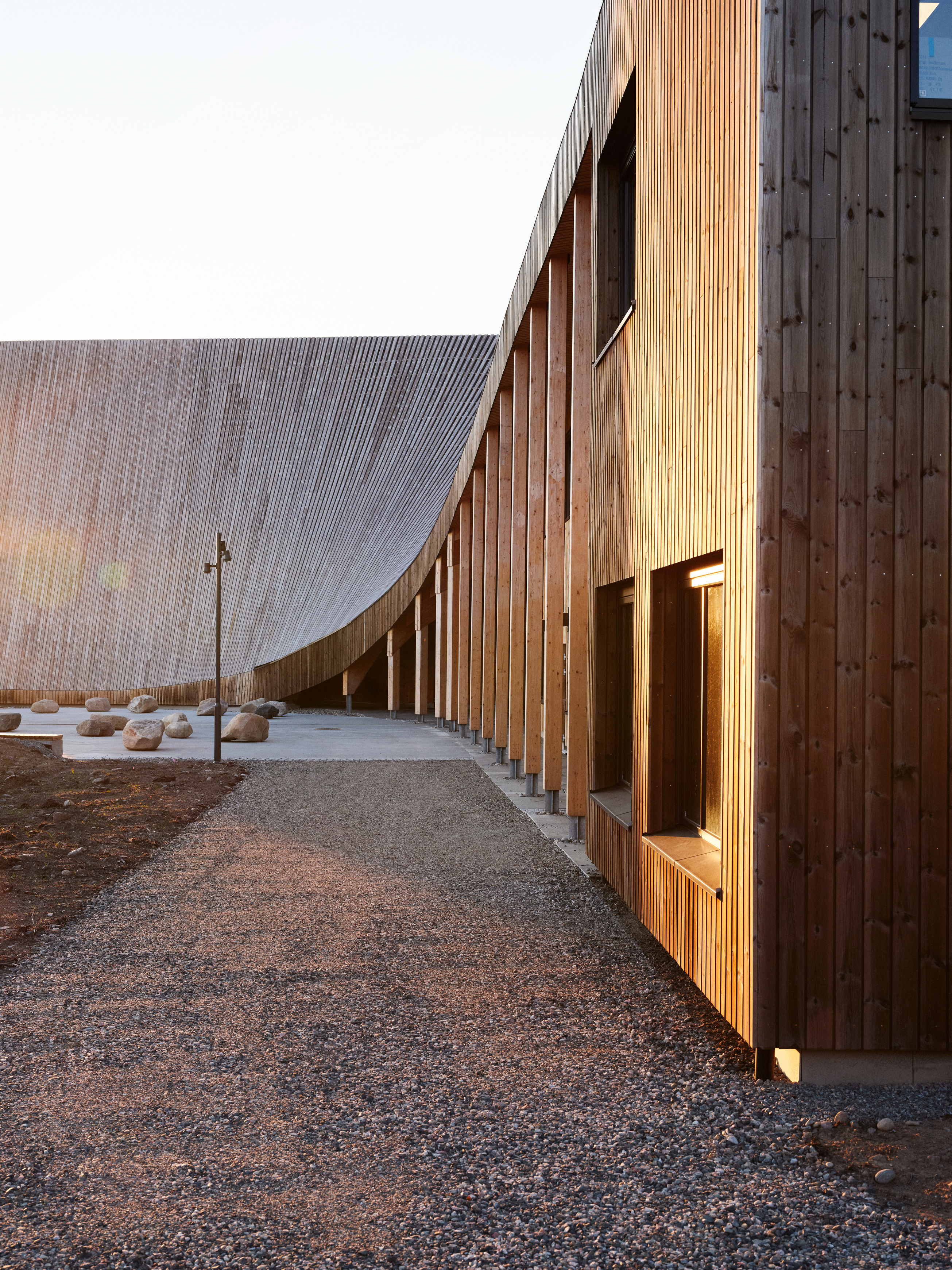
North of the building, large areas have been set aside for reindeer fences, which are directly linked to the reindeer herding department inside the building and have been built by local experts. On the east side, the plateau meets the building in a natural way, and the terrain and vegetation have been preserved as close as possible to the building.
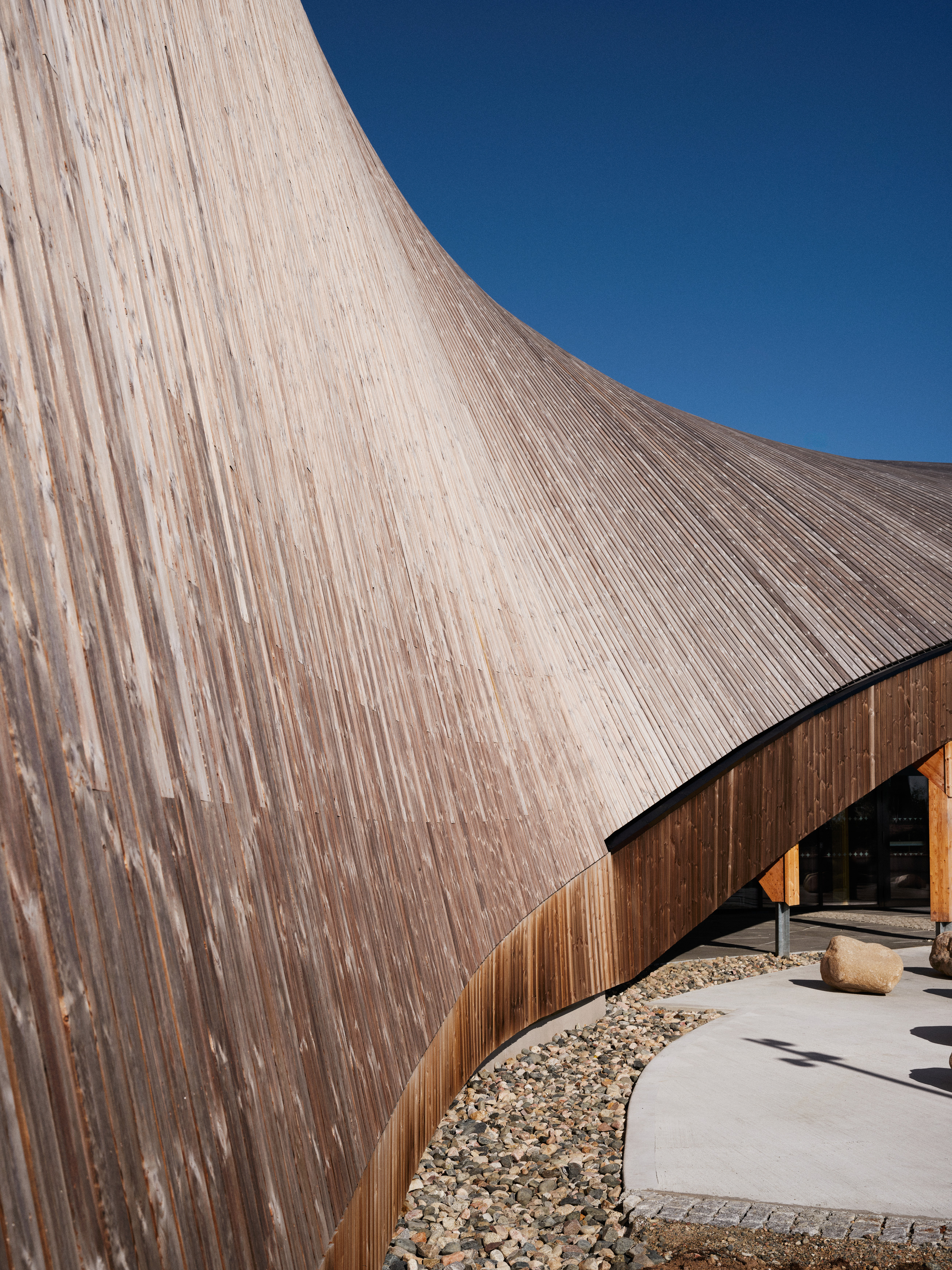
Natural ground heating
Čoarvemátta meets the requirements of the Passive house standard, which means that the building is of very high quality, with a good indoor climate and extremely low energy requirements.
The building is 90% self-sufficient in energy to heating and cooling thanks to 40 geowells drilled about 250 meters into the ground. The wells supply two heat pumps that both heat and cool the building, while exchangers for the energy wells dump surplus heat back again. On the coldest winter days, the system is supplemented with an electric boiler.
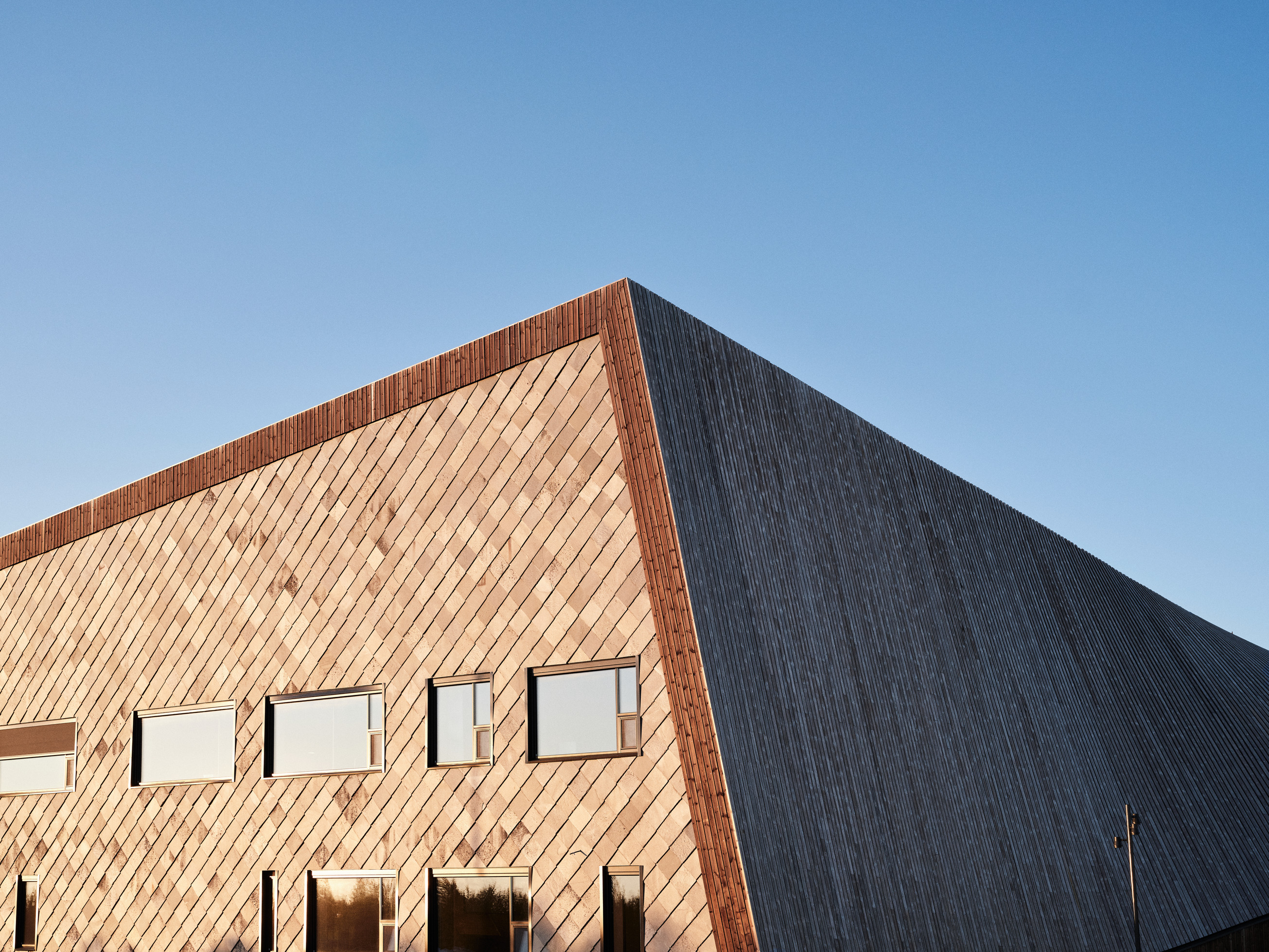
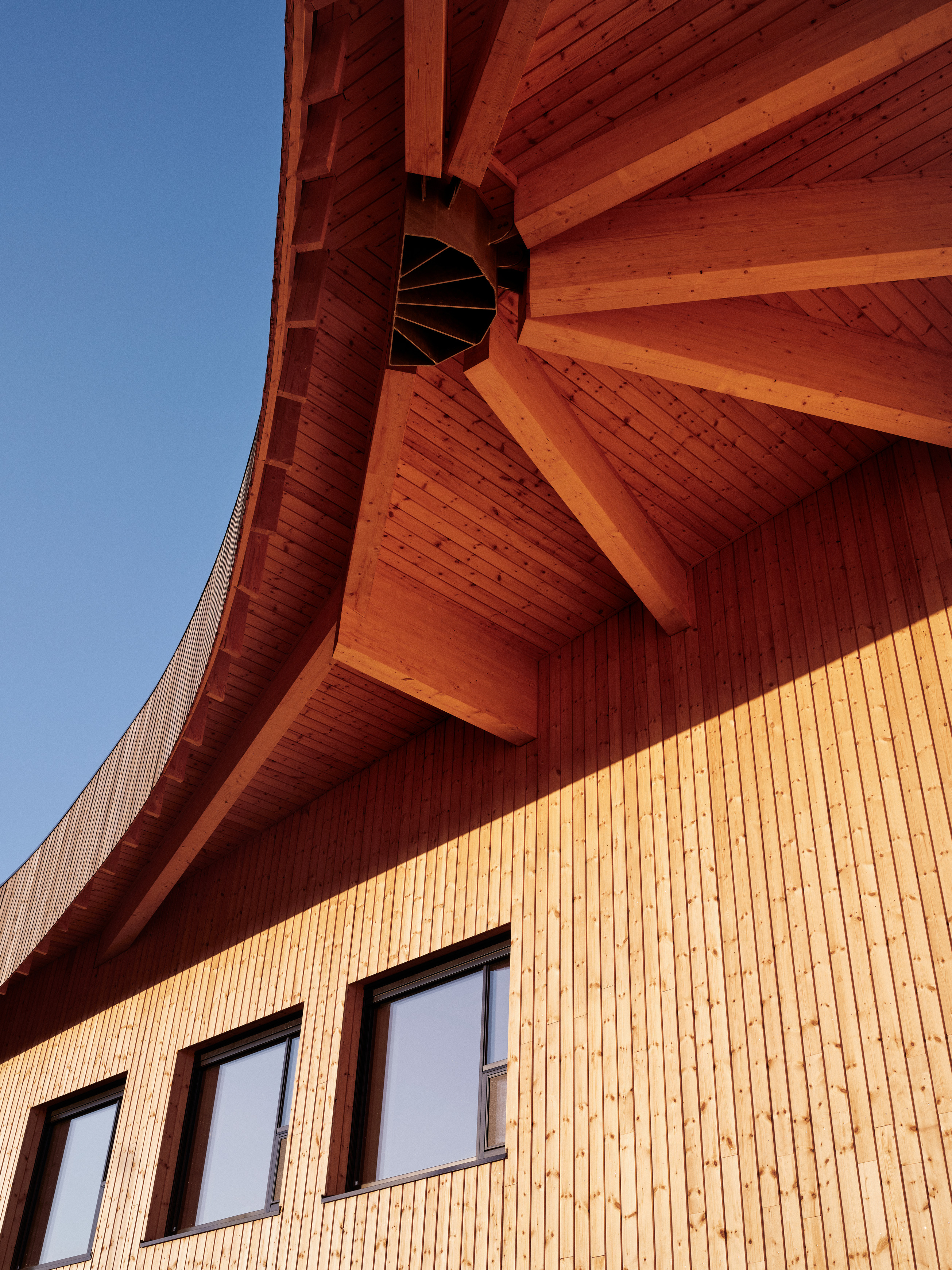
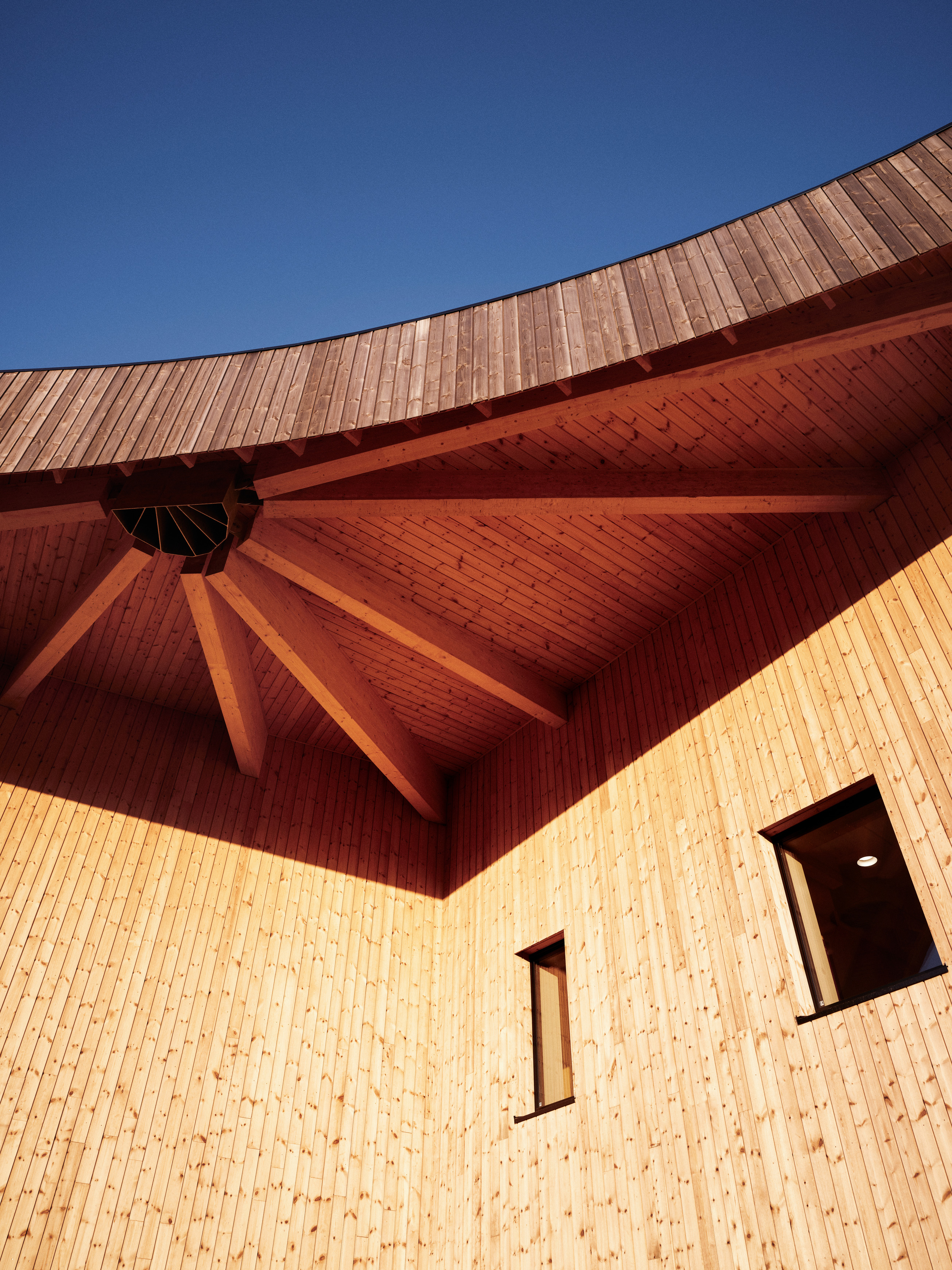
Over the entire construction site, soil that has had to be removed has been preserved, the top layer has been temporarily stored, and subsequently returned to all surfaces around the building, so that the seed stocks are intact.
Restoring the plateau landscape takes time but is allowed as new plants with new roots prevent the original seeds from germinating. On the forecourt, a small amount of grass seeds has been sown that NIBIO has collected in Finnmark, this has been done exceptionally to allow forecourt to turn green faster.
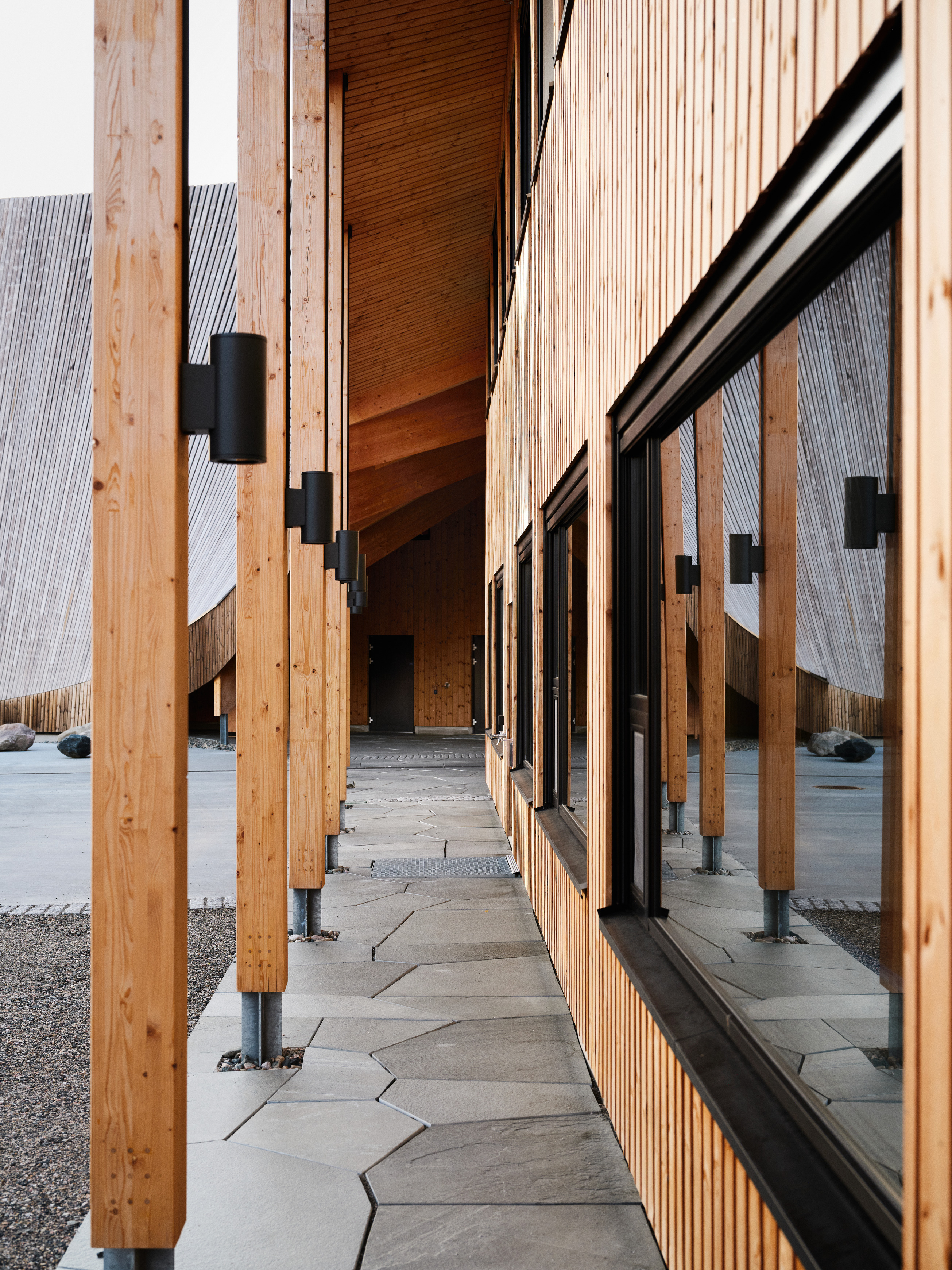
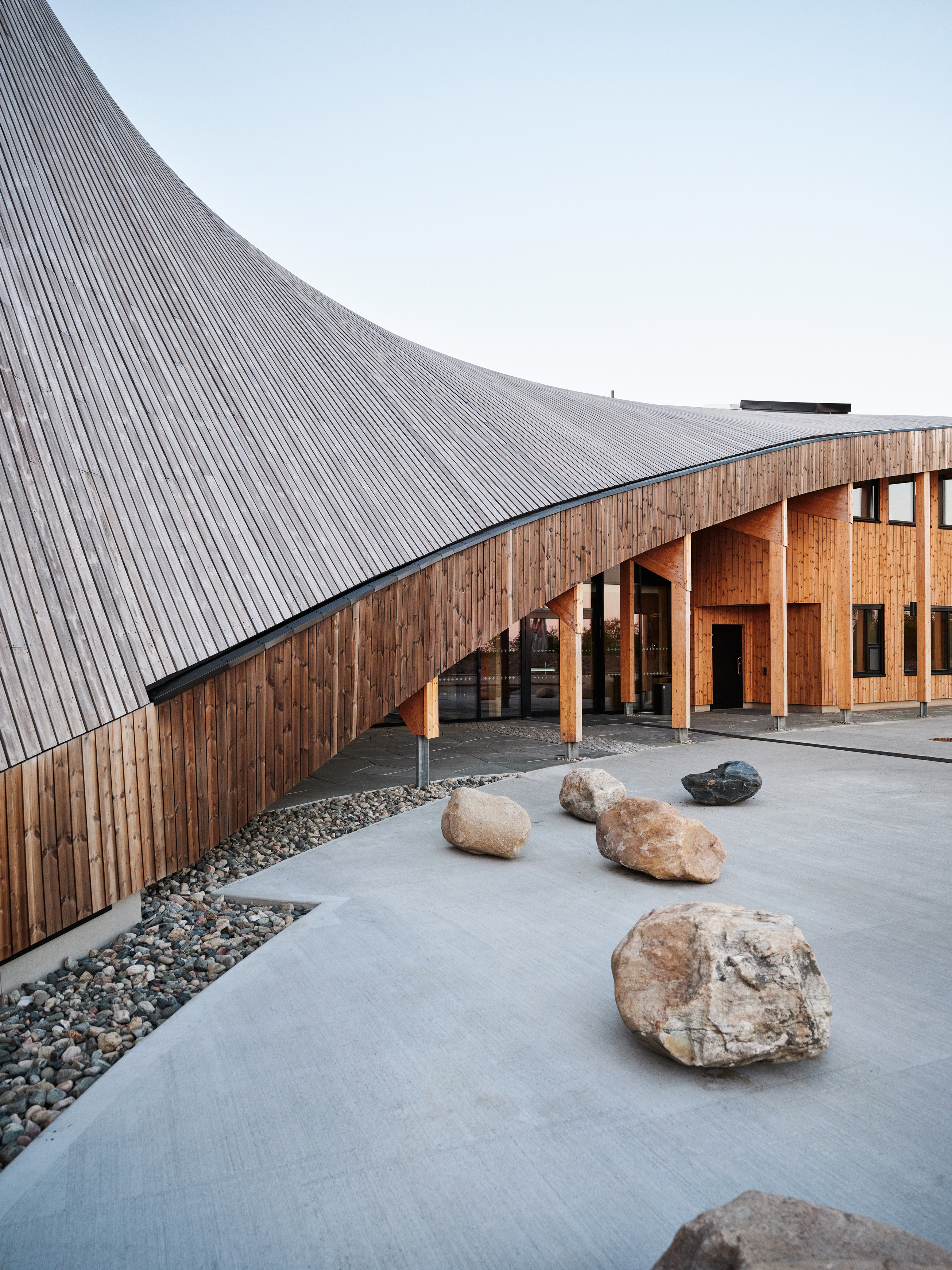
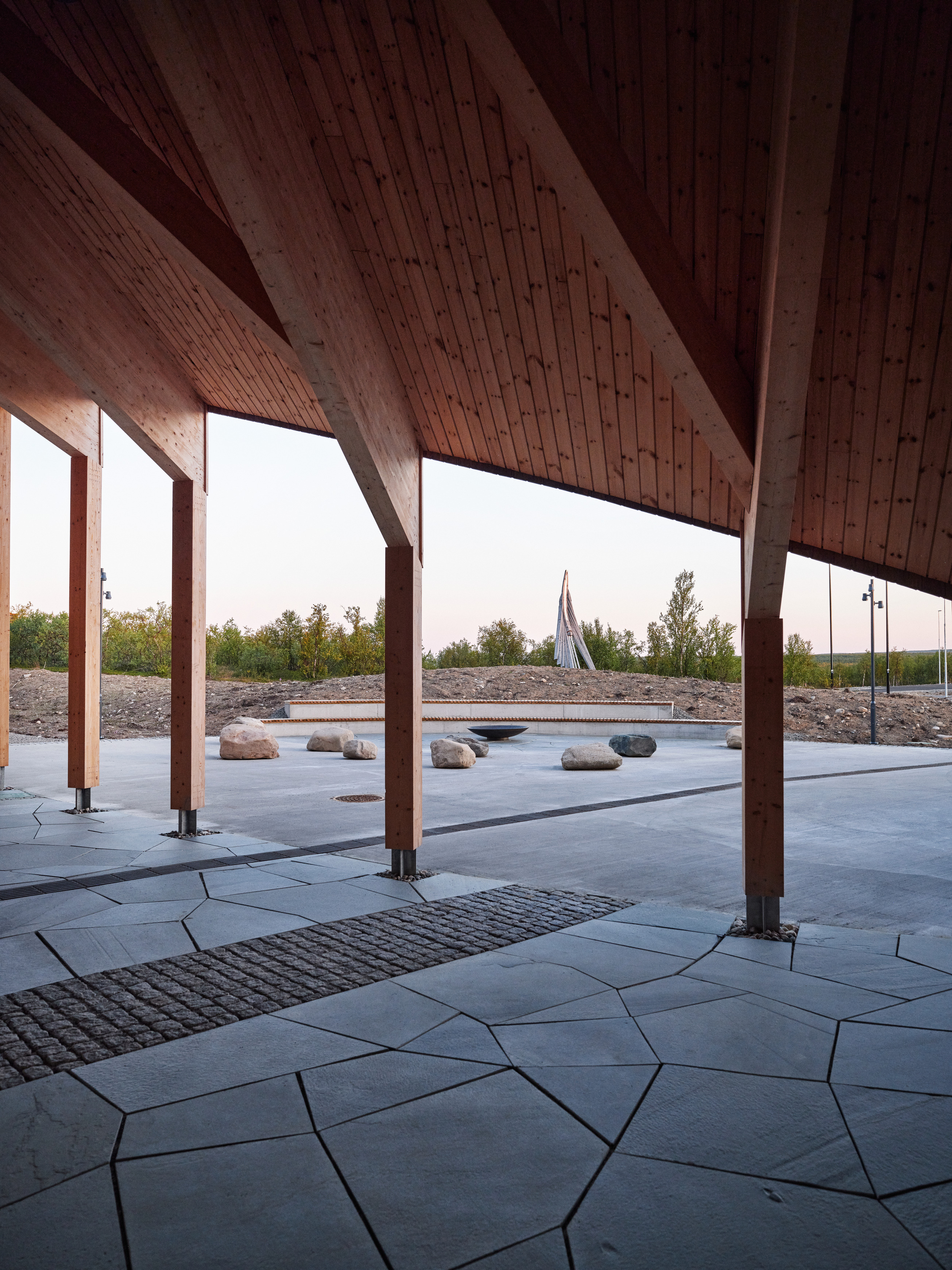
"The Sami culture has no tradition of cultivating landscapes into parks and urban spaces. When you step out of the lavvu, you are directly in nature – in the landscape," says Thea Kvamme Hartmann, Senior Landscape Architect.
"Much of the project has, therefore, been about creating a strategy for how the area can be revegetated and the plateau return to encircling the building after the construction period has ended."
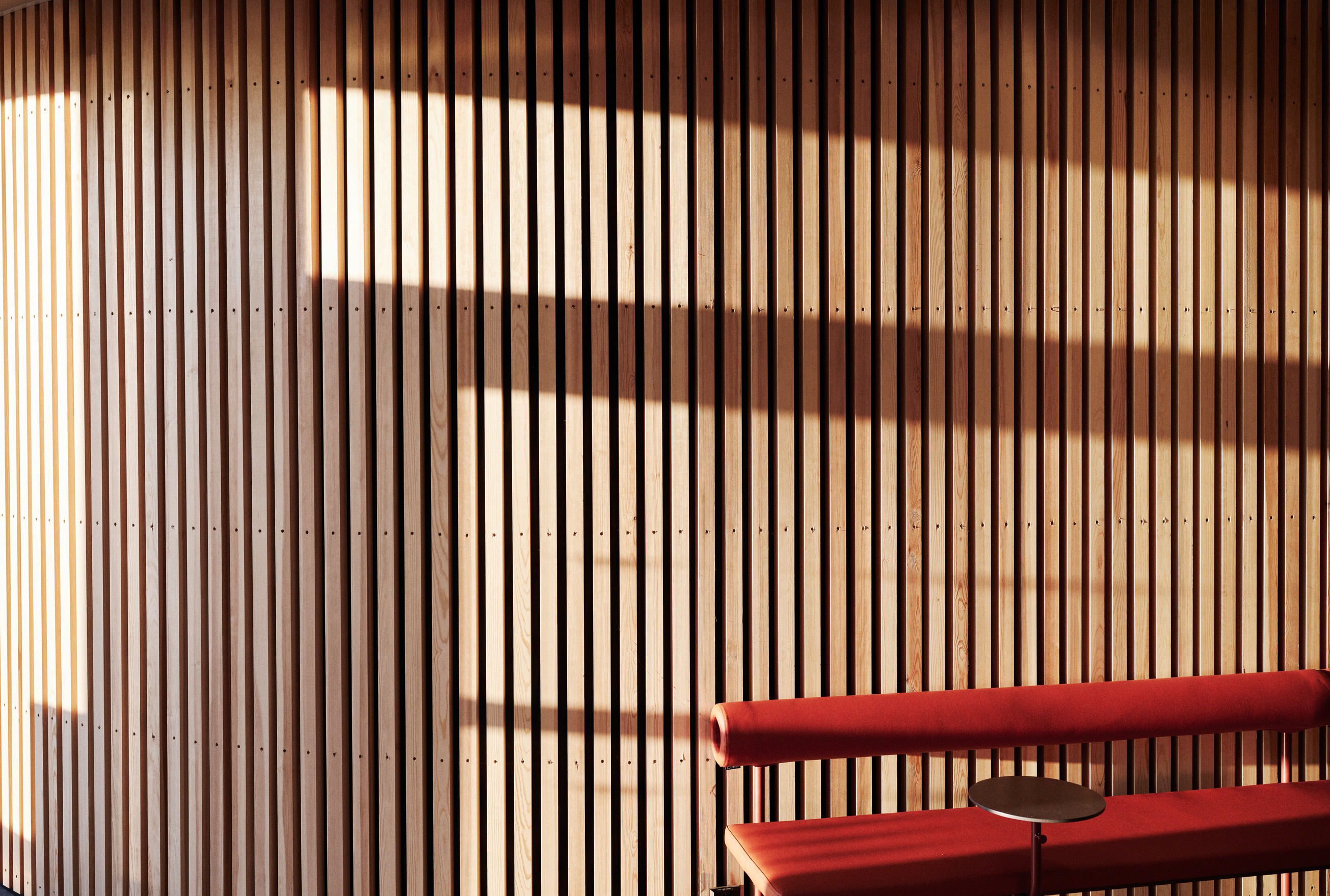
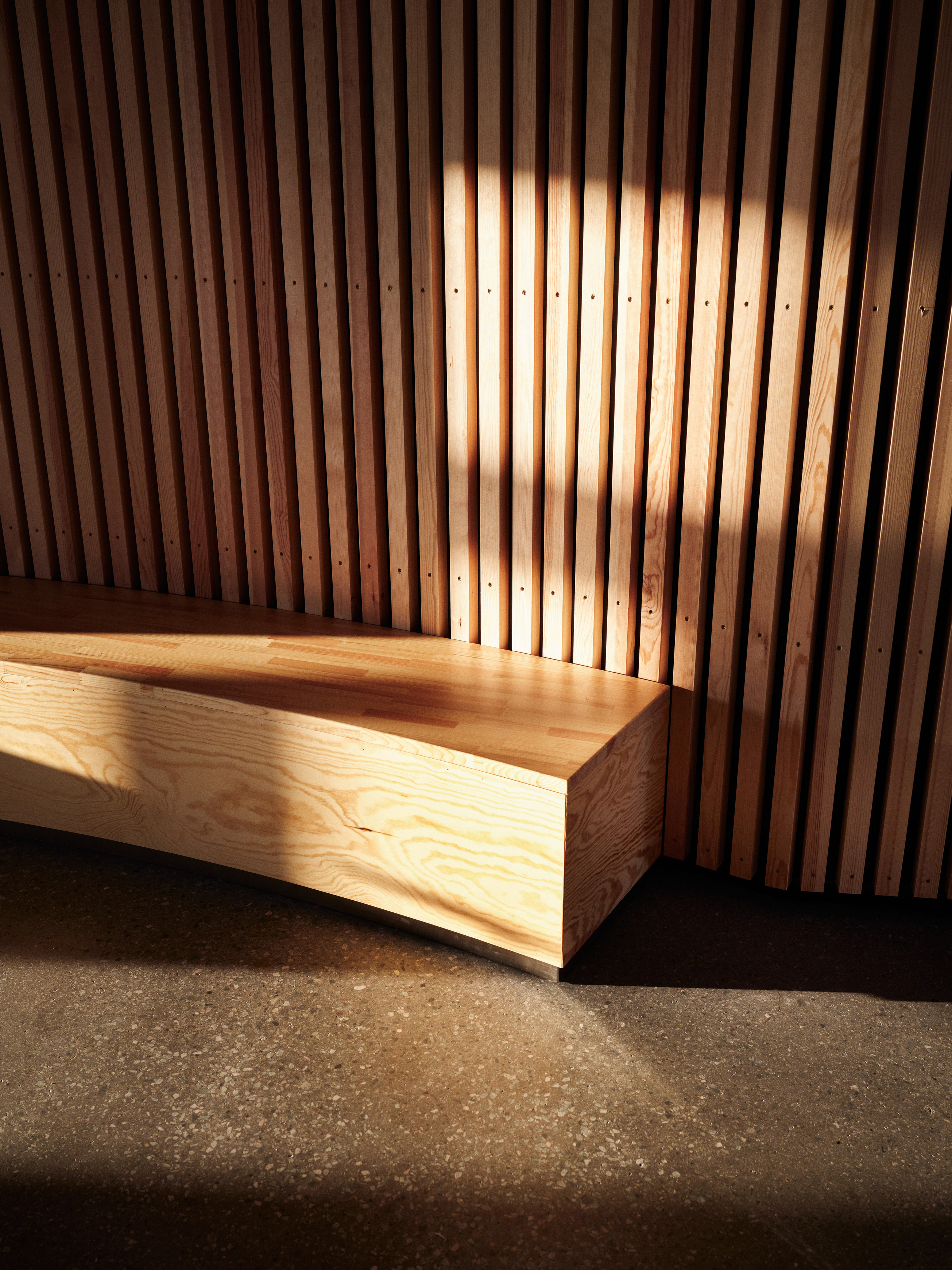
Signage and wayfinding
Snøhetta has also made the signage and wayfinding program that follows the project's visuality and works complementary to architecture, interior, and landscape design. It is primarily functional, but like the building, it also has subtle references to traditional craftsmanship and use of materials.
The signs are made of powder-coated steel and pine, and the graphic elements, including typography and pictograms, mirror the building's alignment. Iconography is used extensively for readability at a distance to meet the requirements for multilingualism (Northern, Southern, Lule Sámi, and Bokmål).
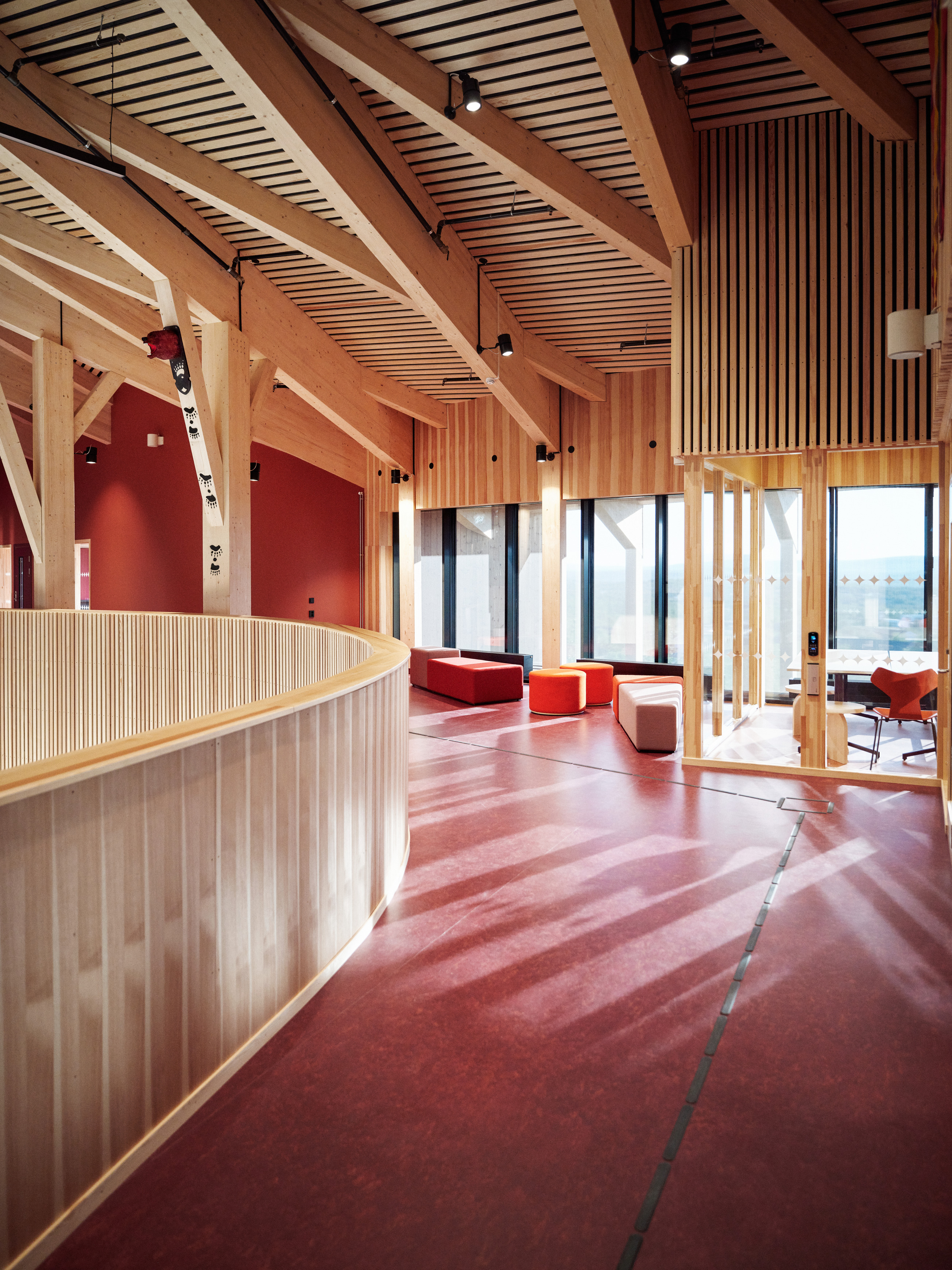
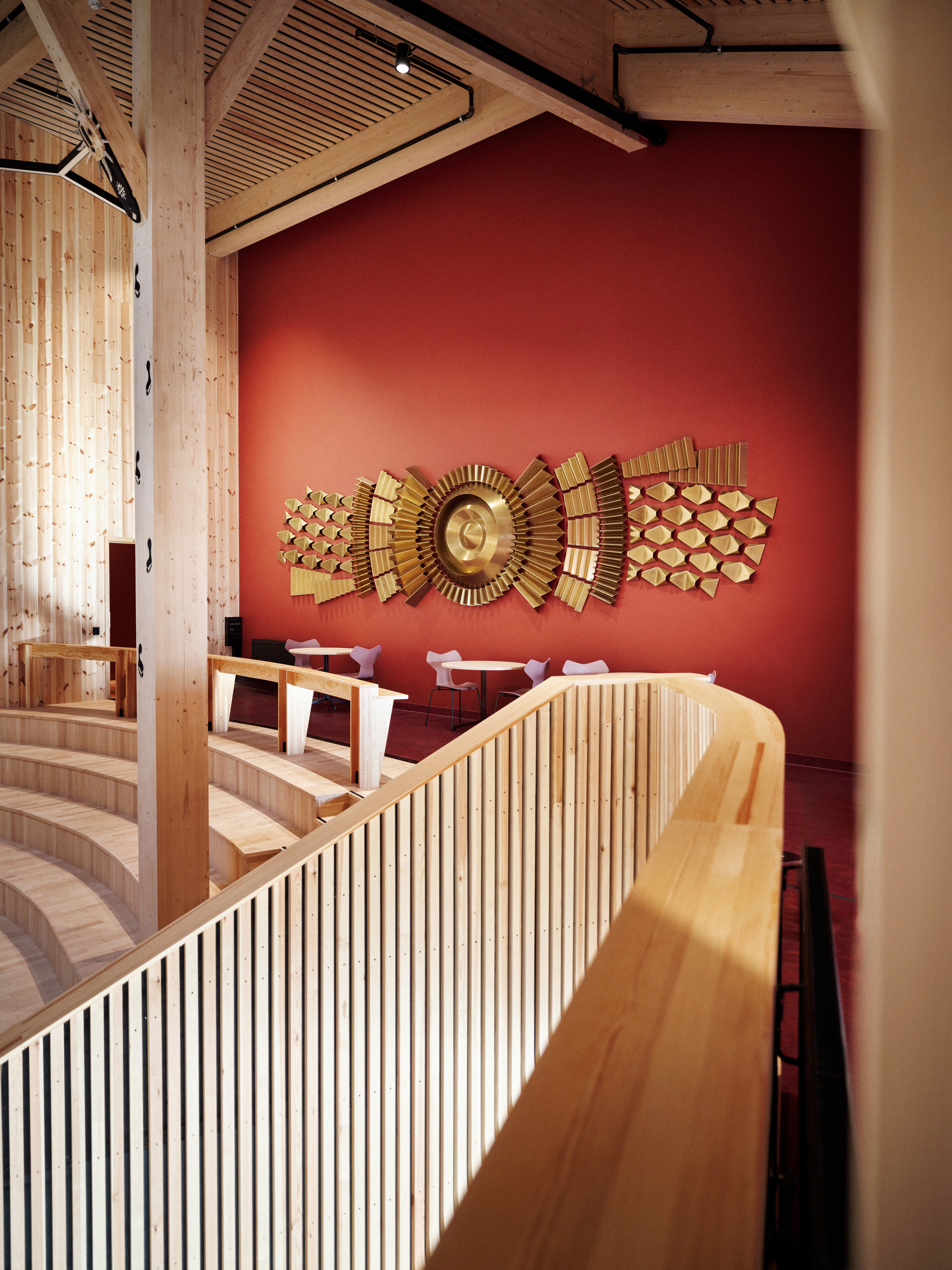
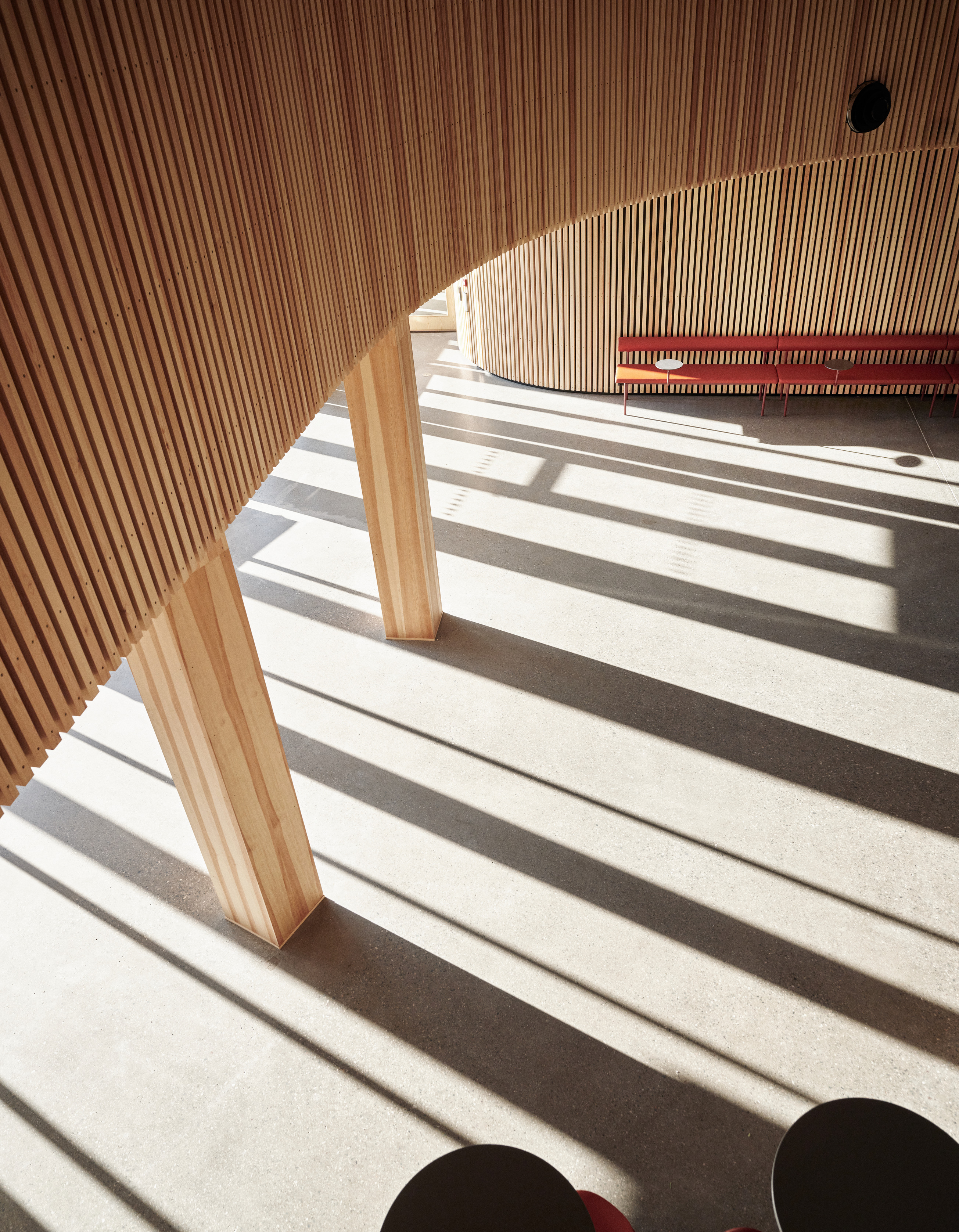
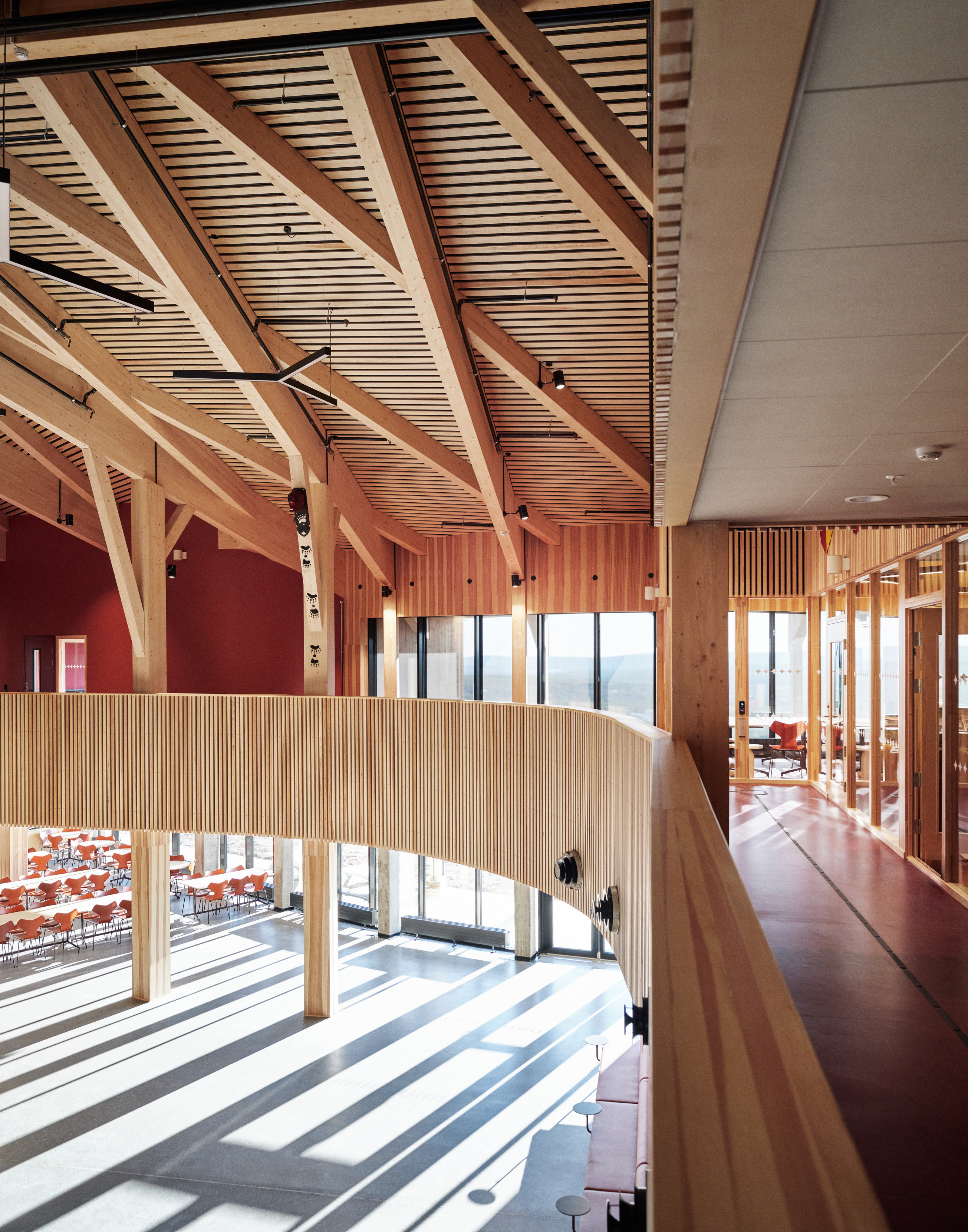
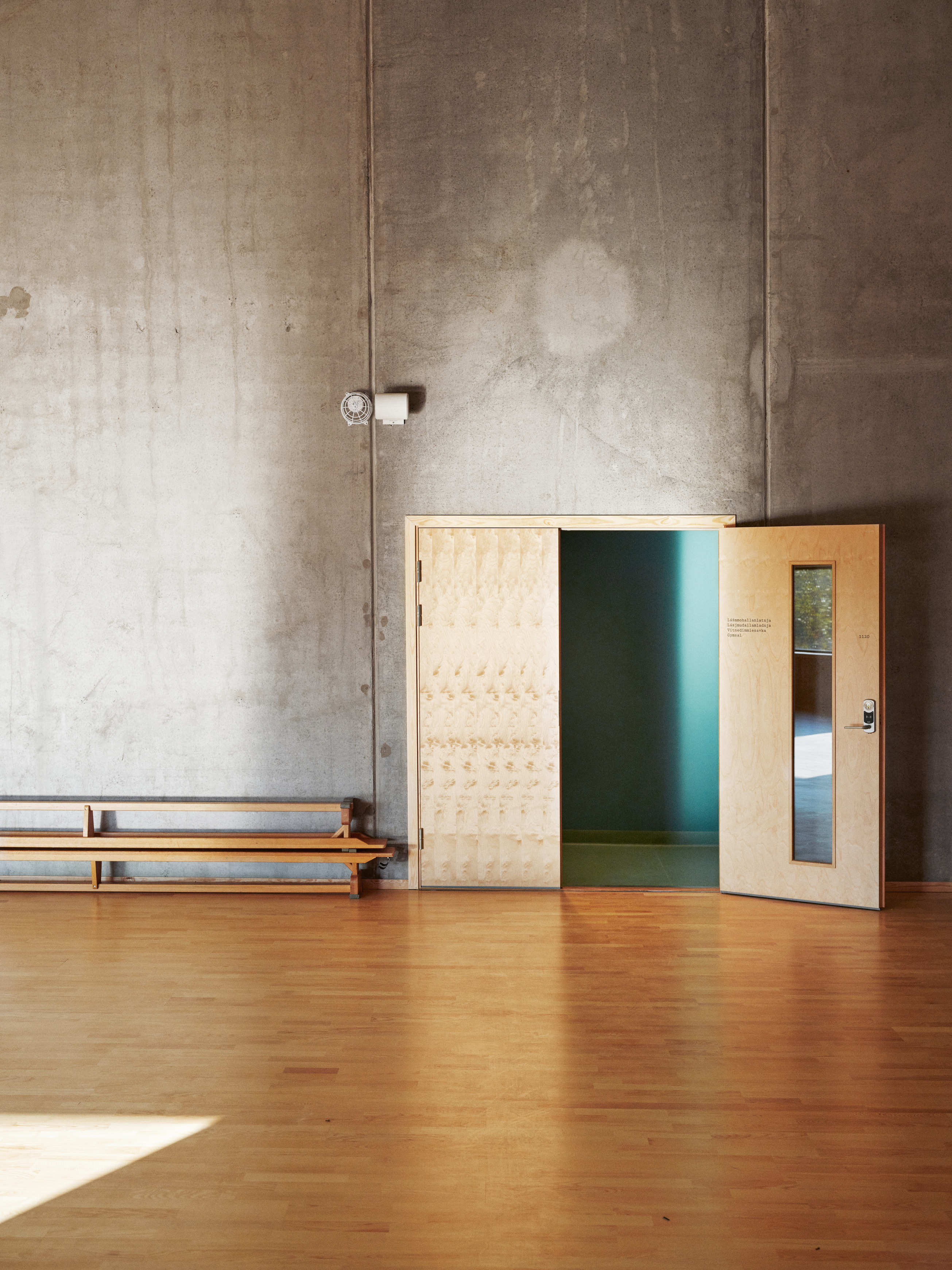
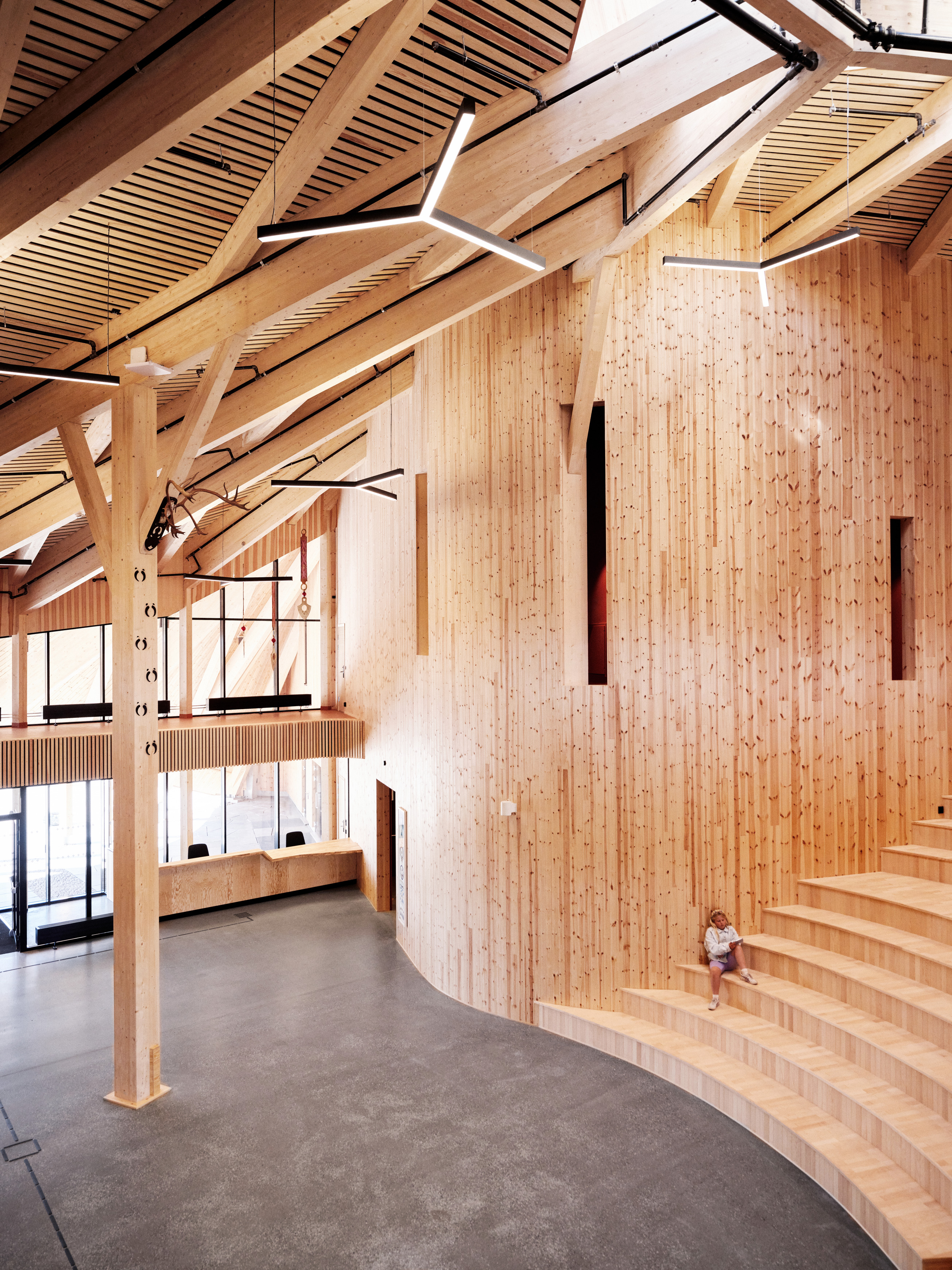
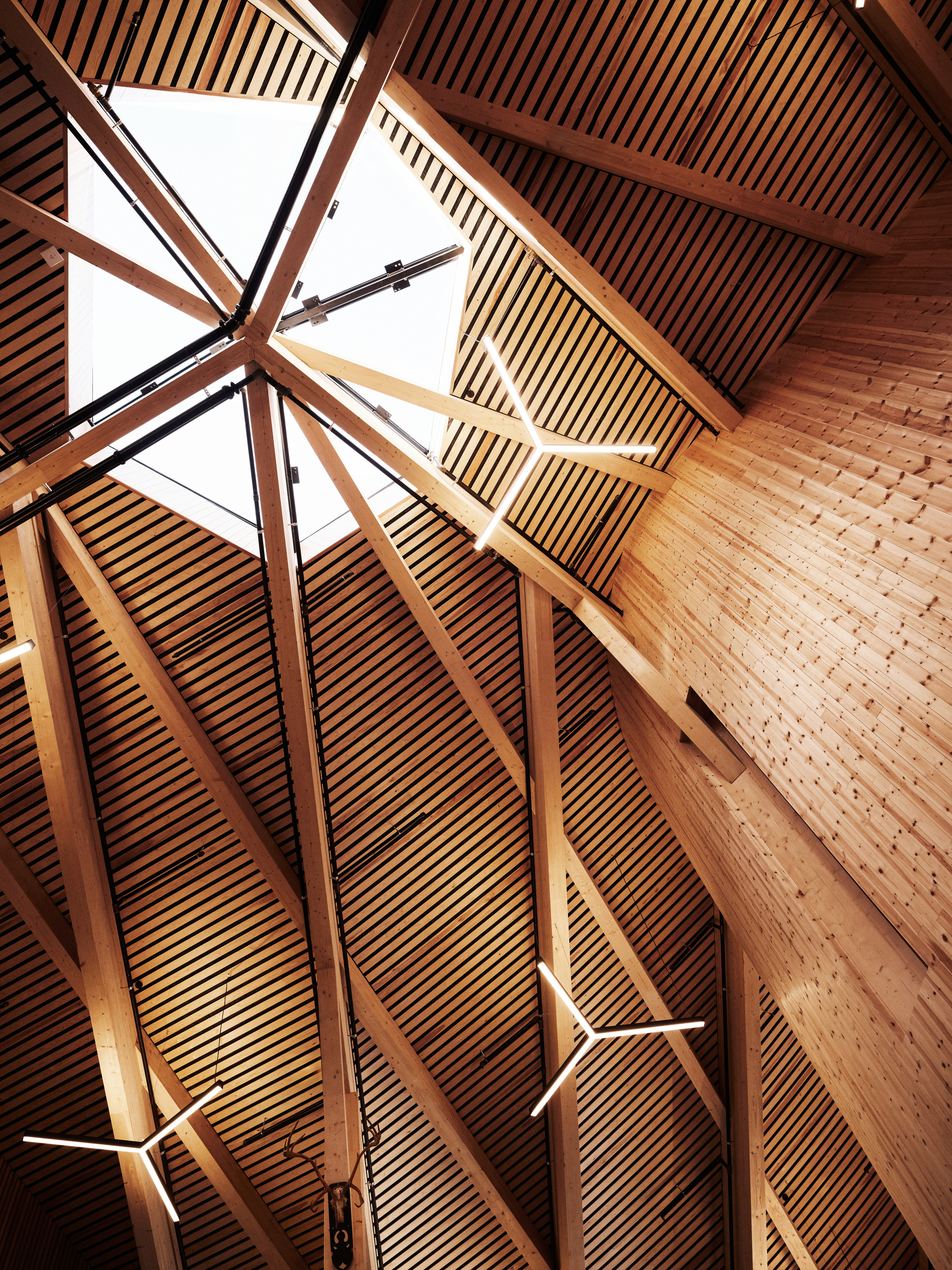
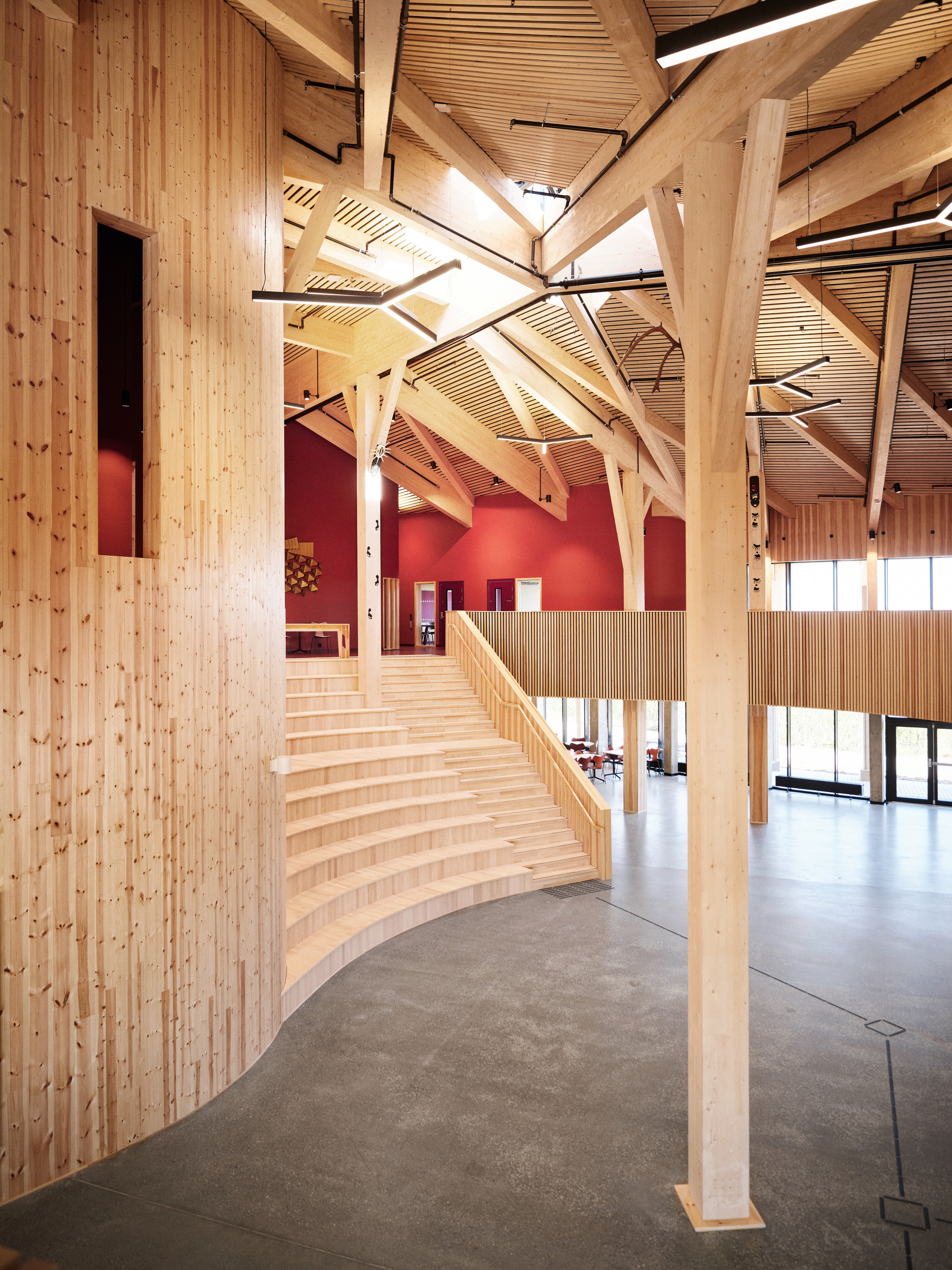
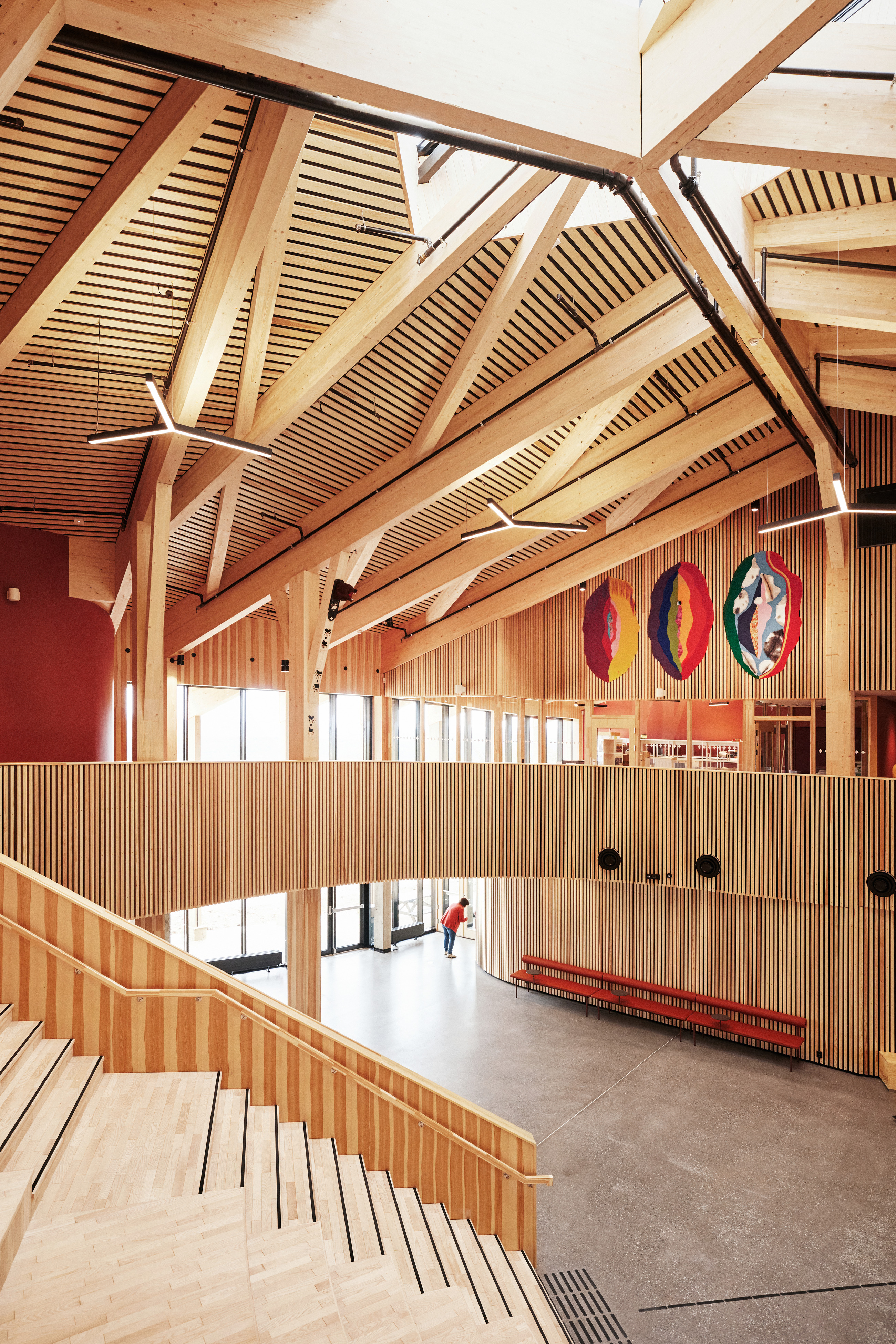
Commissioned artworks
KORO, the Norwegian state's professional body for art in public spaces, has been responsible for the art procurement of Čoarvemátta. A total of six new works of art have been created for the new building. After a closed competition, Máret Ánne Sara (b. 1983) was invited to design the theatre's stage curtain. Britta Marakatt-Labba (b. 1951) is one of Sápmi's most renowned contemporary artists, and has created the embroidery Miin Duoddarat / Our Plains, with direct references to the history of the theatre for the building's common room.
In addition to the new works, two larger, existing works of art by two of Sápmi's most famous and influential artists, Aage Gaup (1943–2021) and Iver Jåks (1932–2007), have been moved from the old school building to the new building.
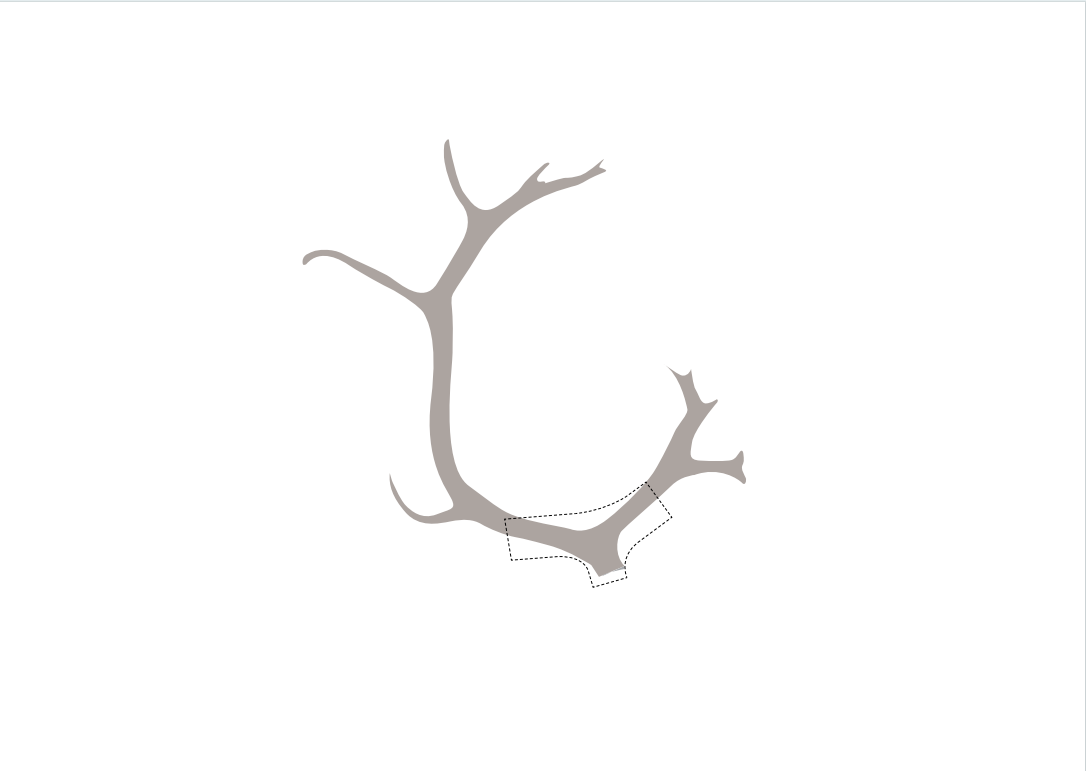
© Snøhetta

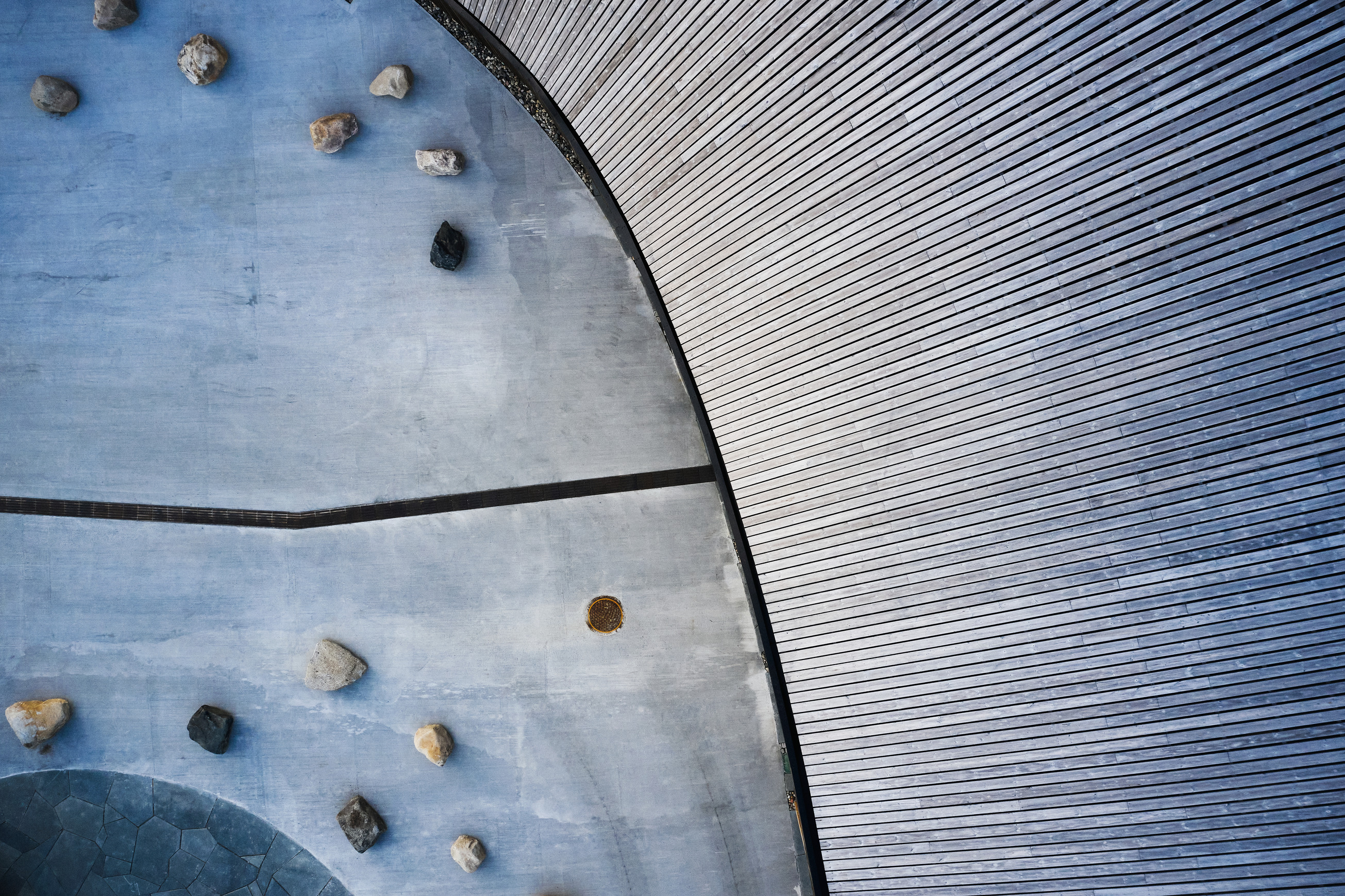
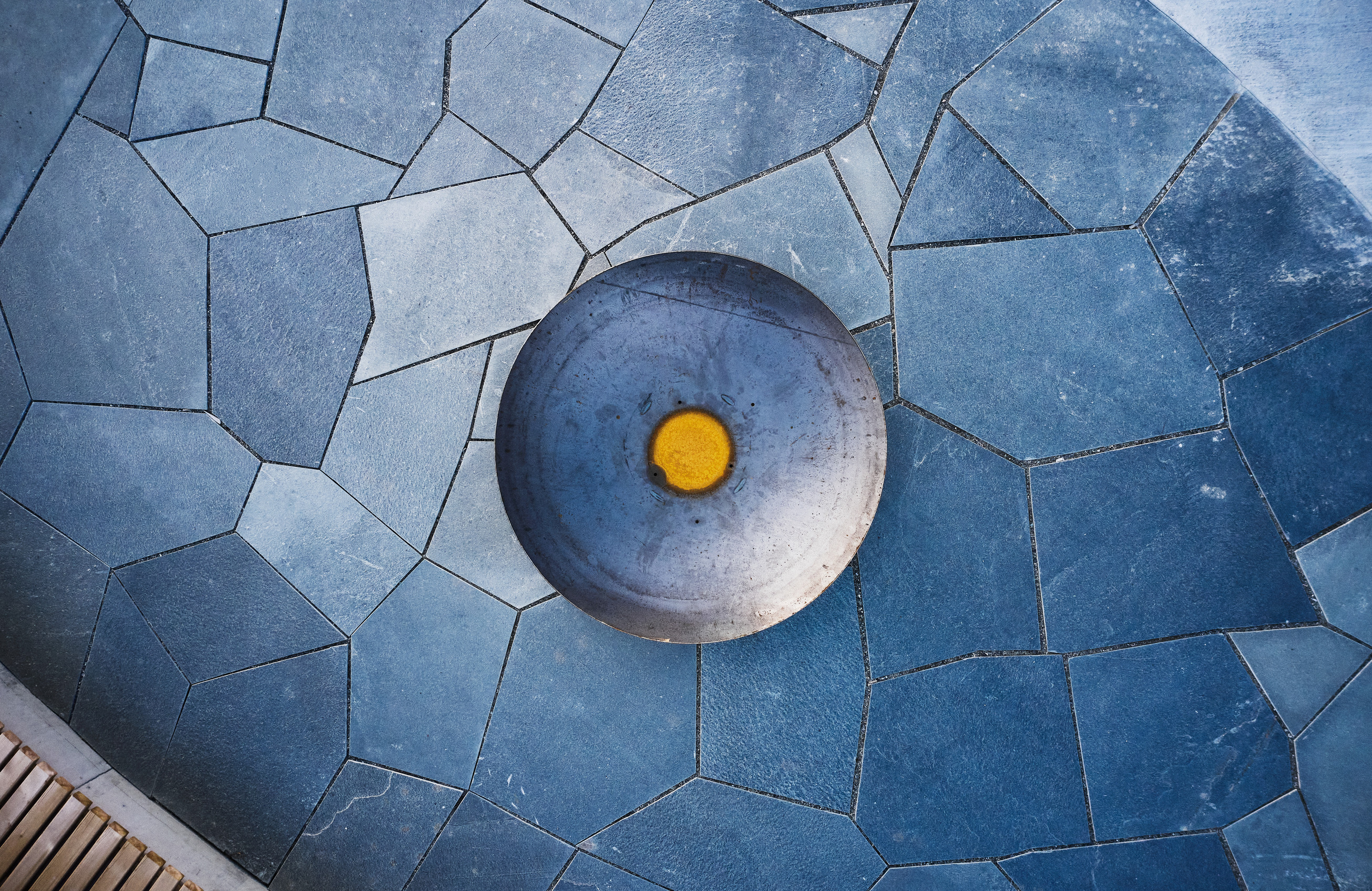
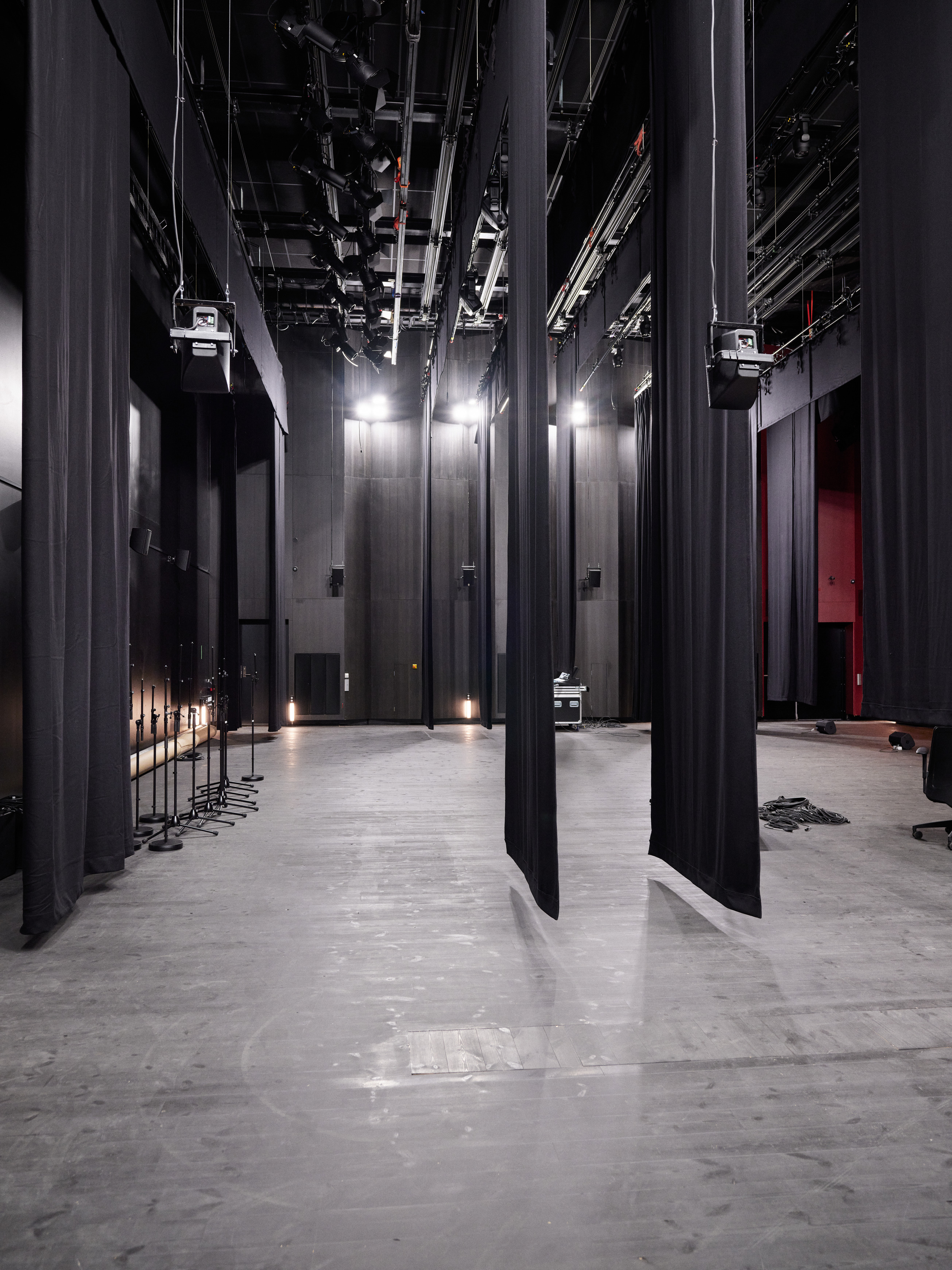
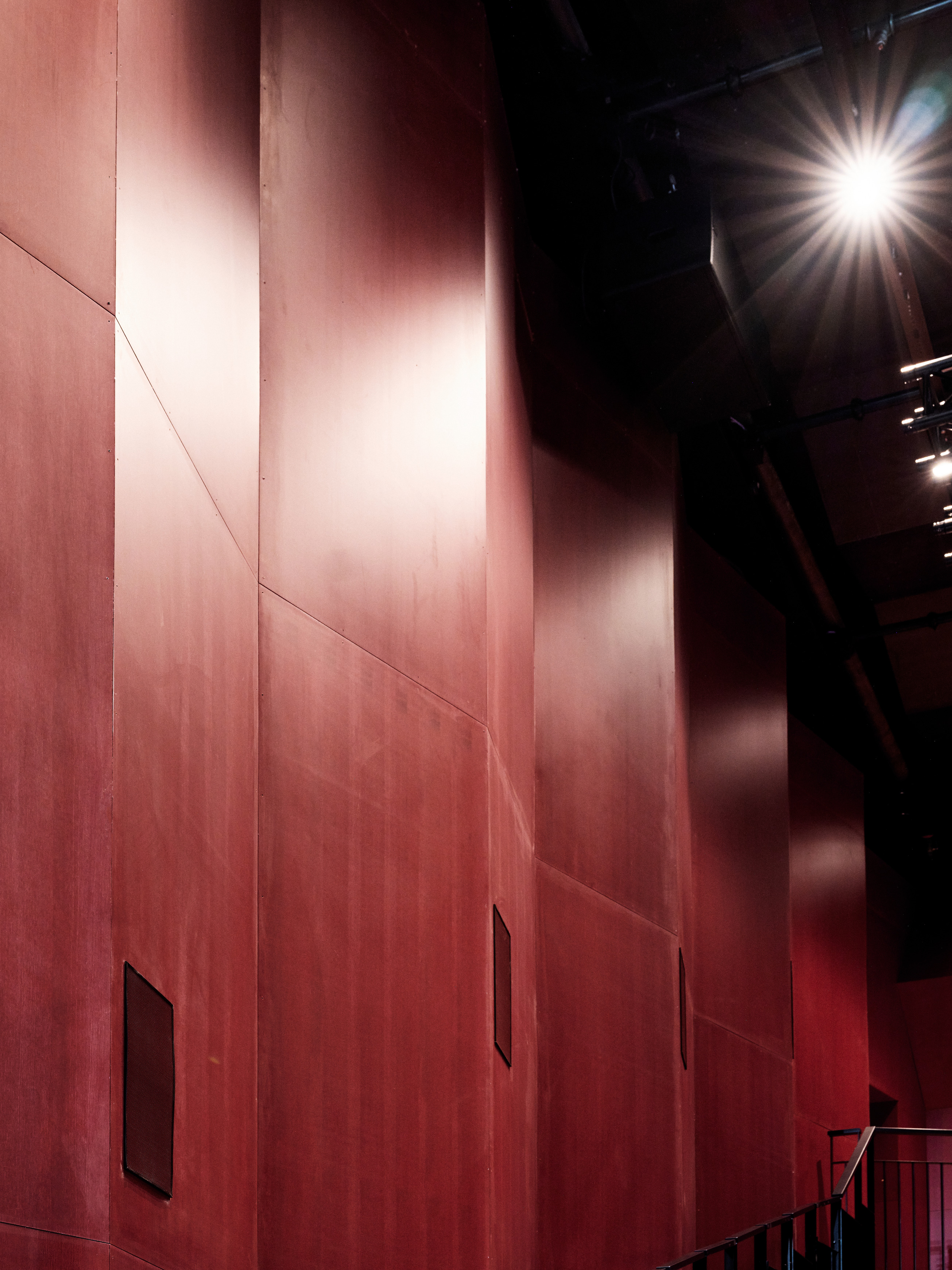
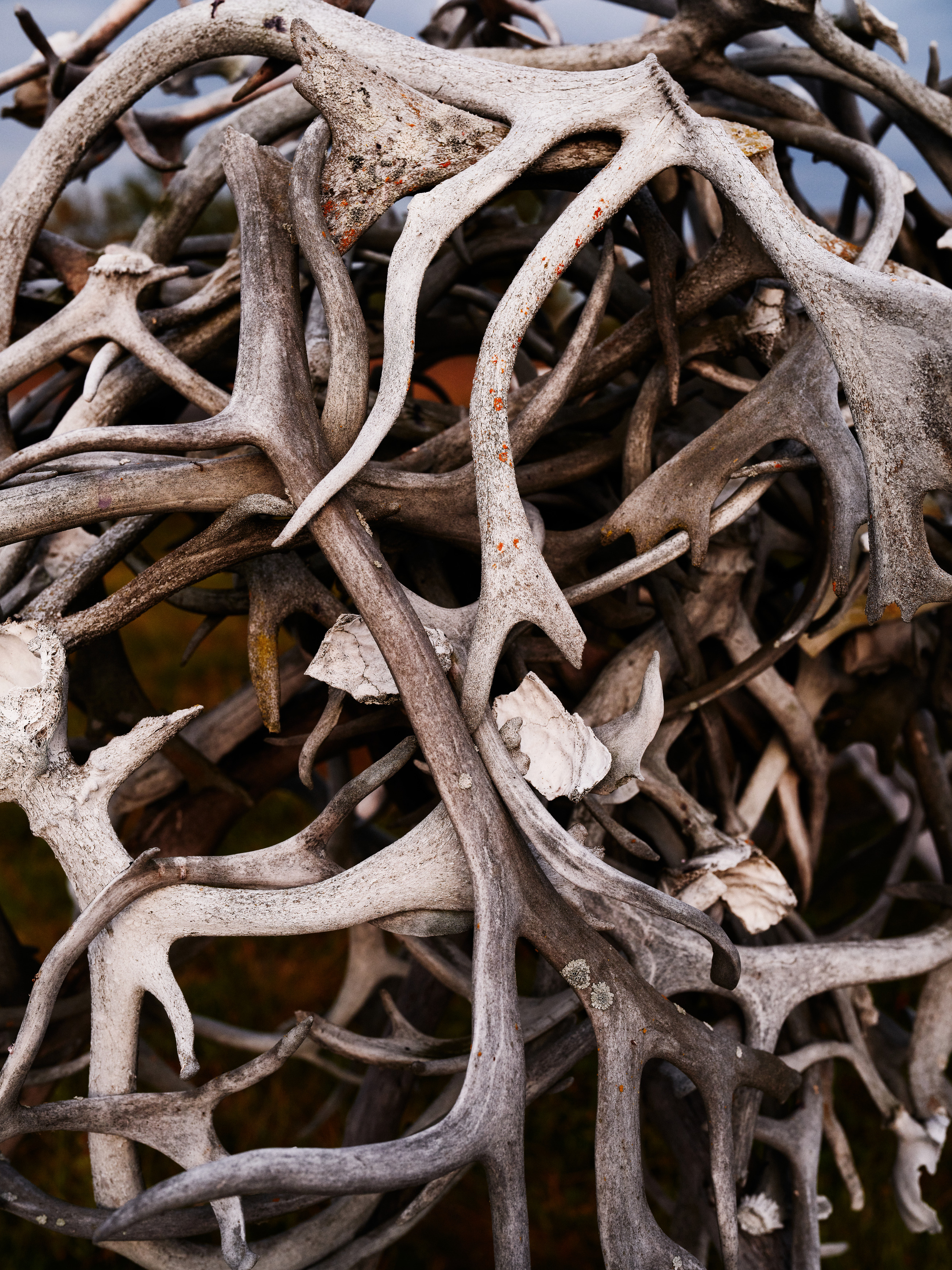
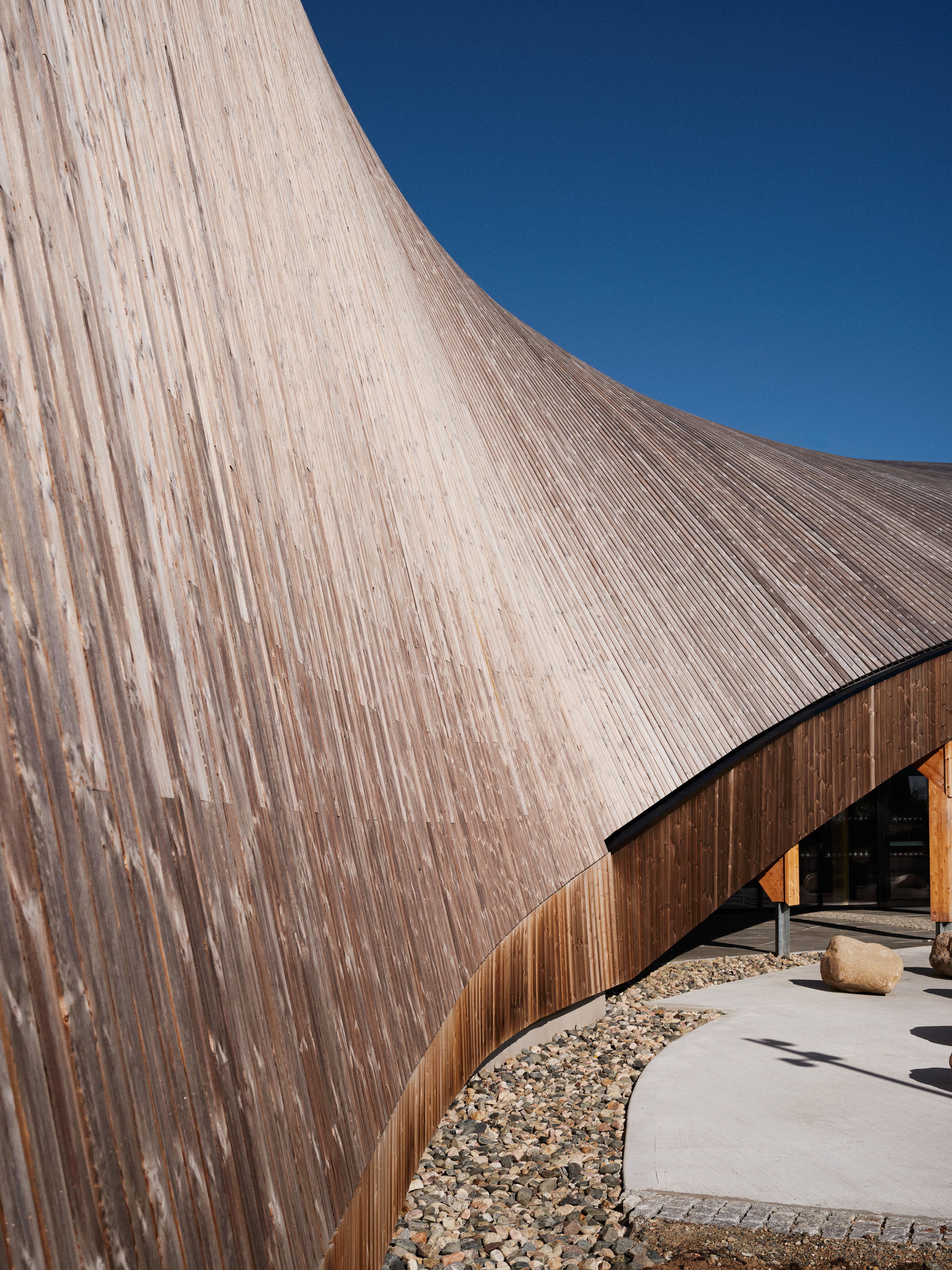
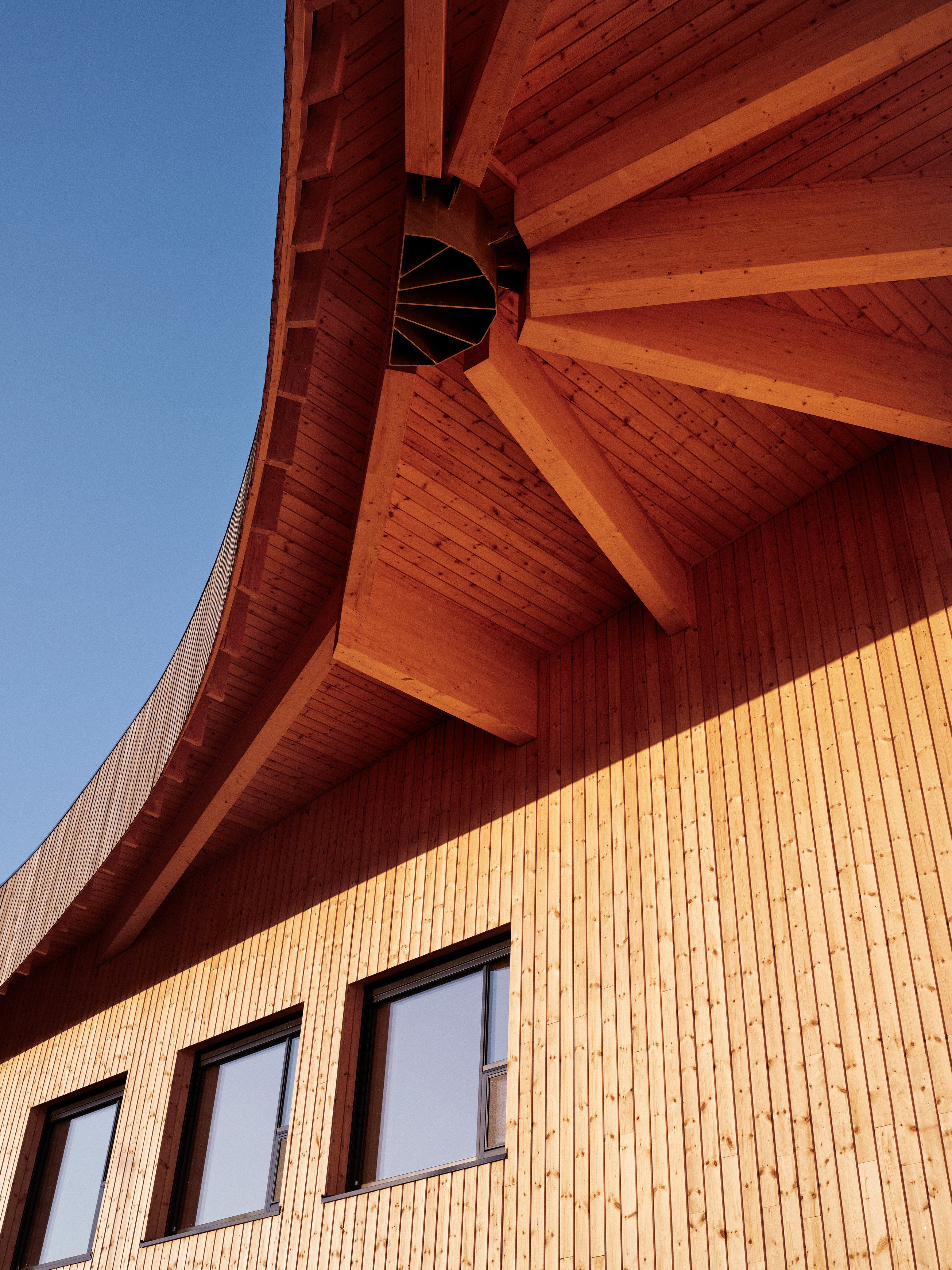
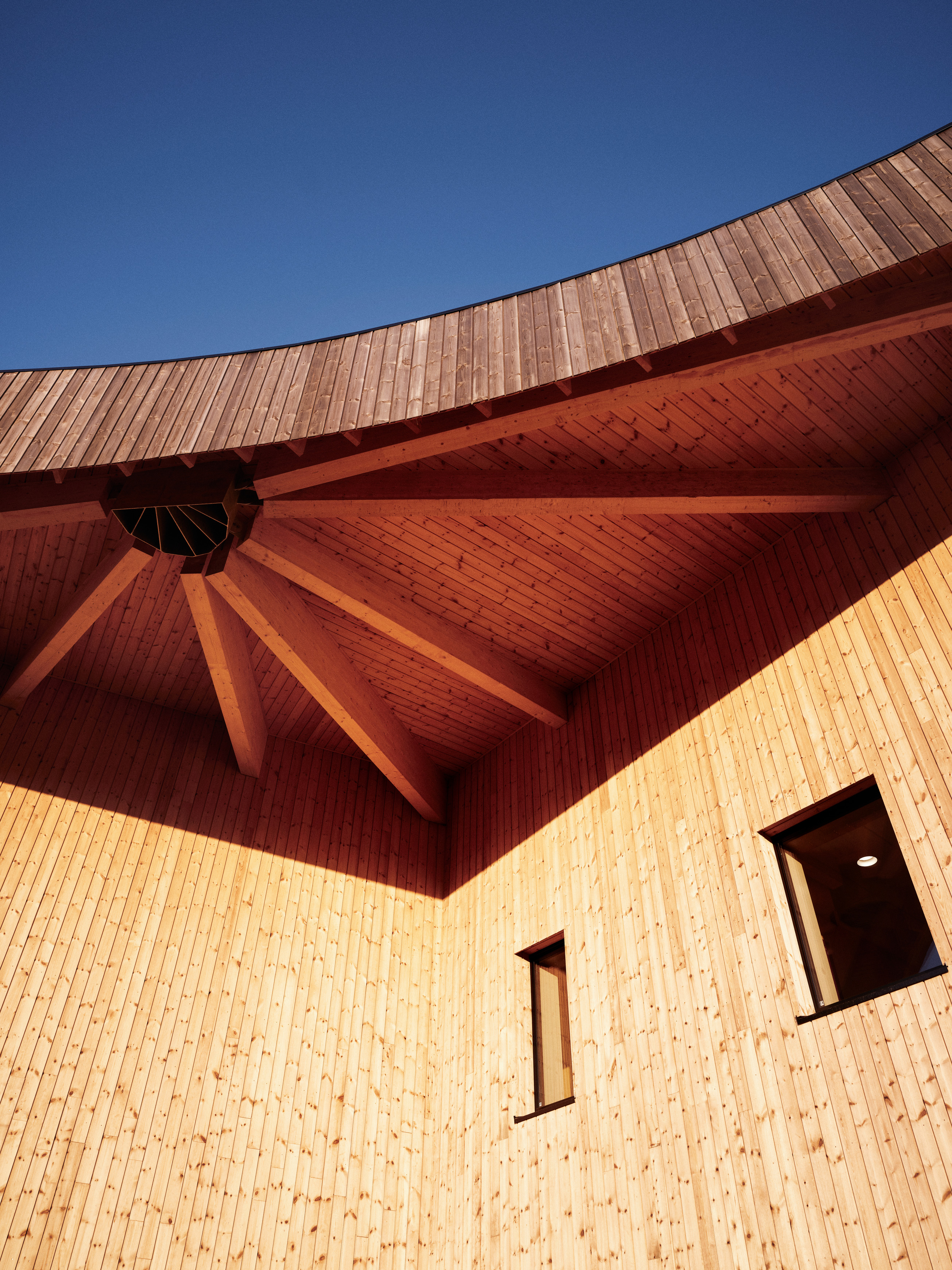
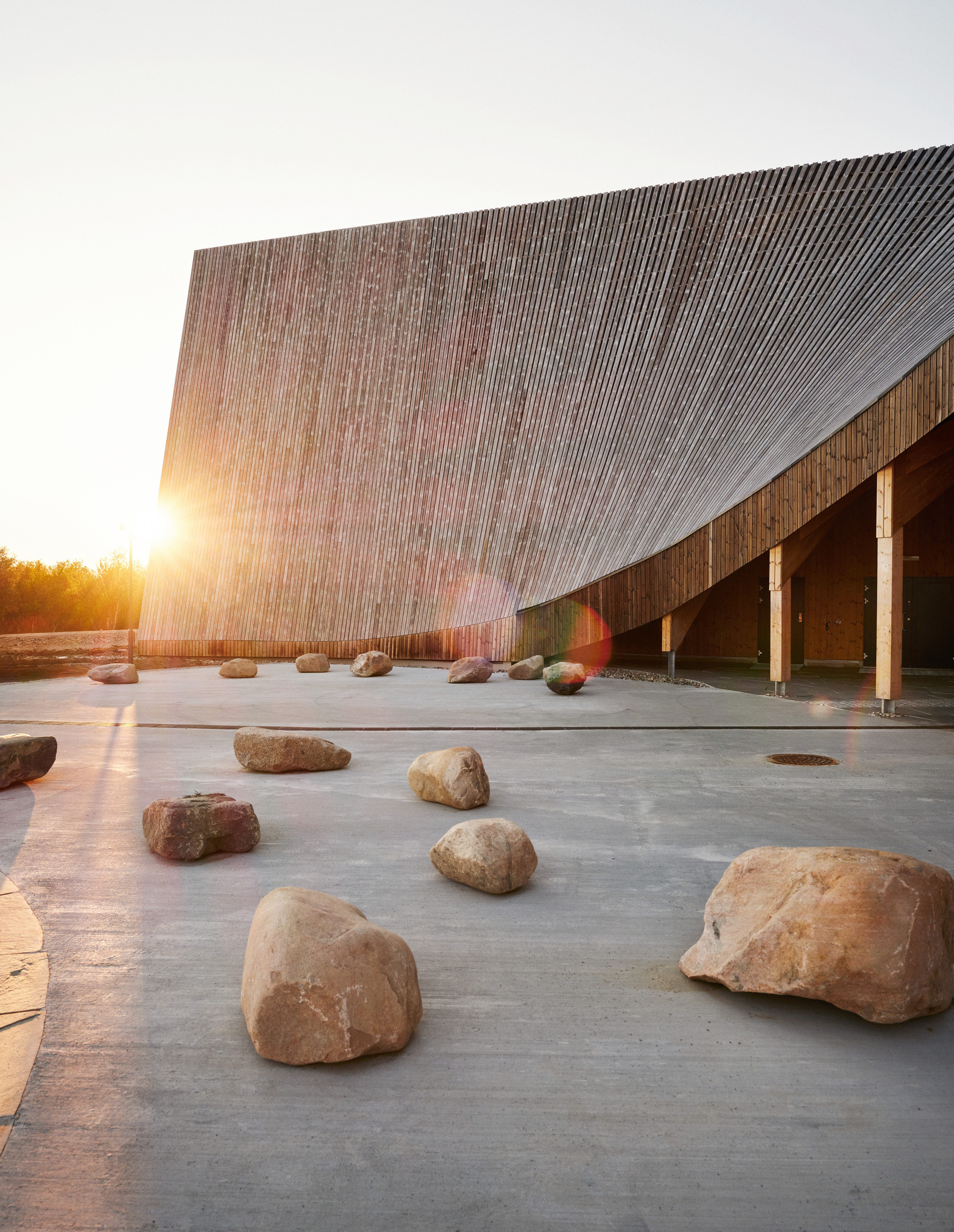
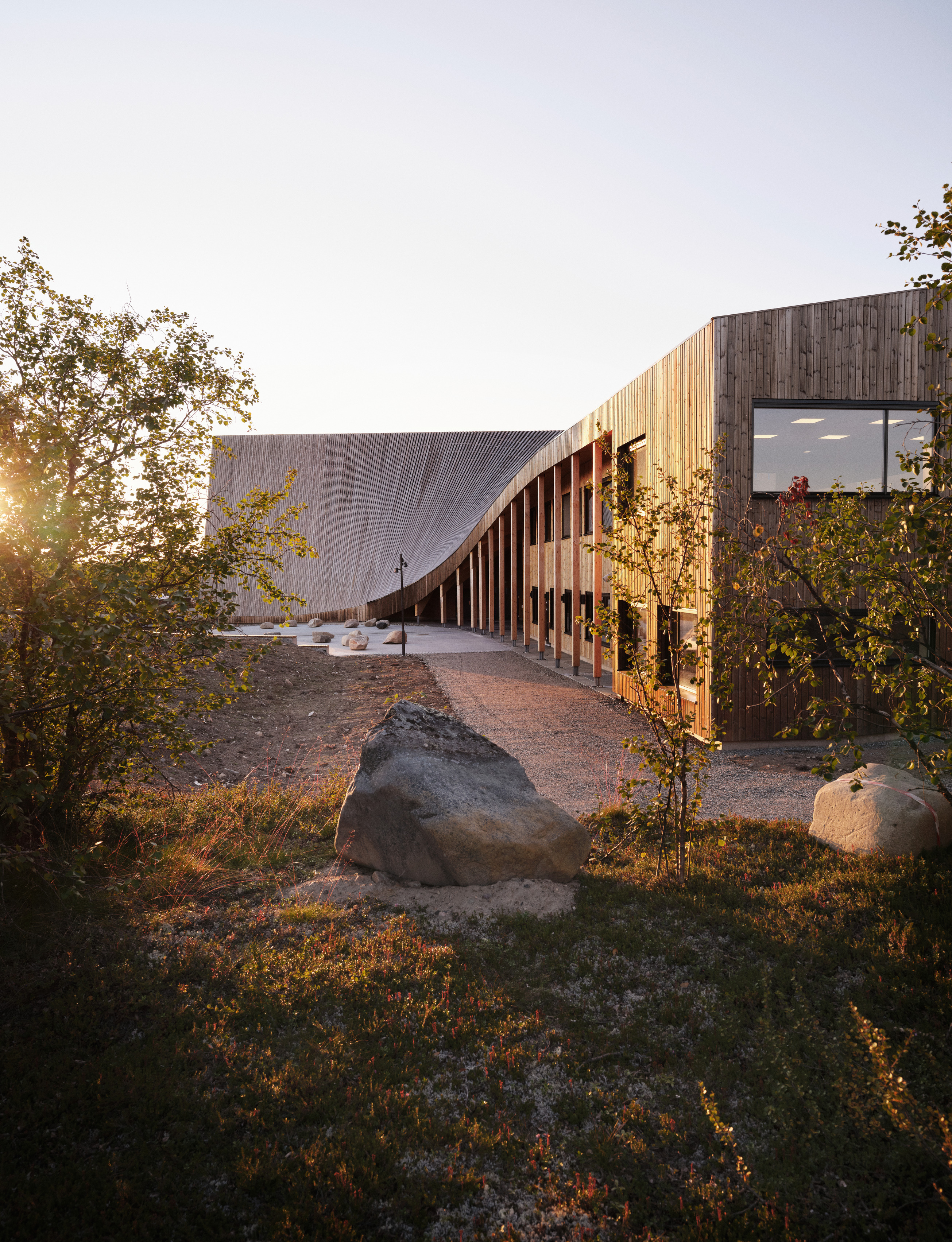
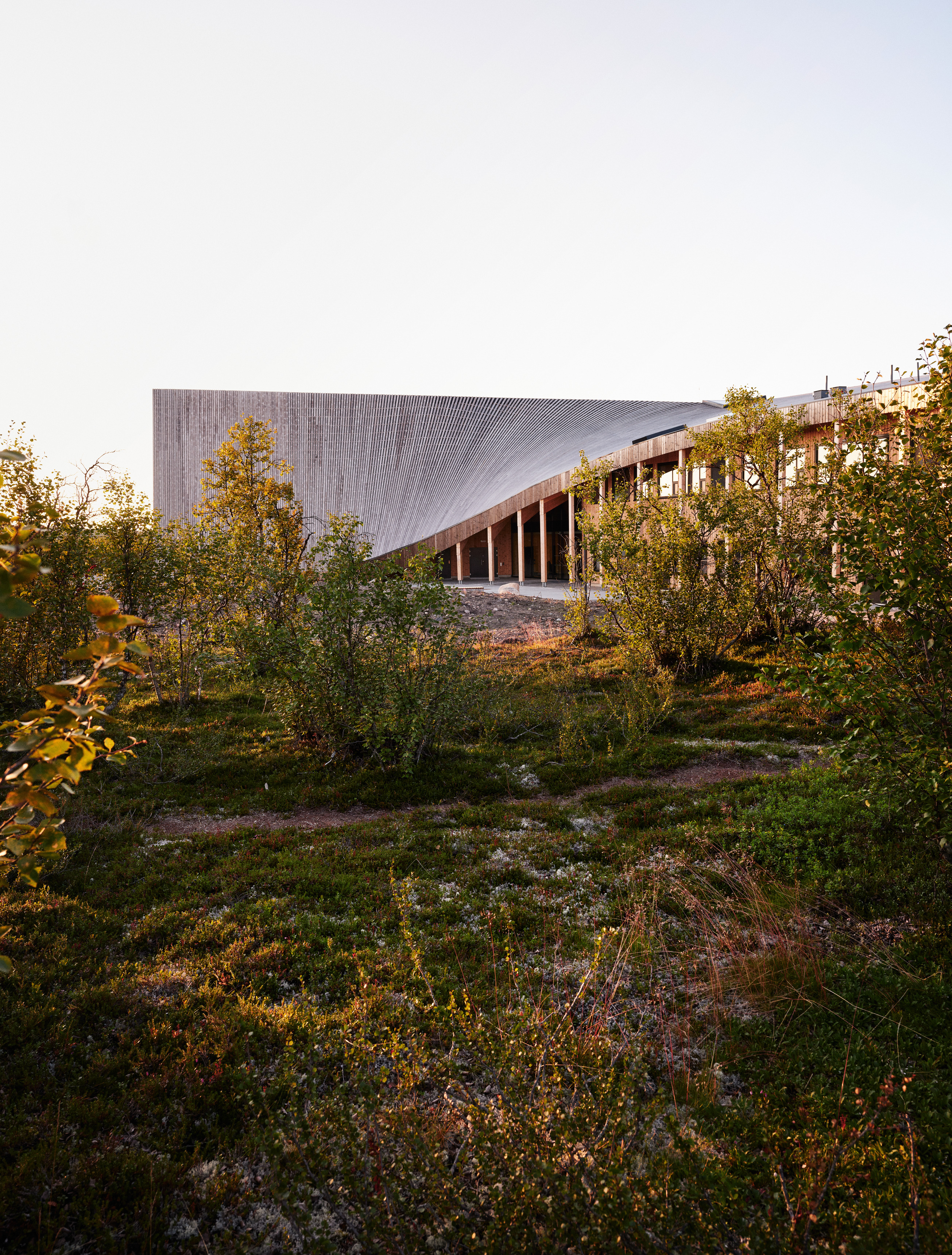
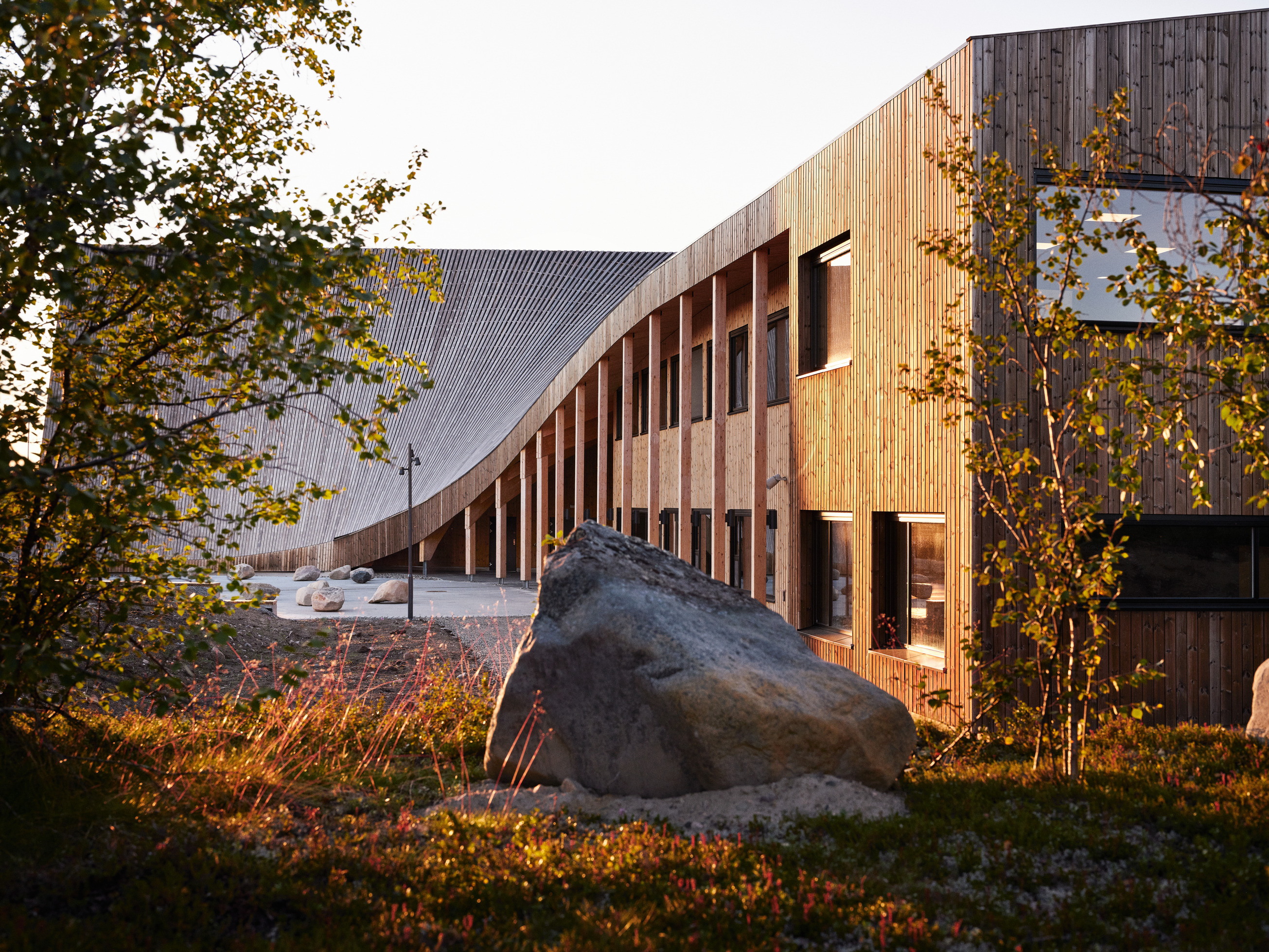
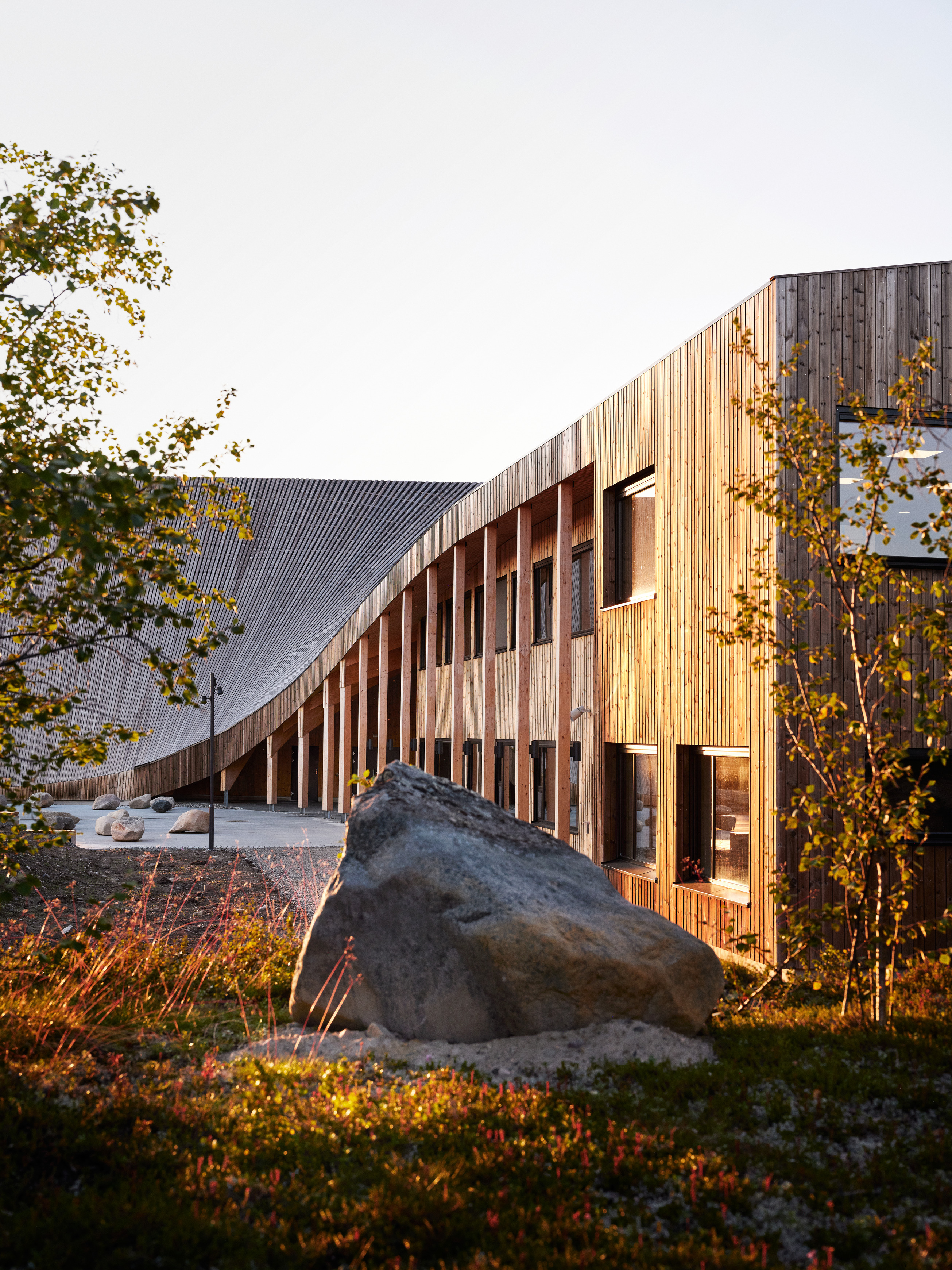
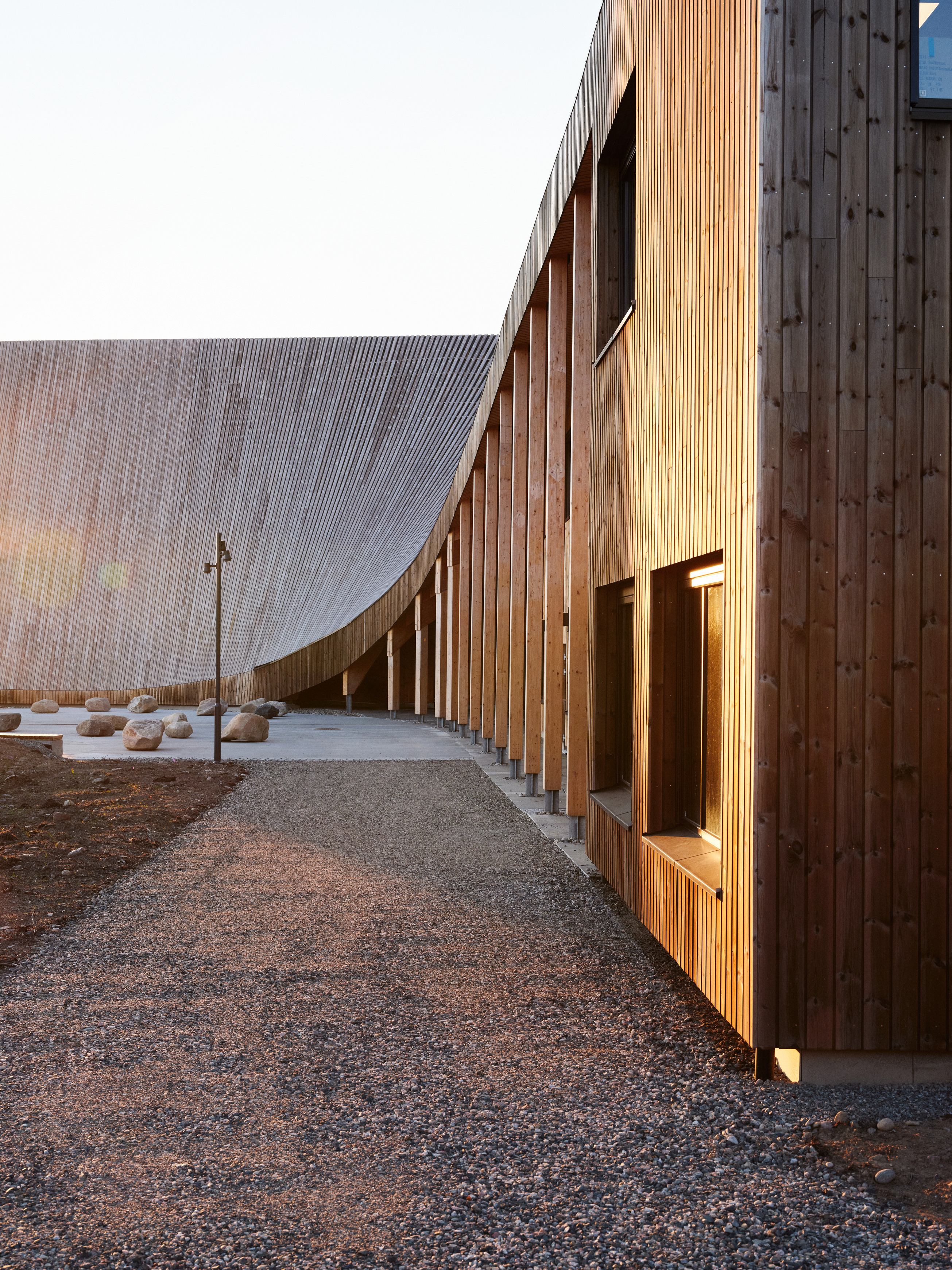
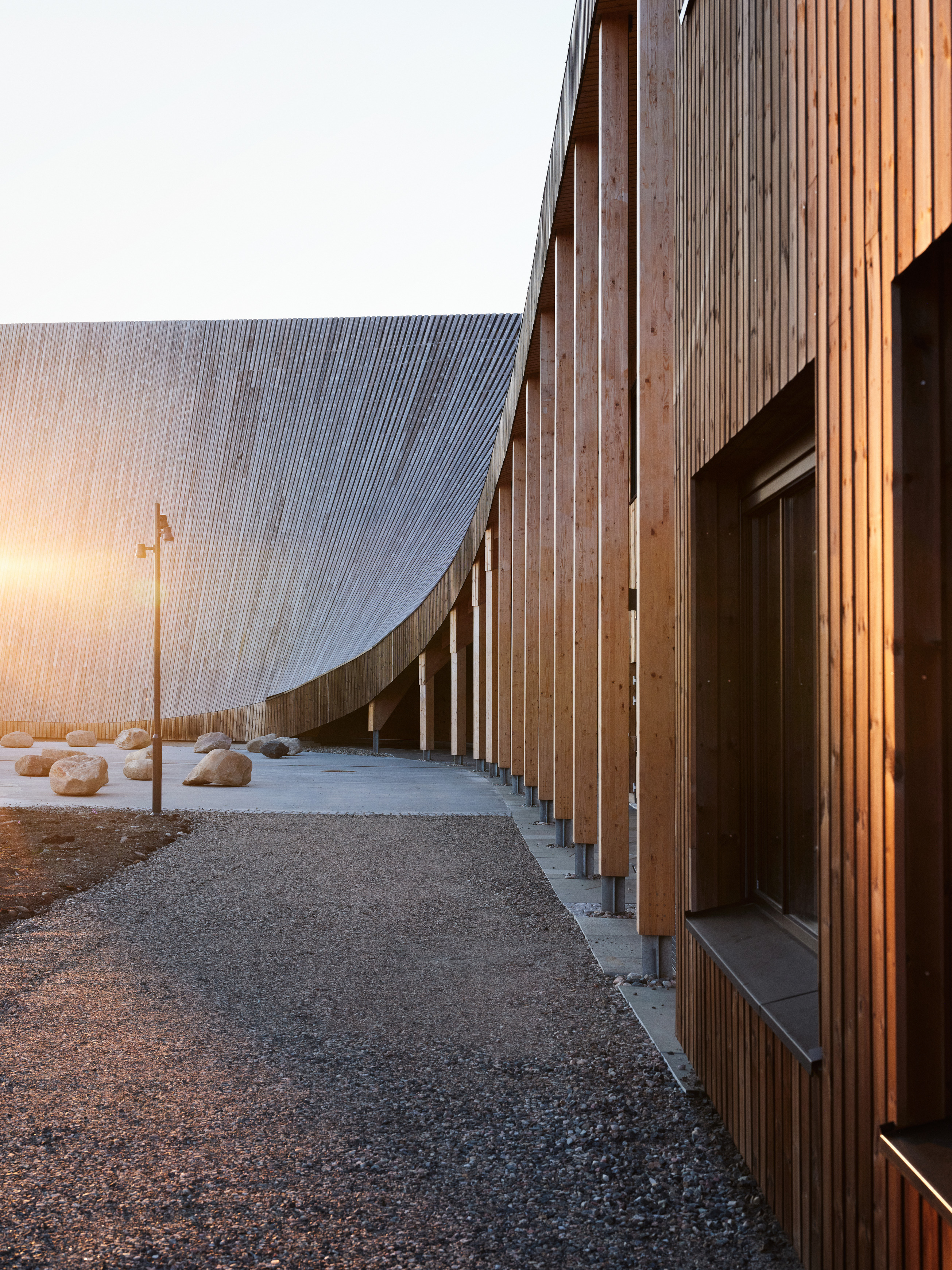
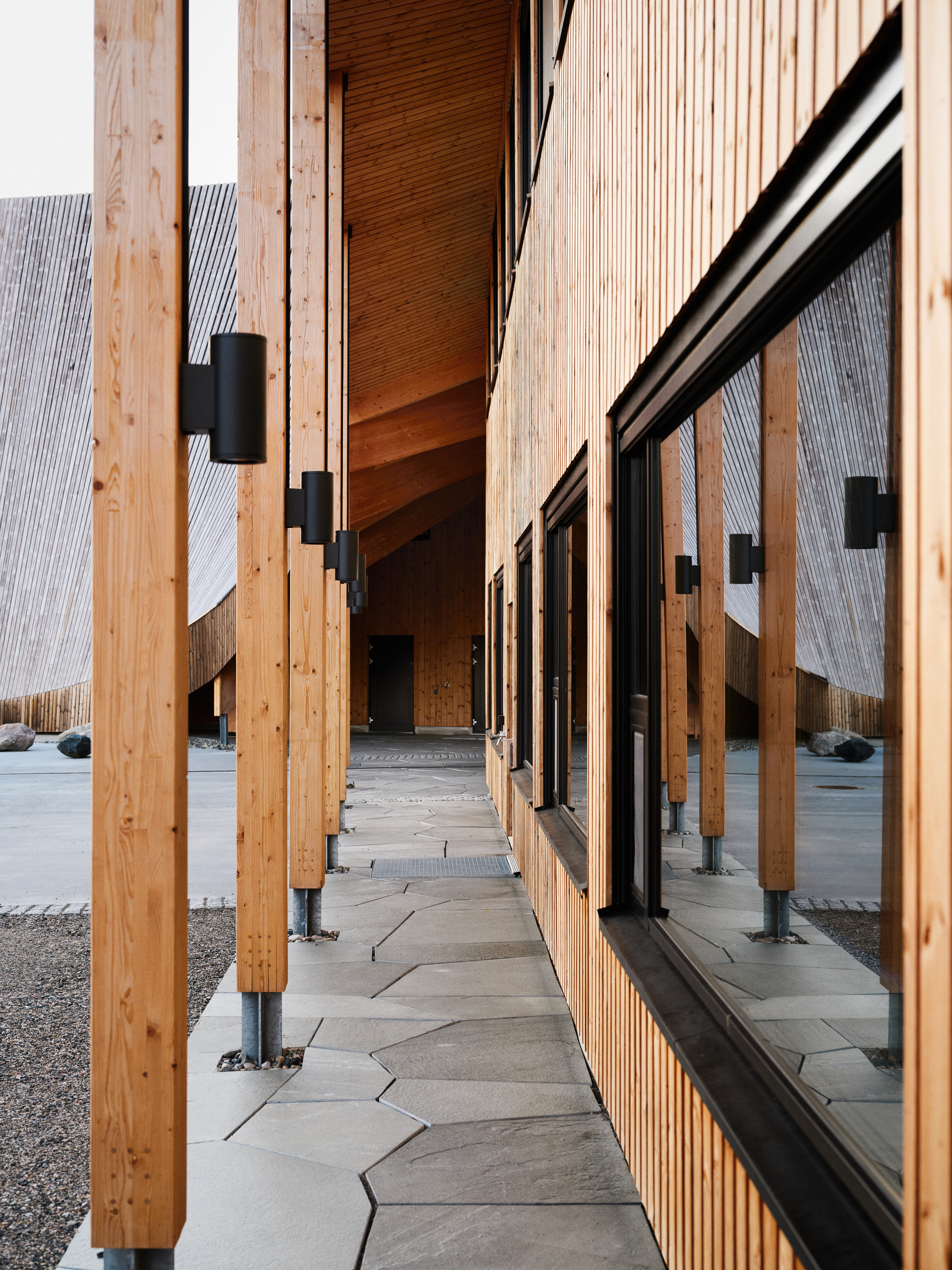
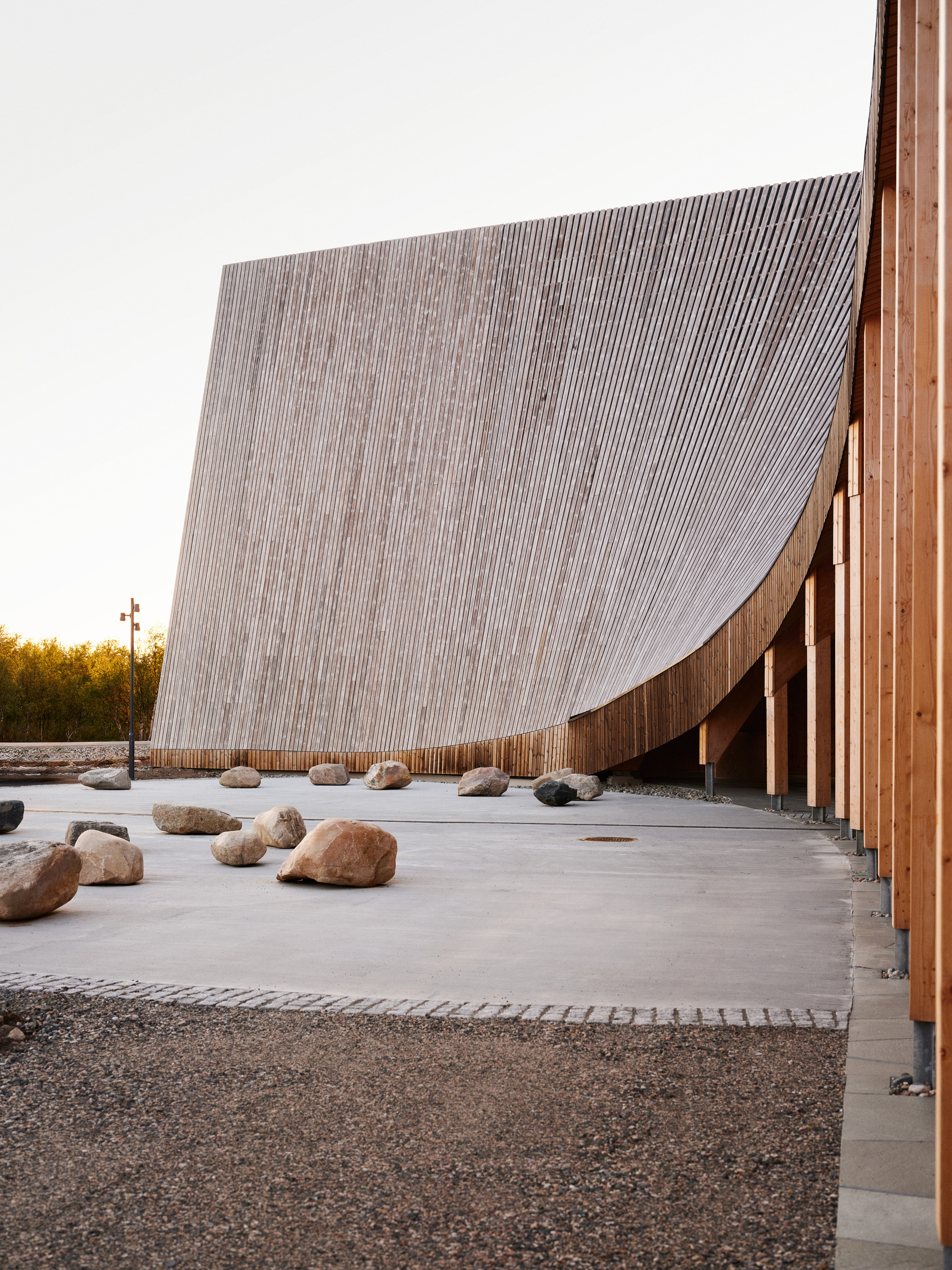
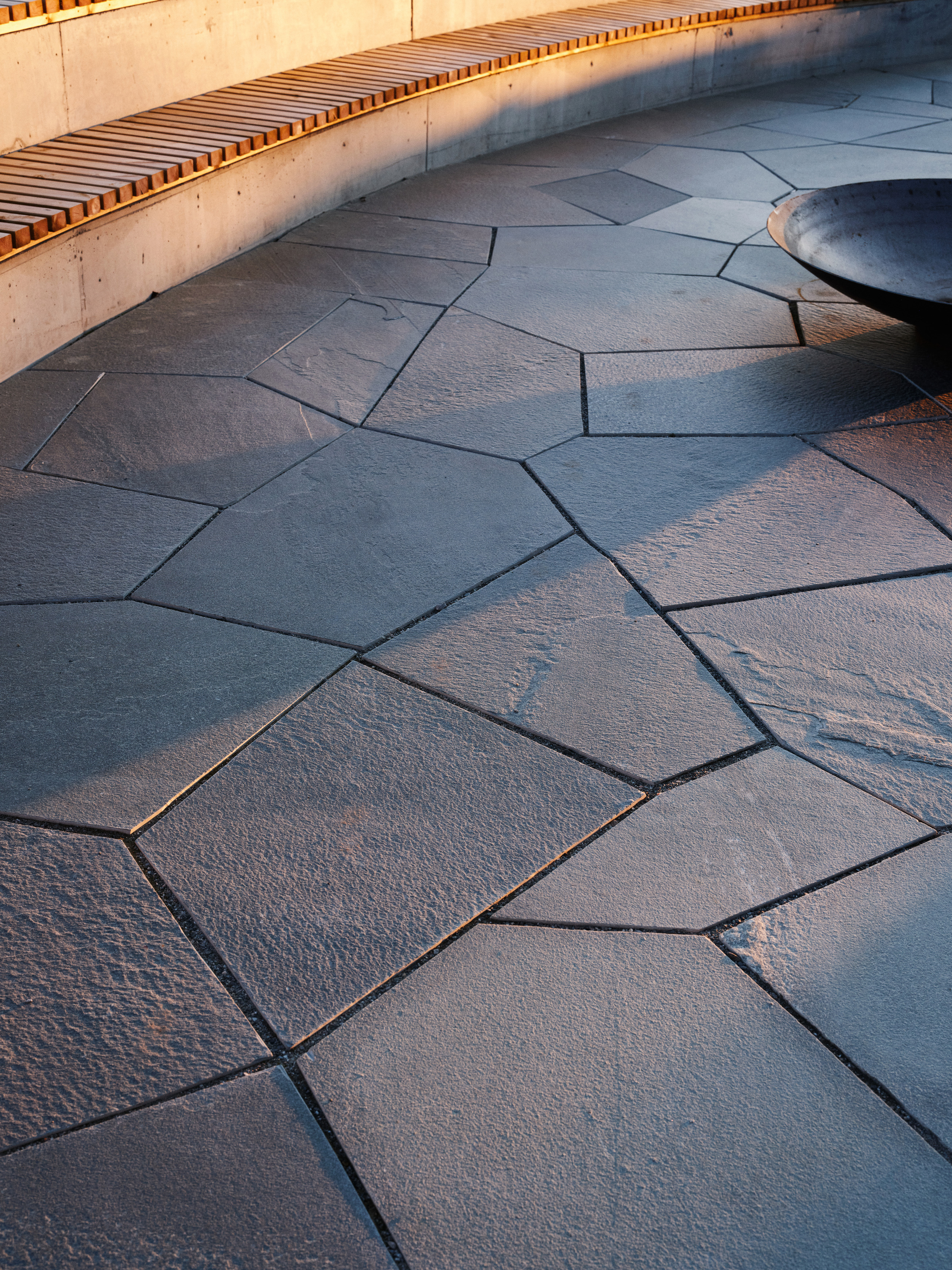
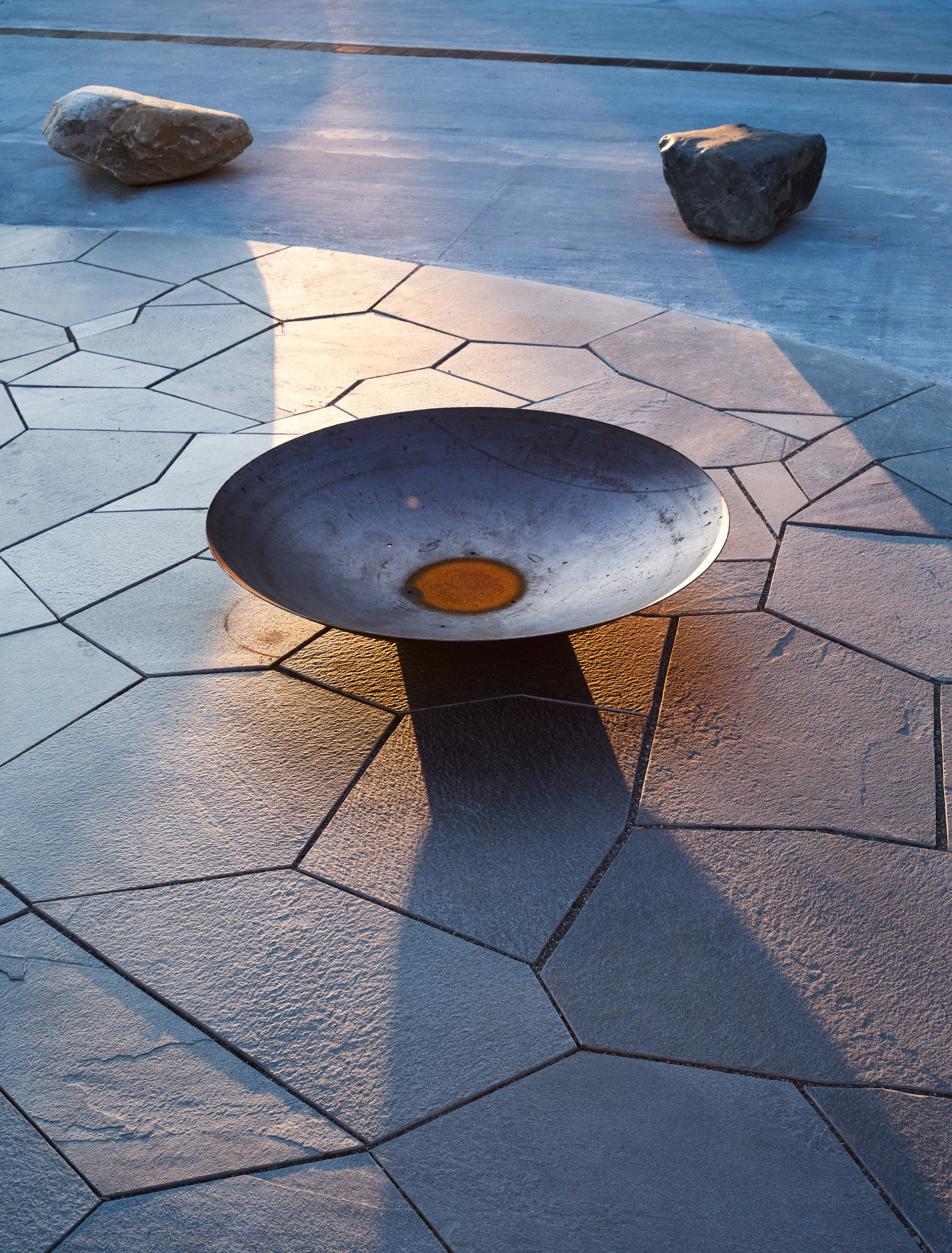
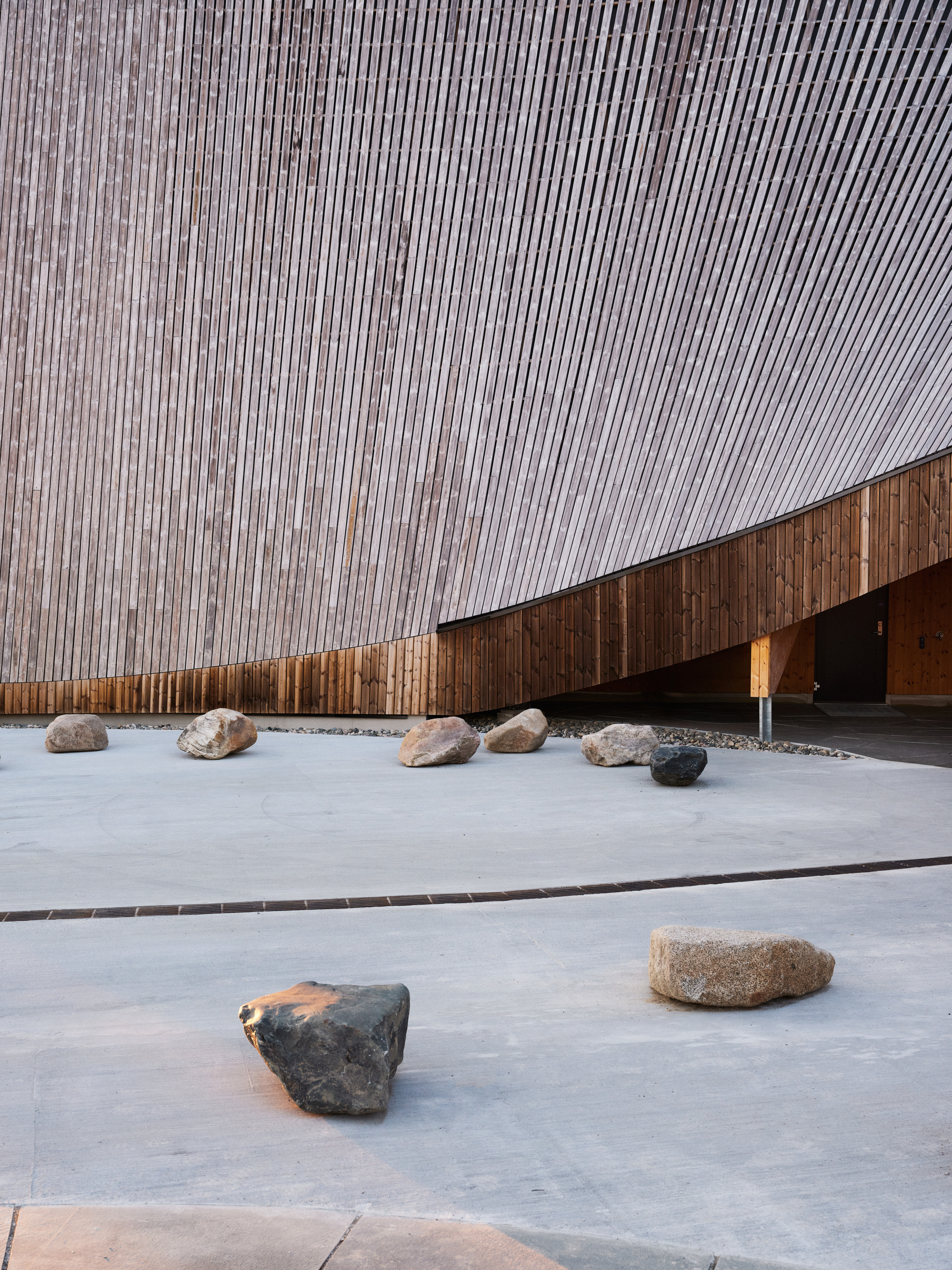
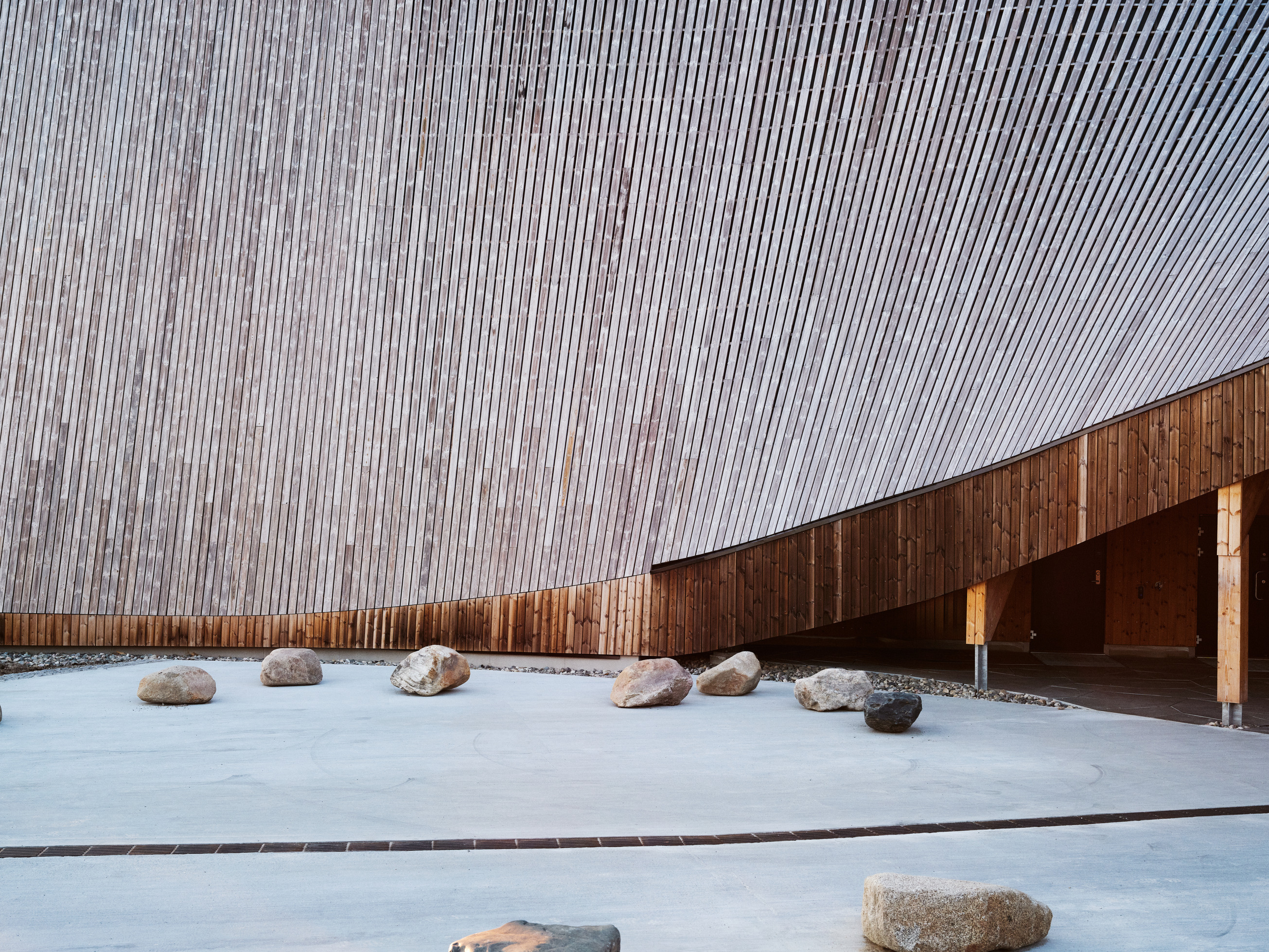
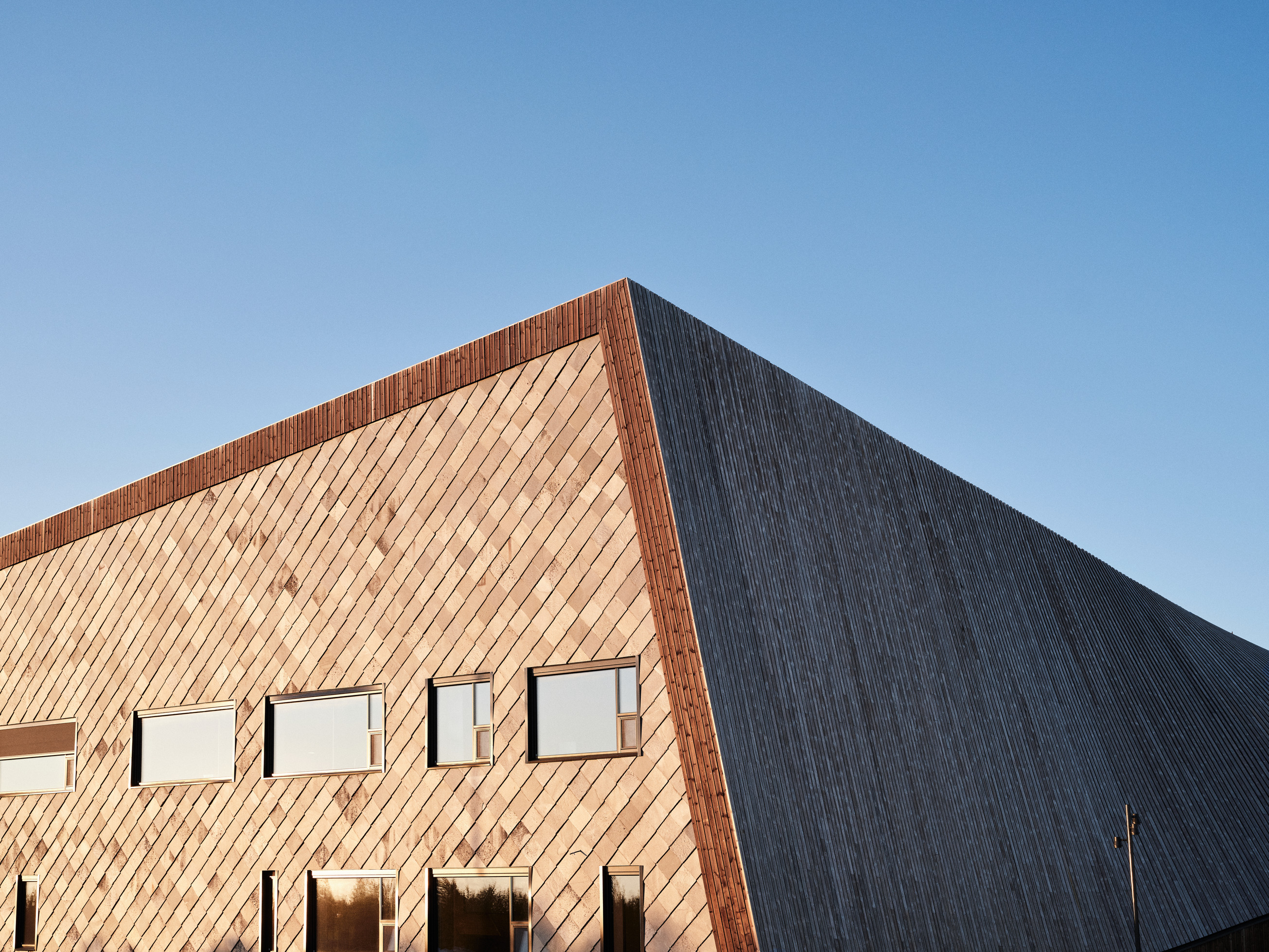

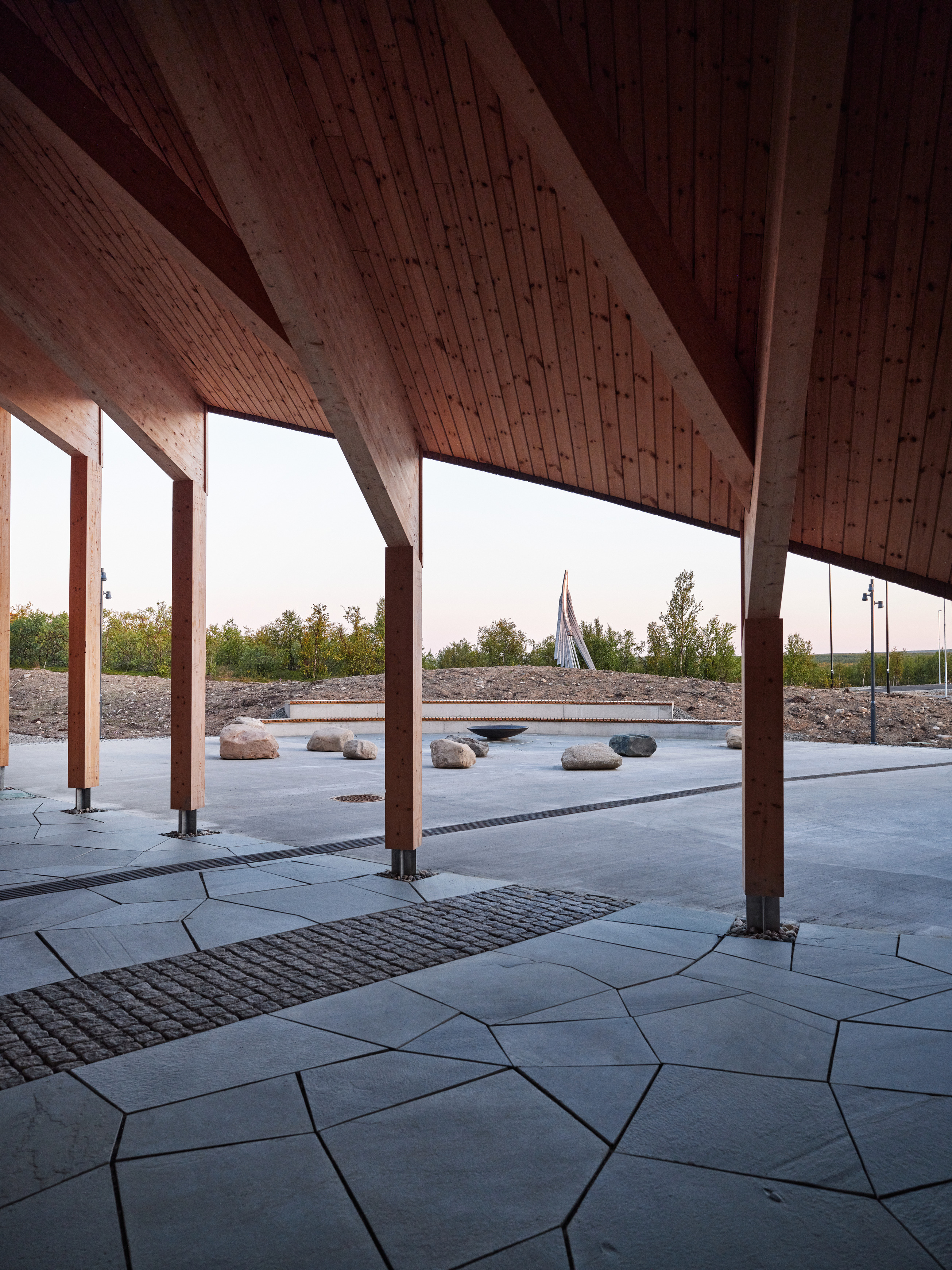

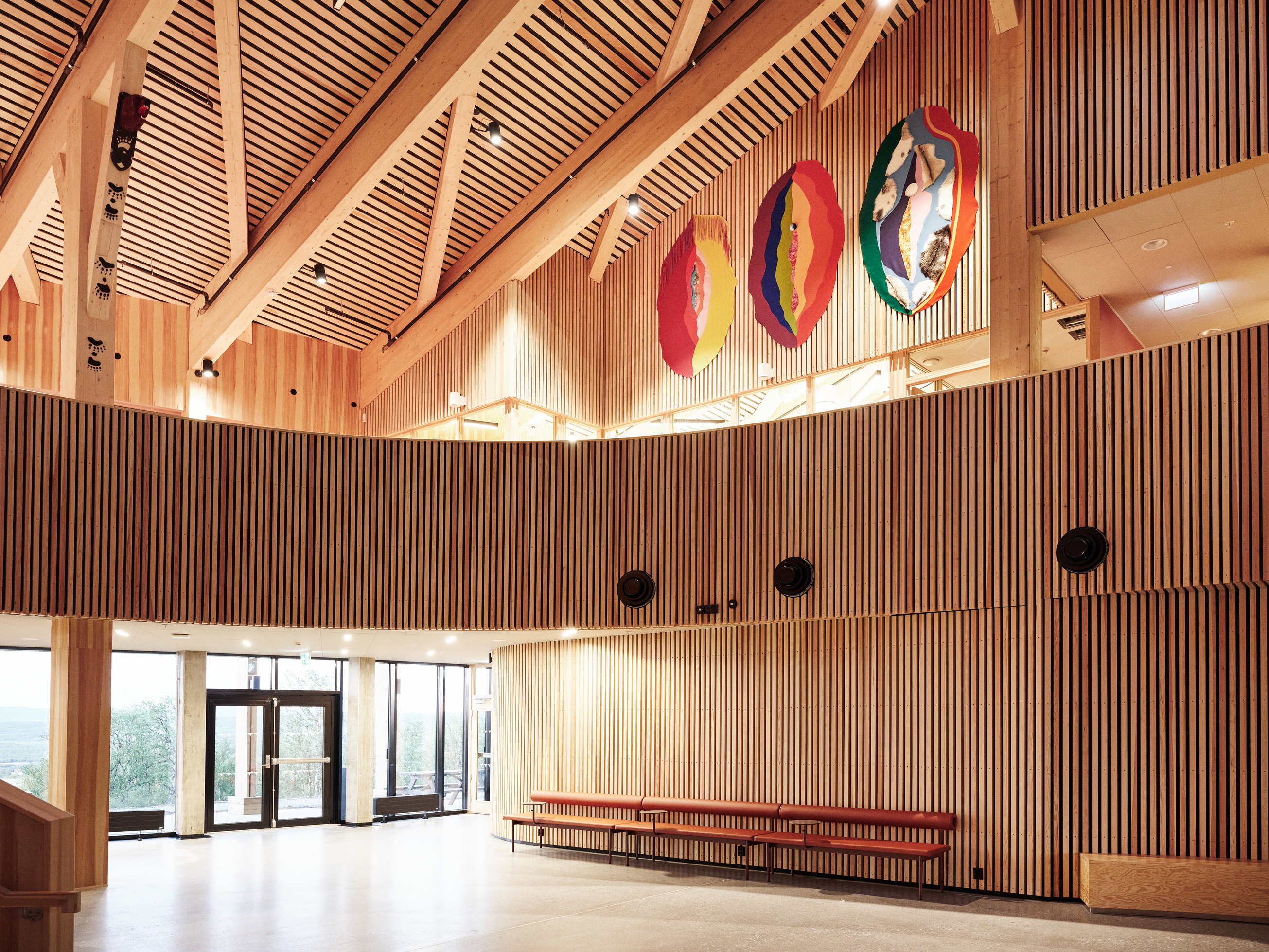
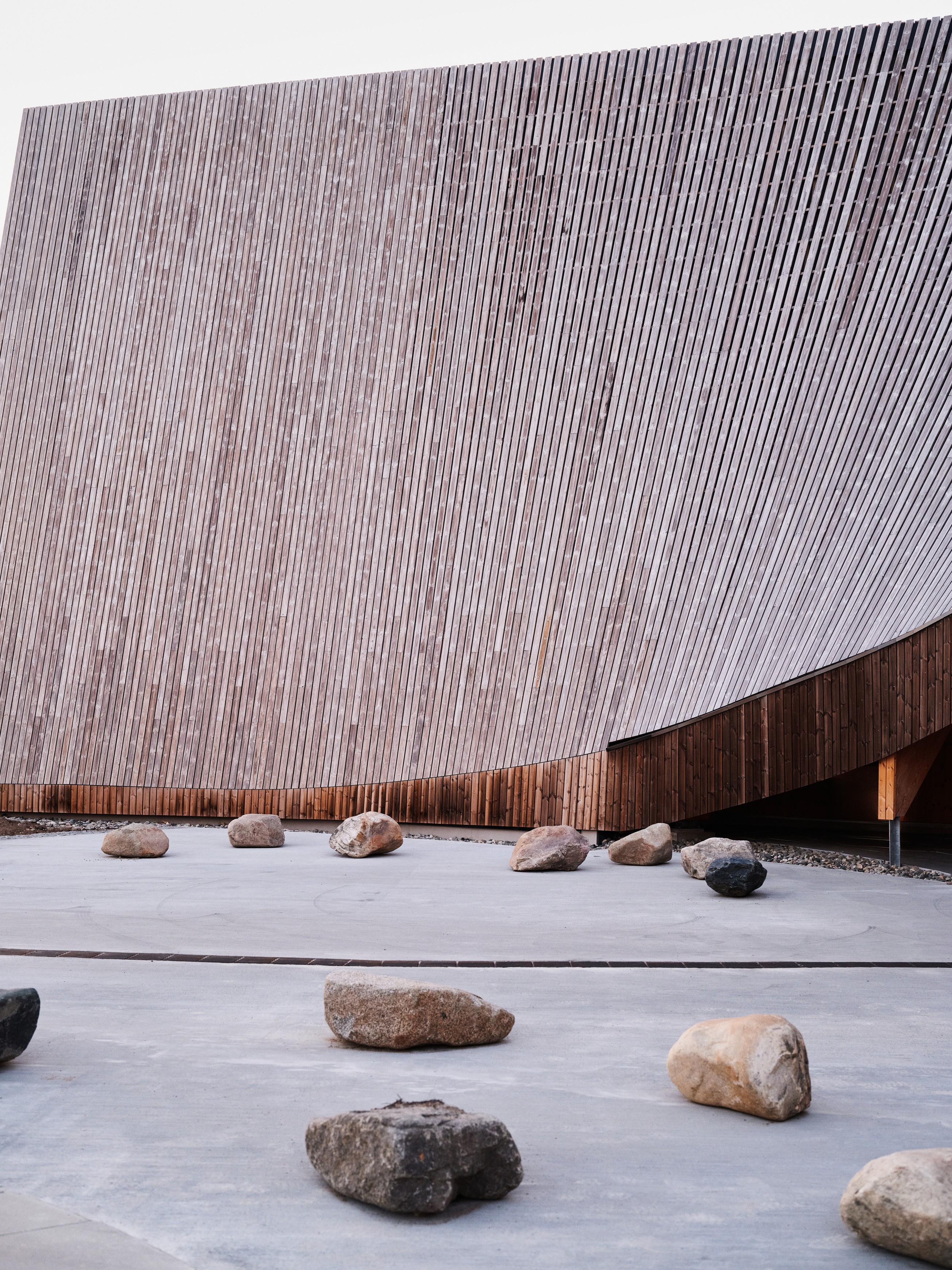
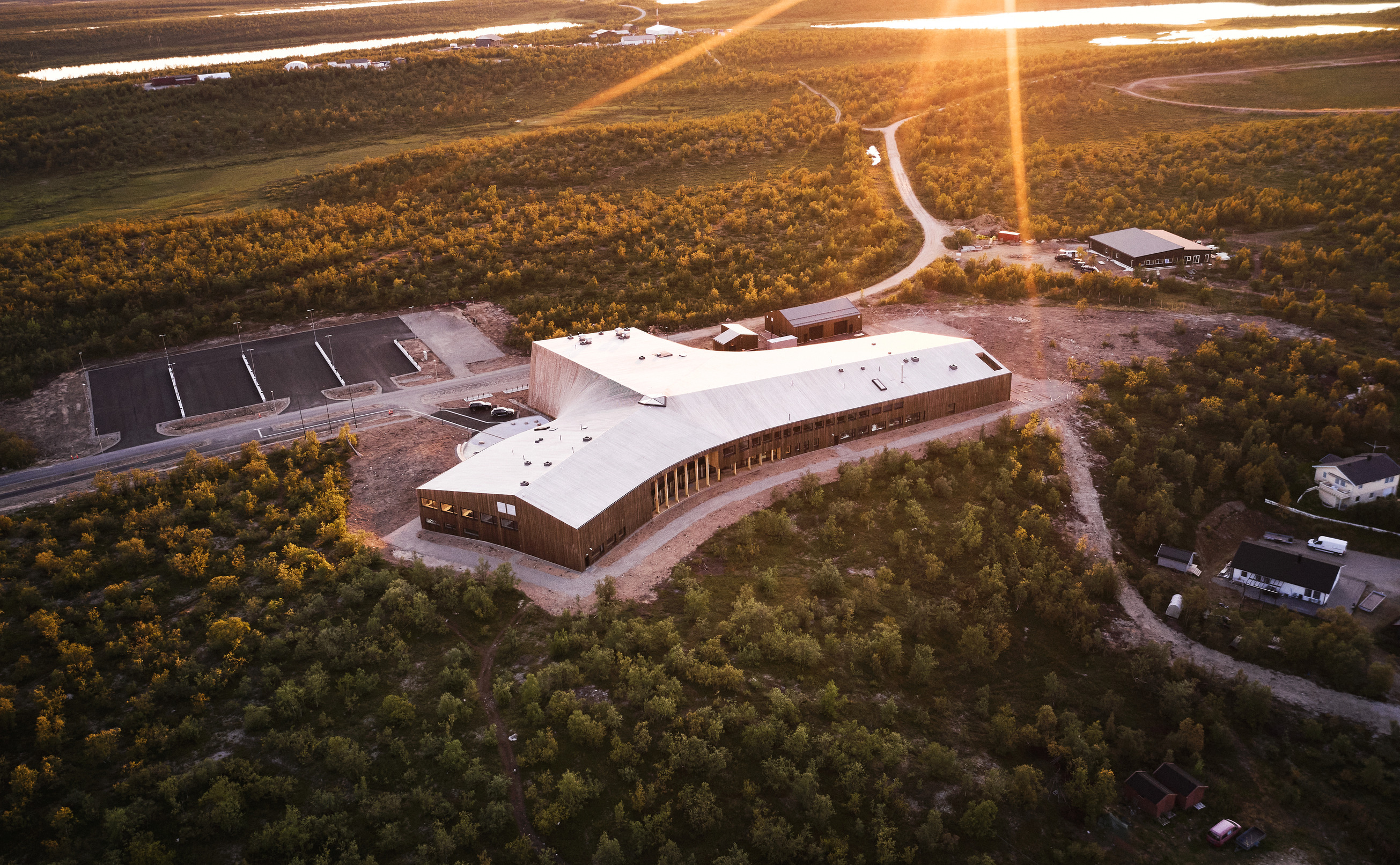
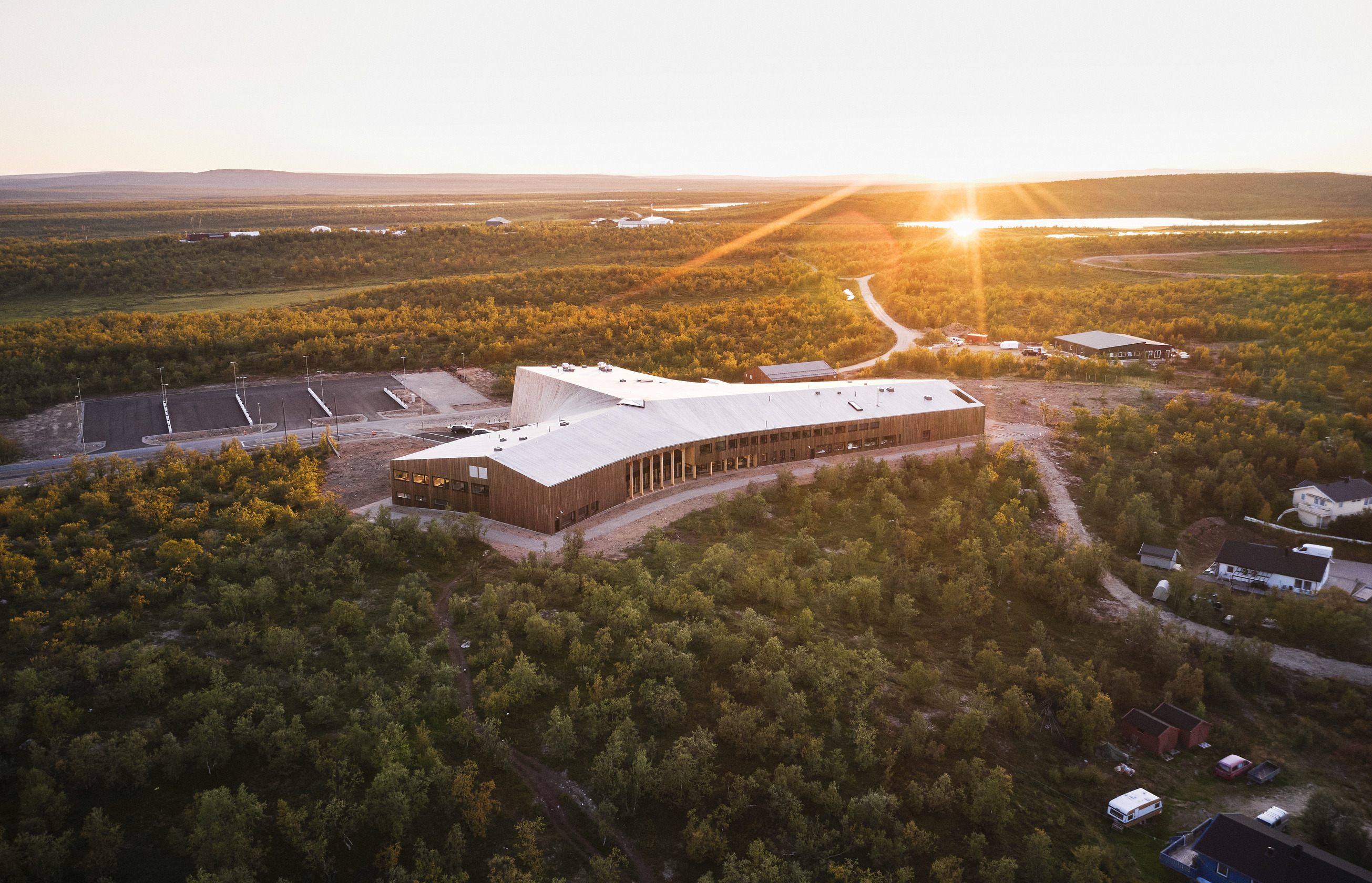
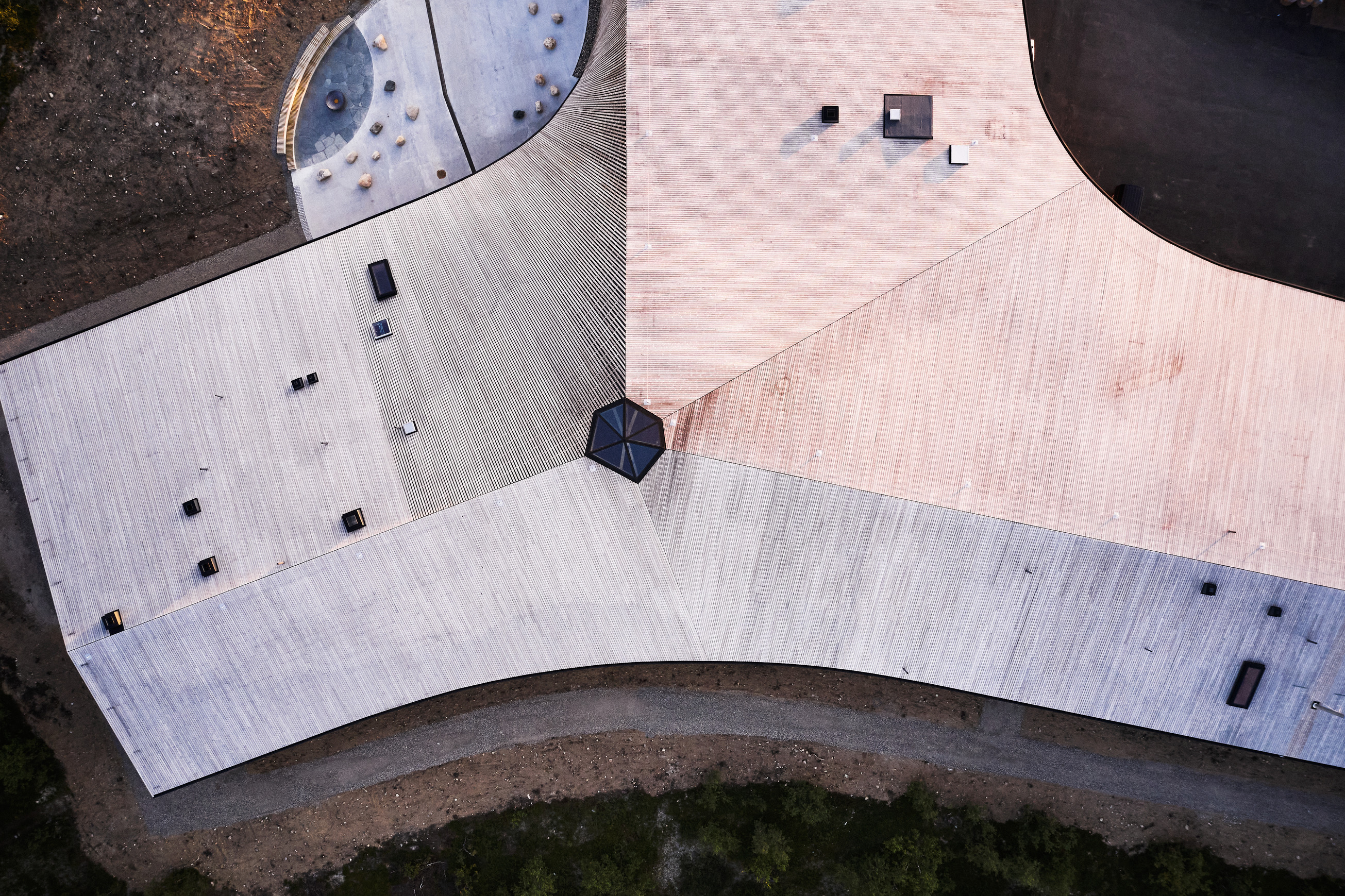
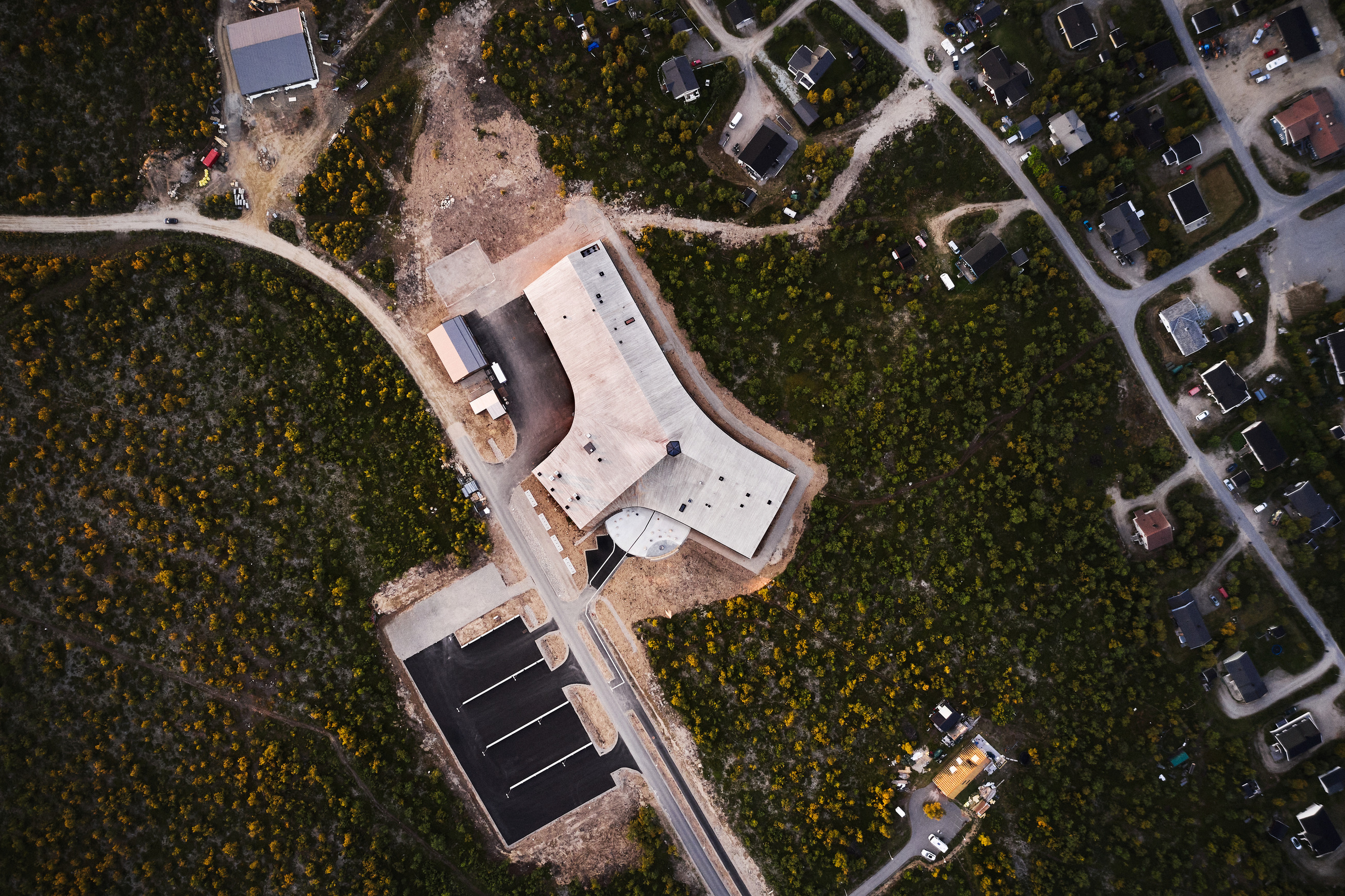
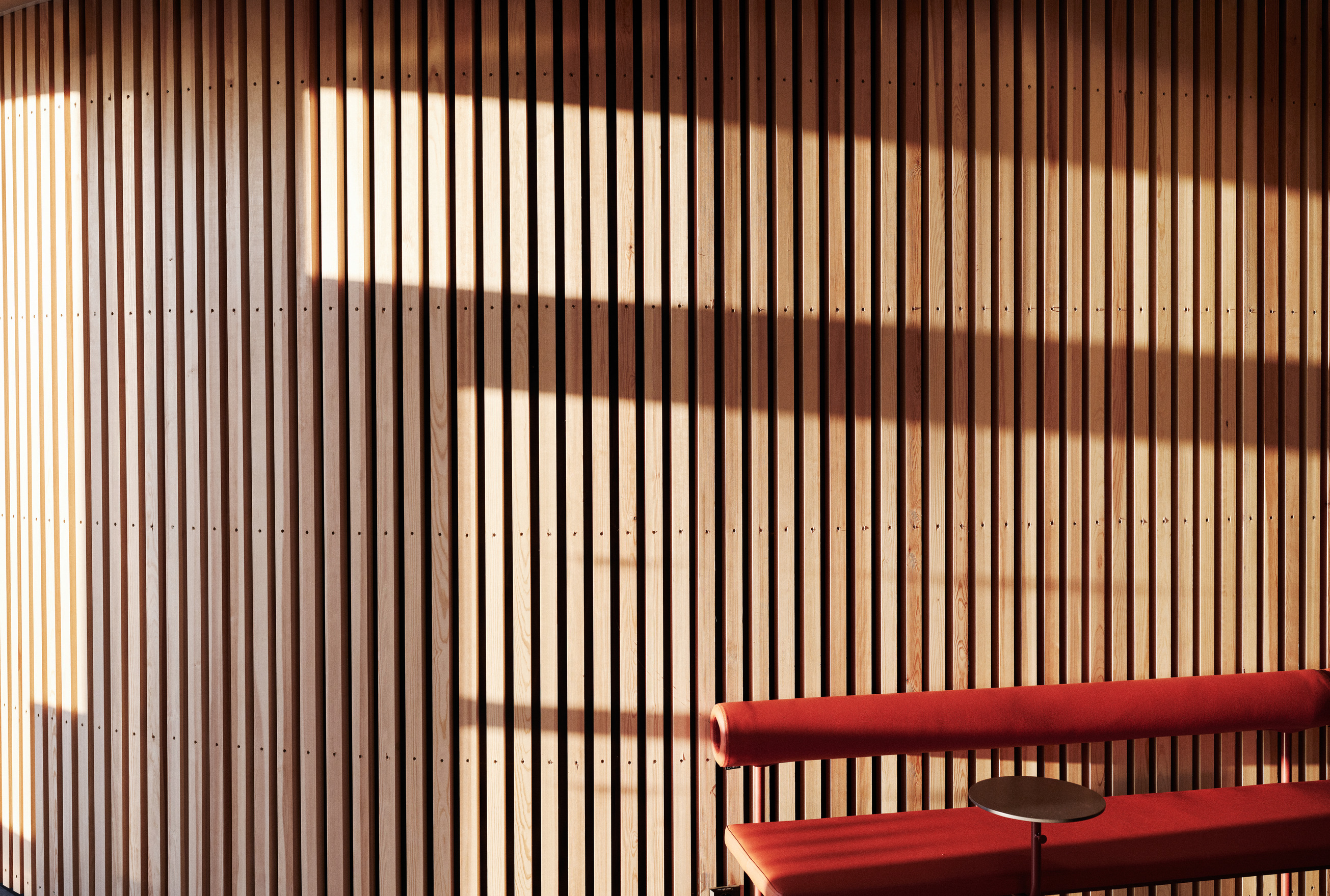
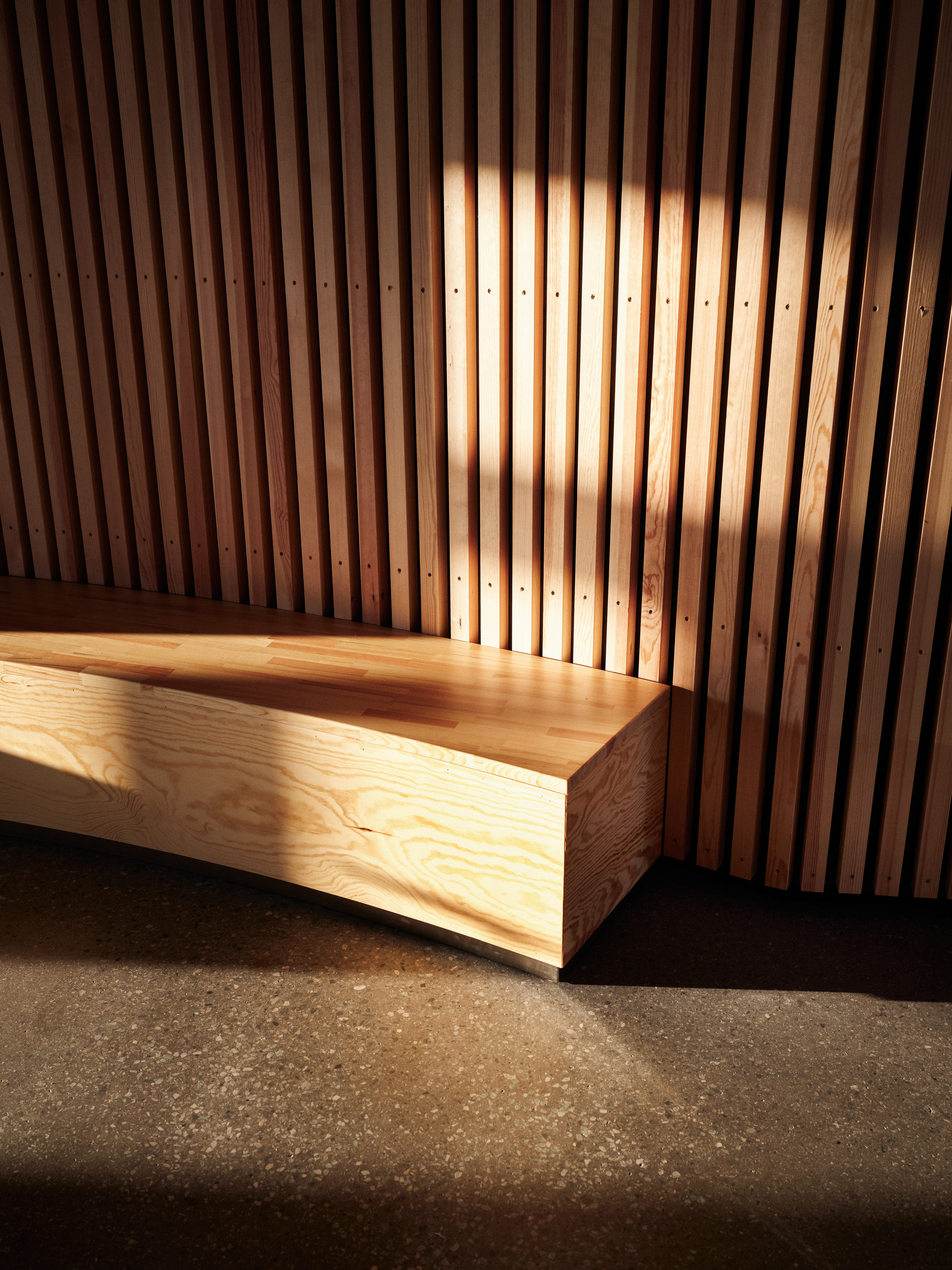
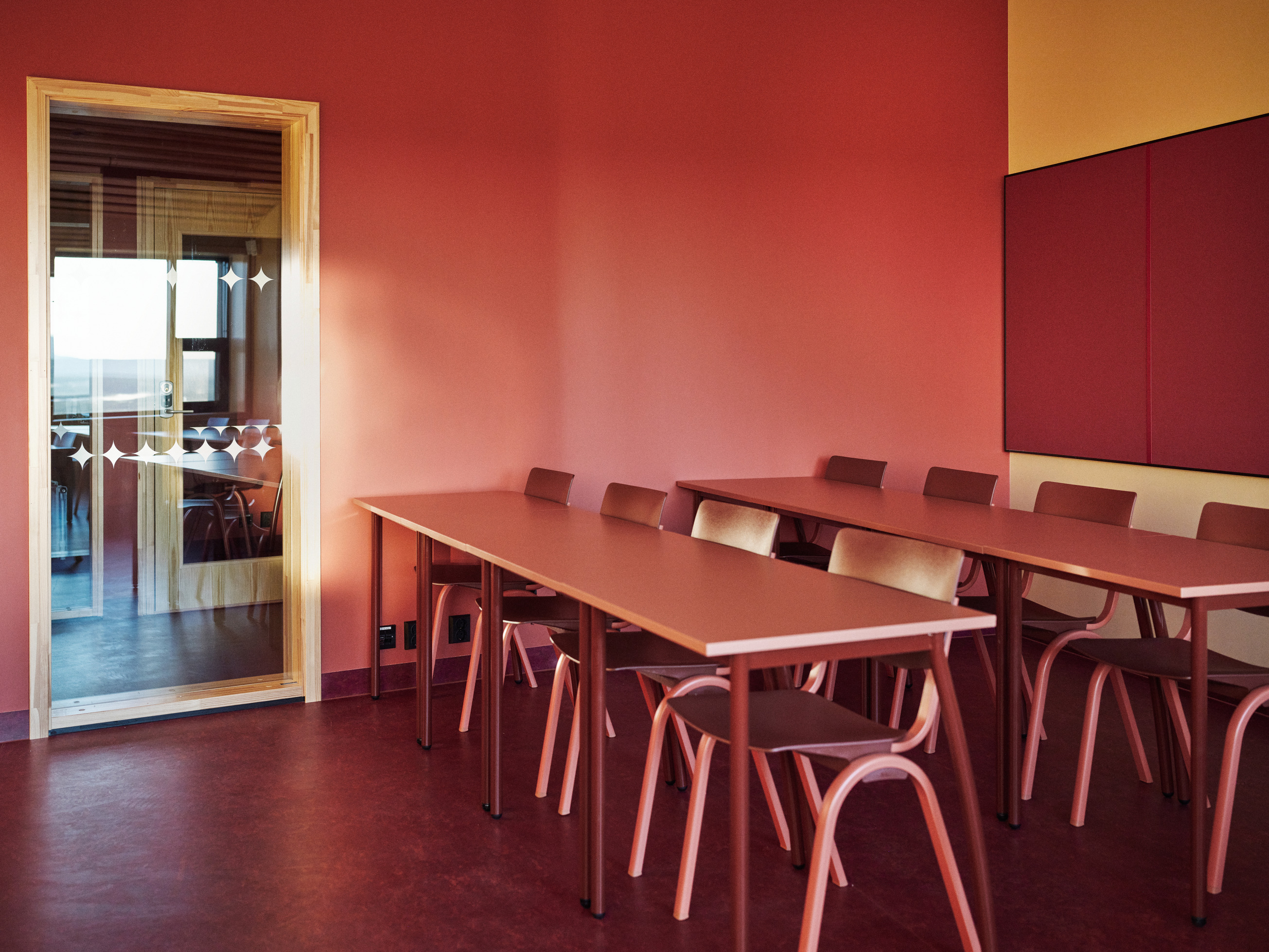
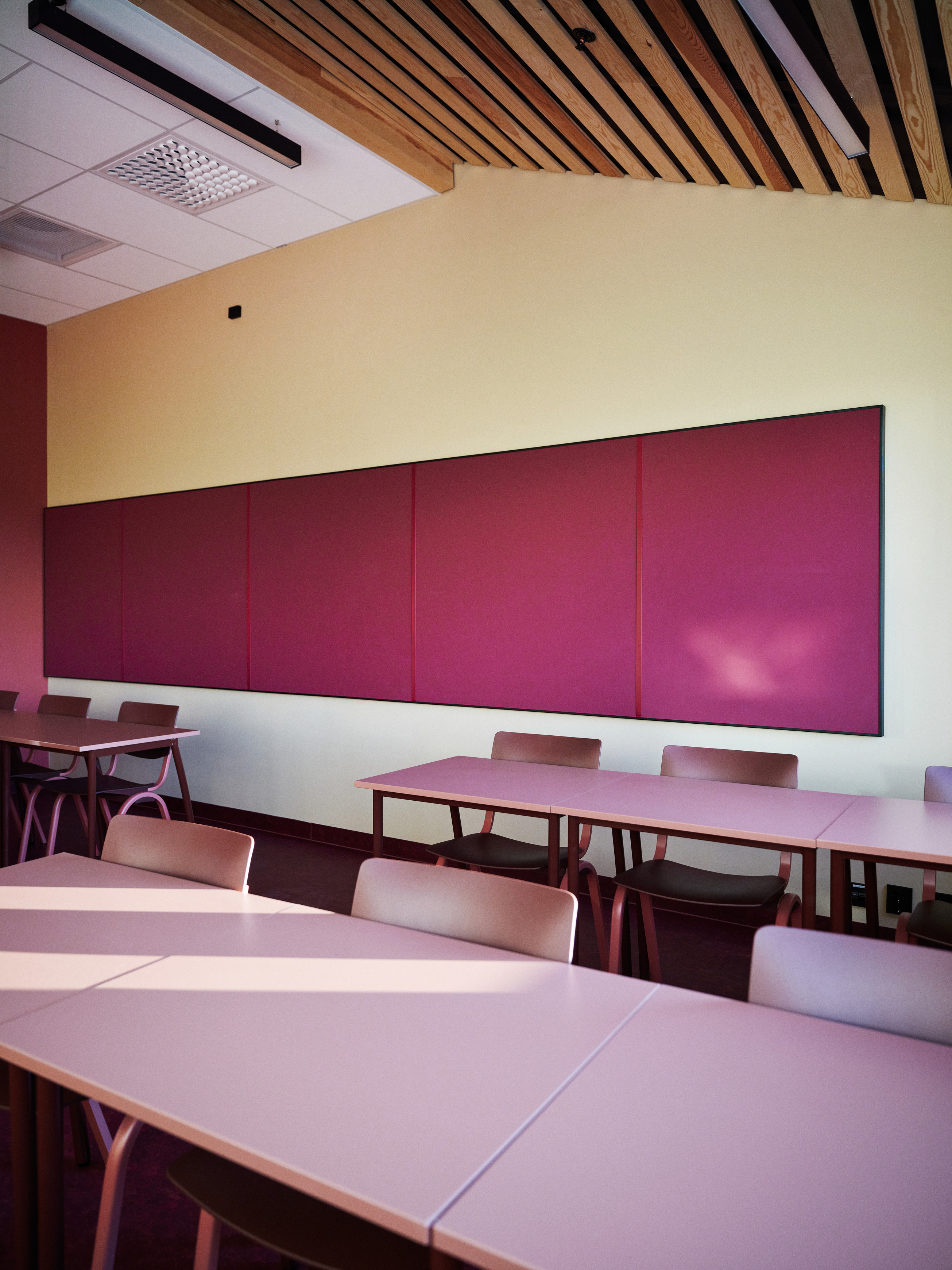
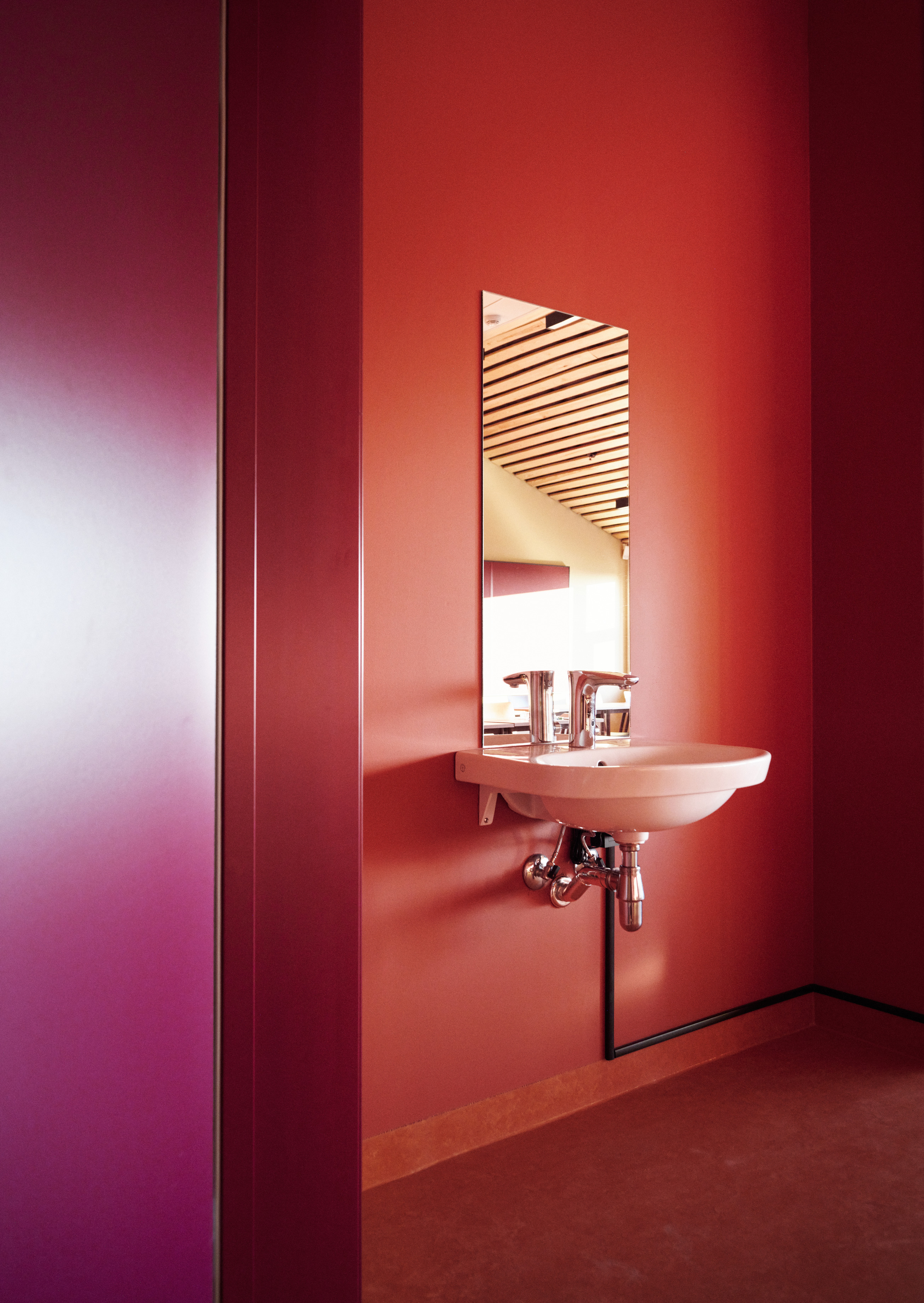
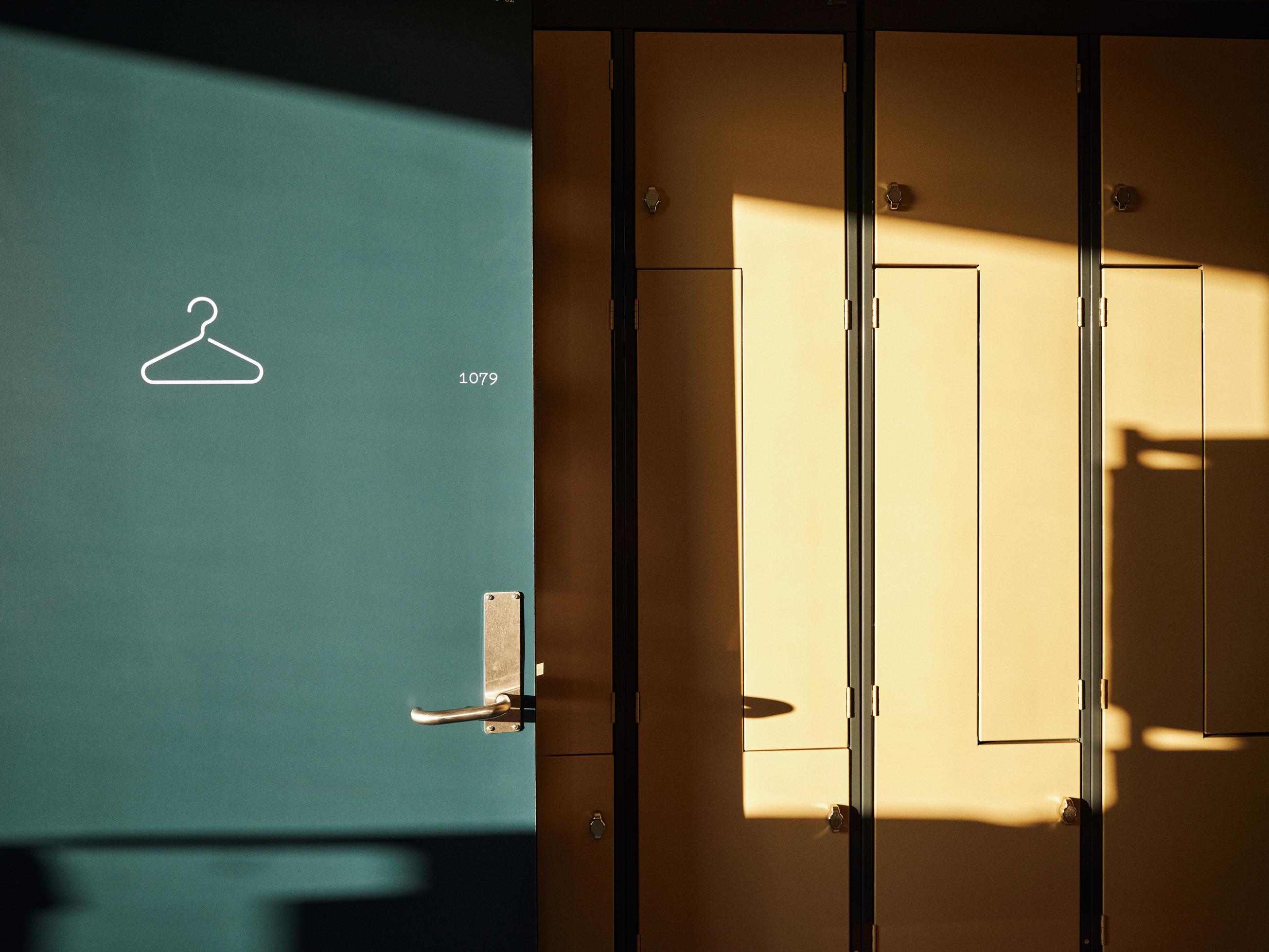
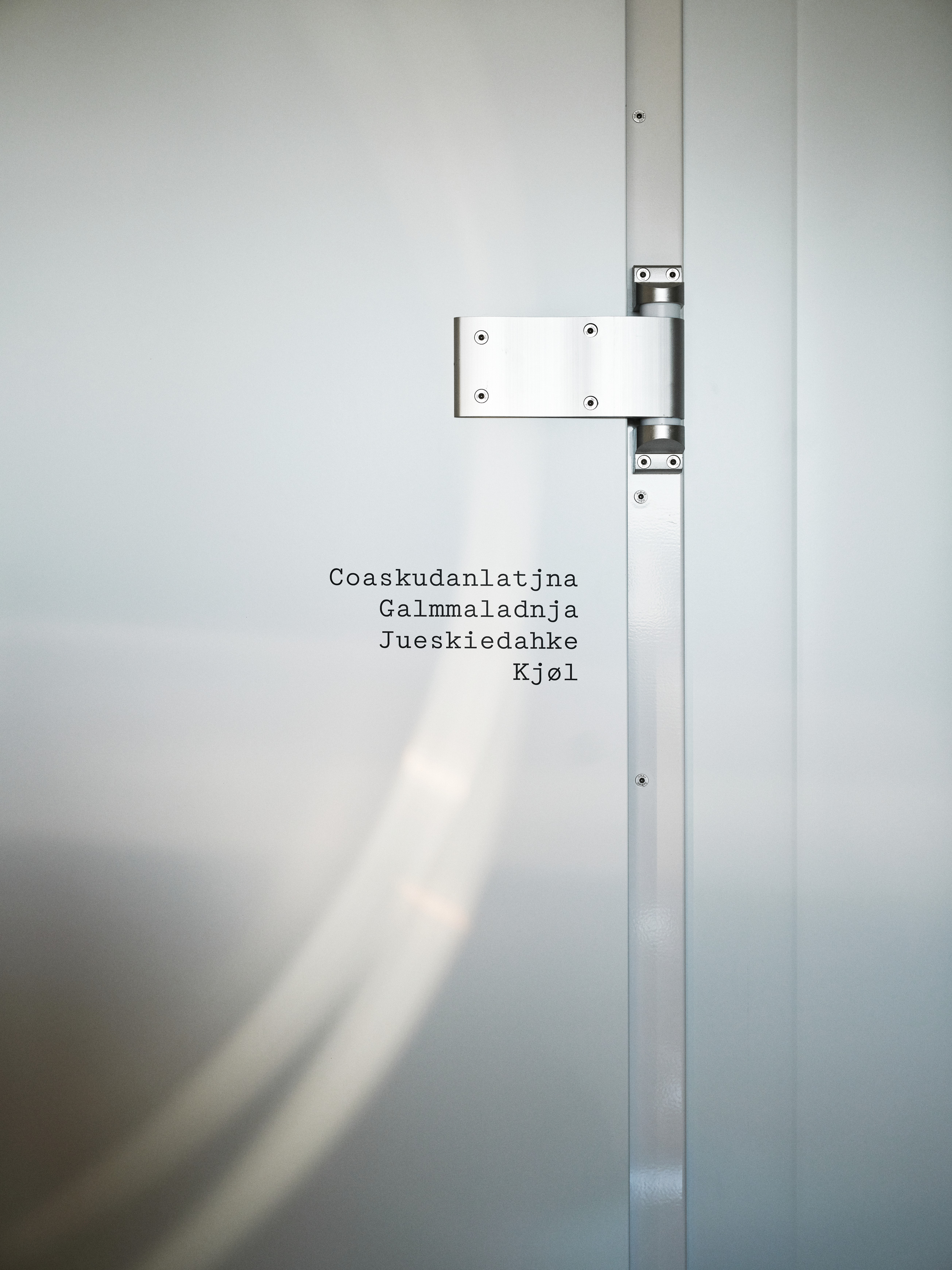
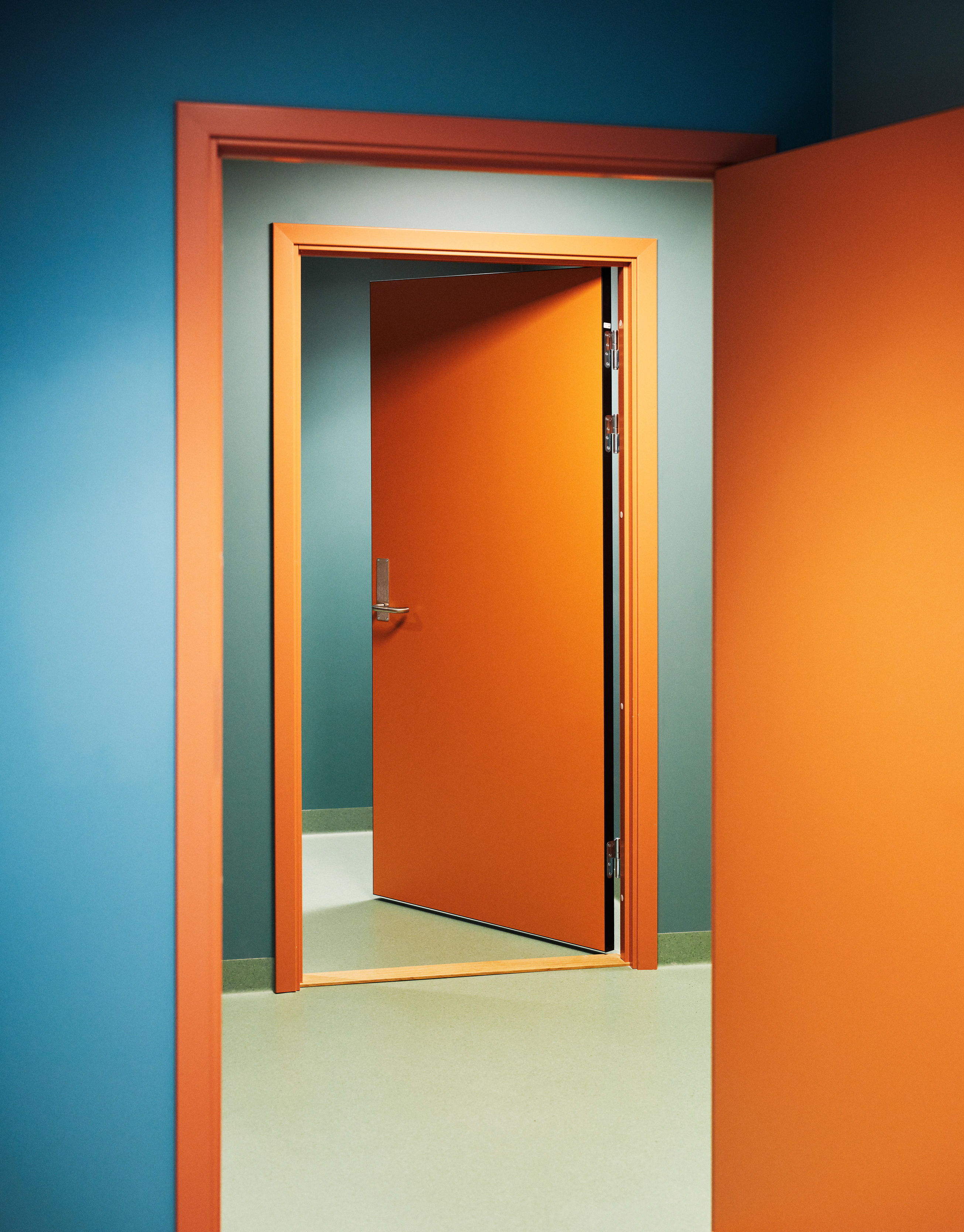
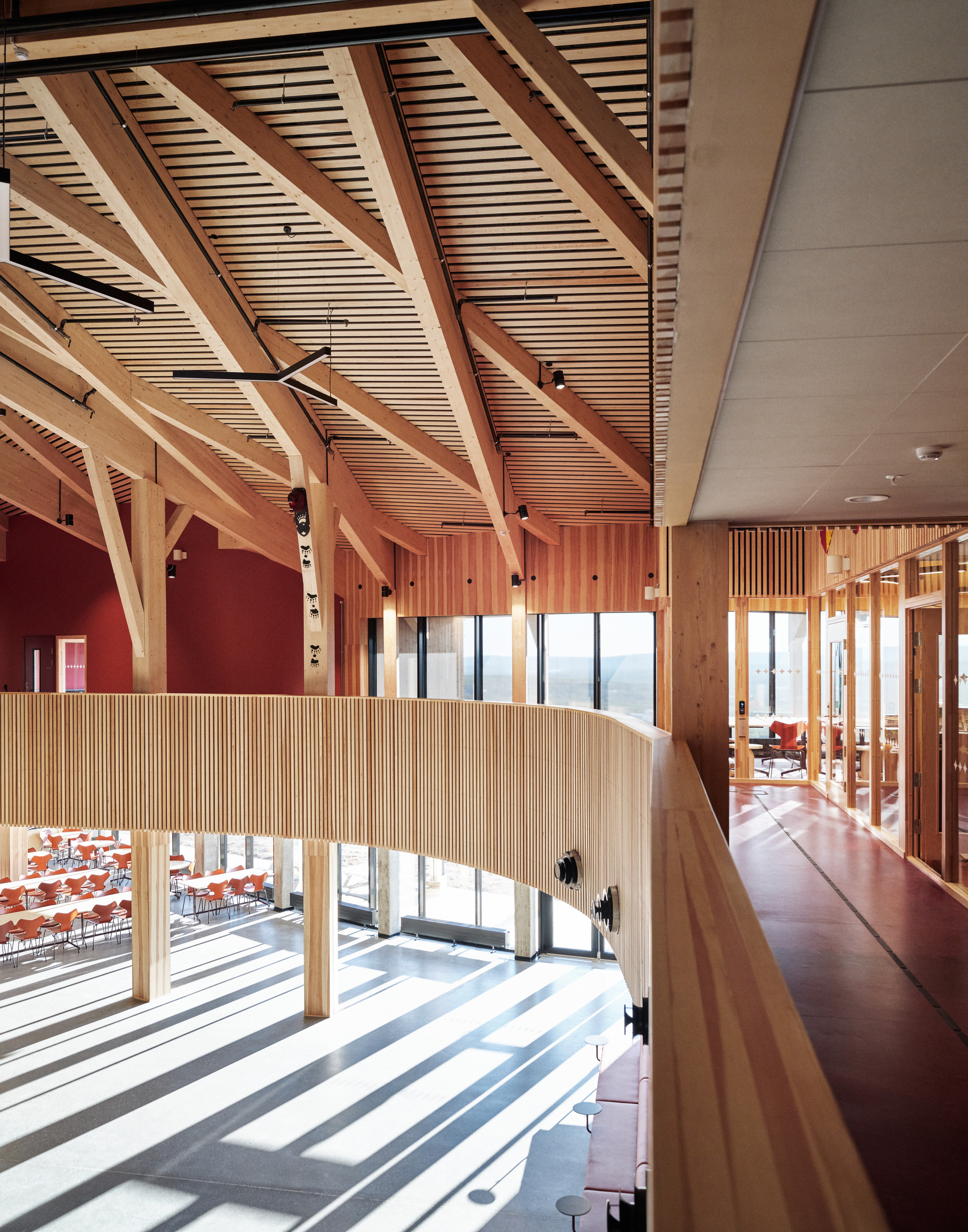
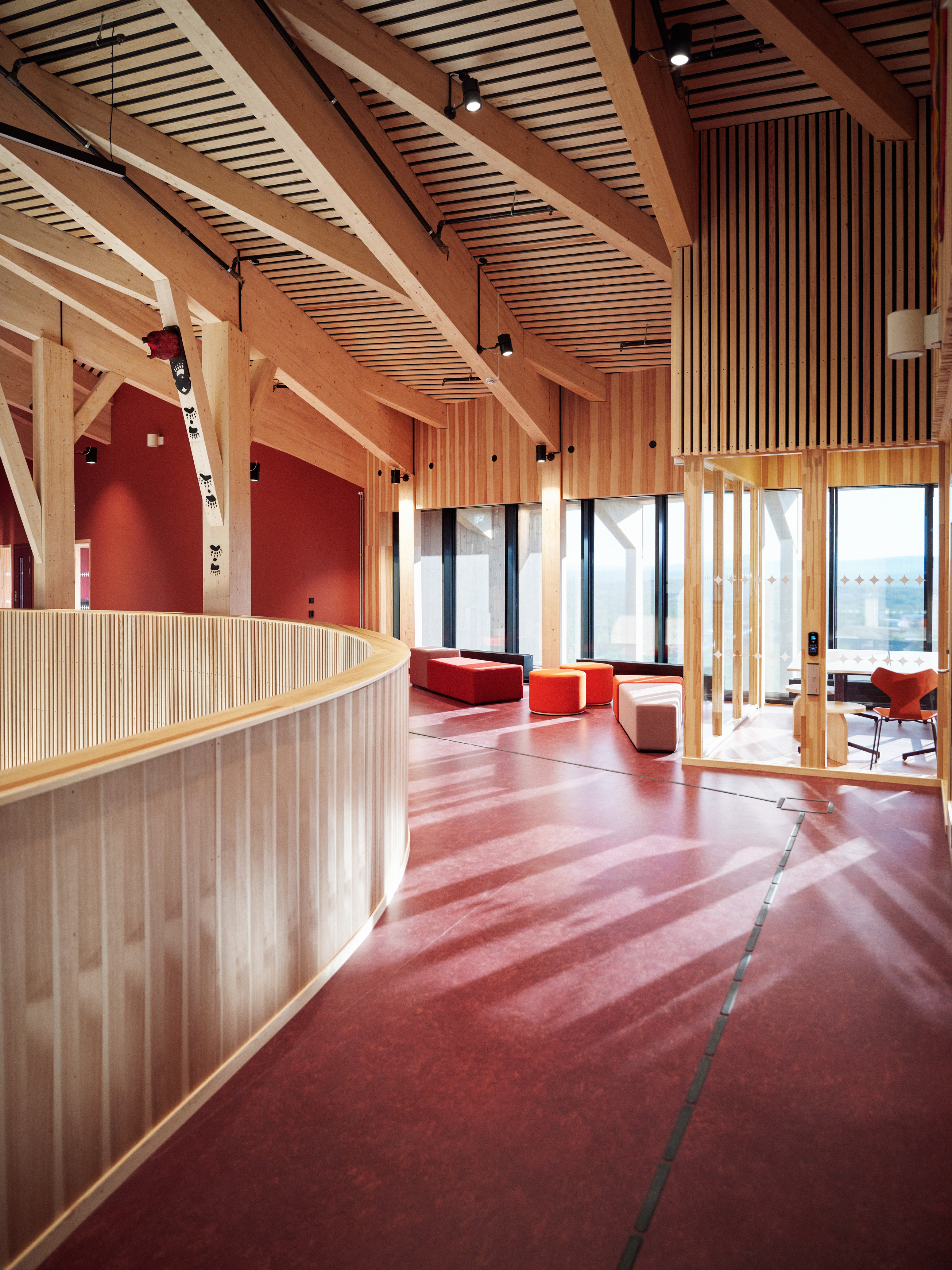
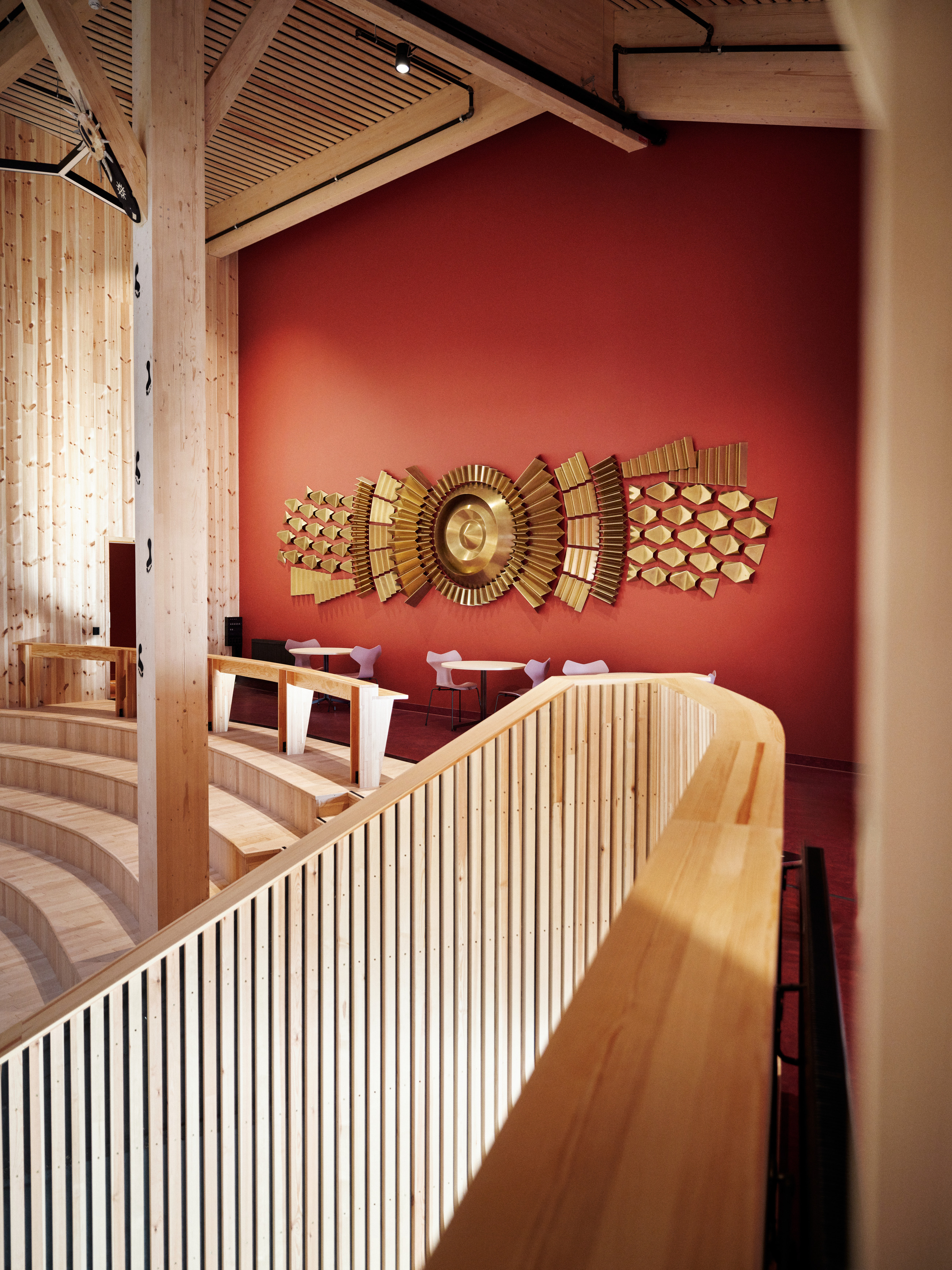
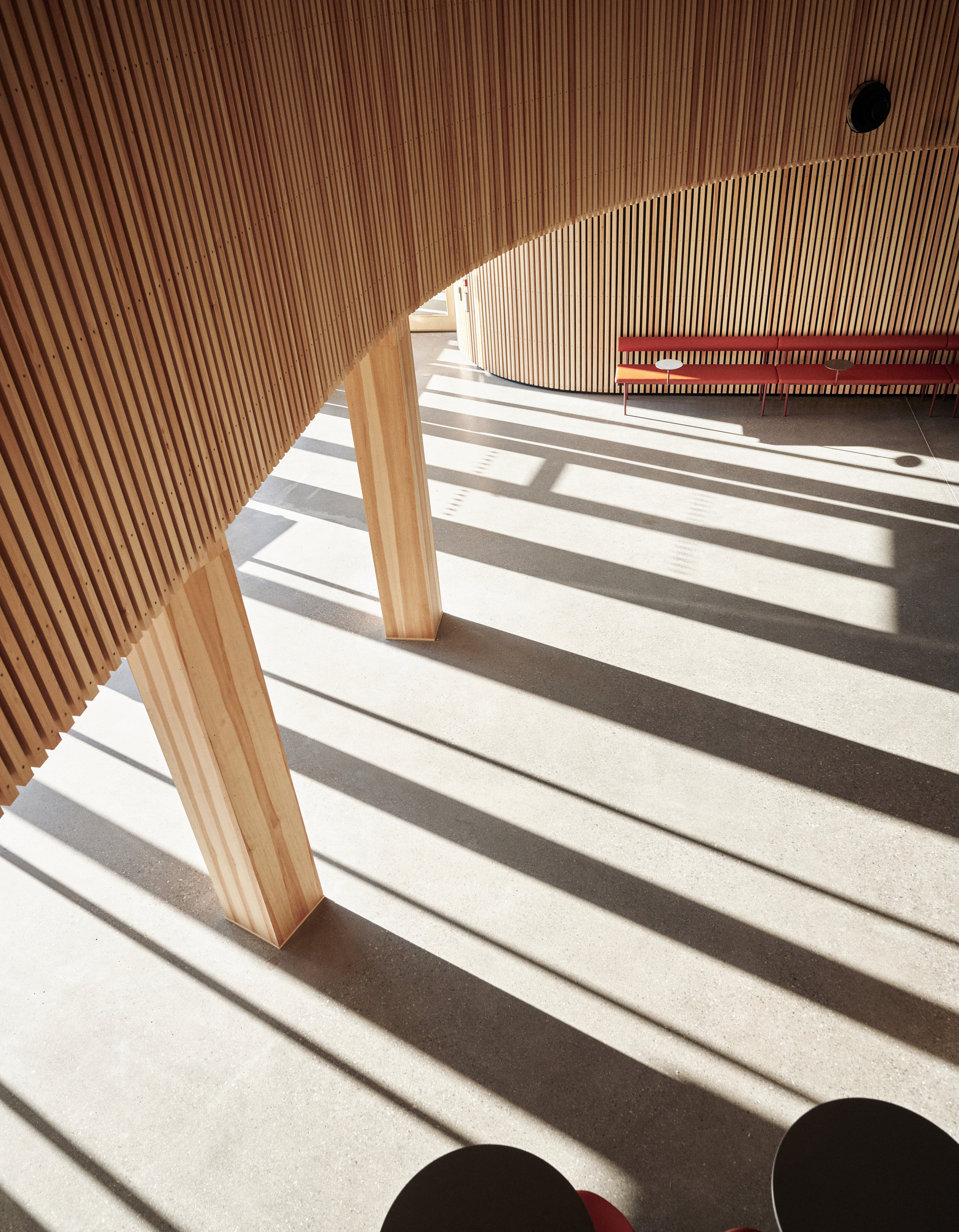
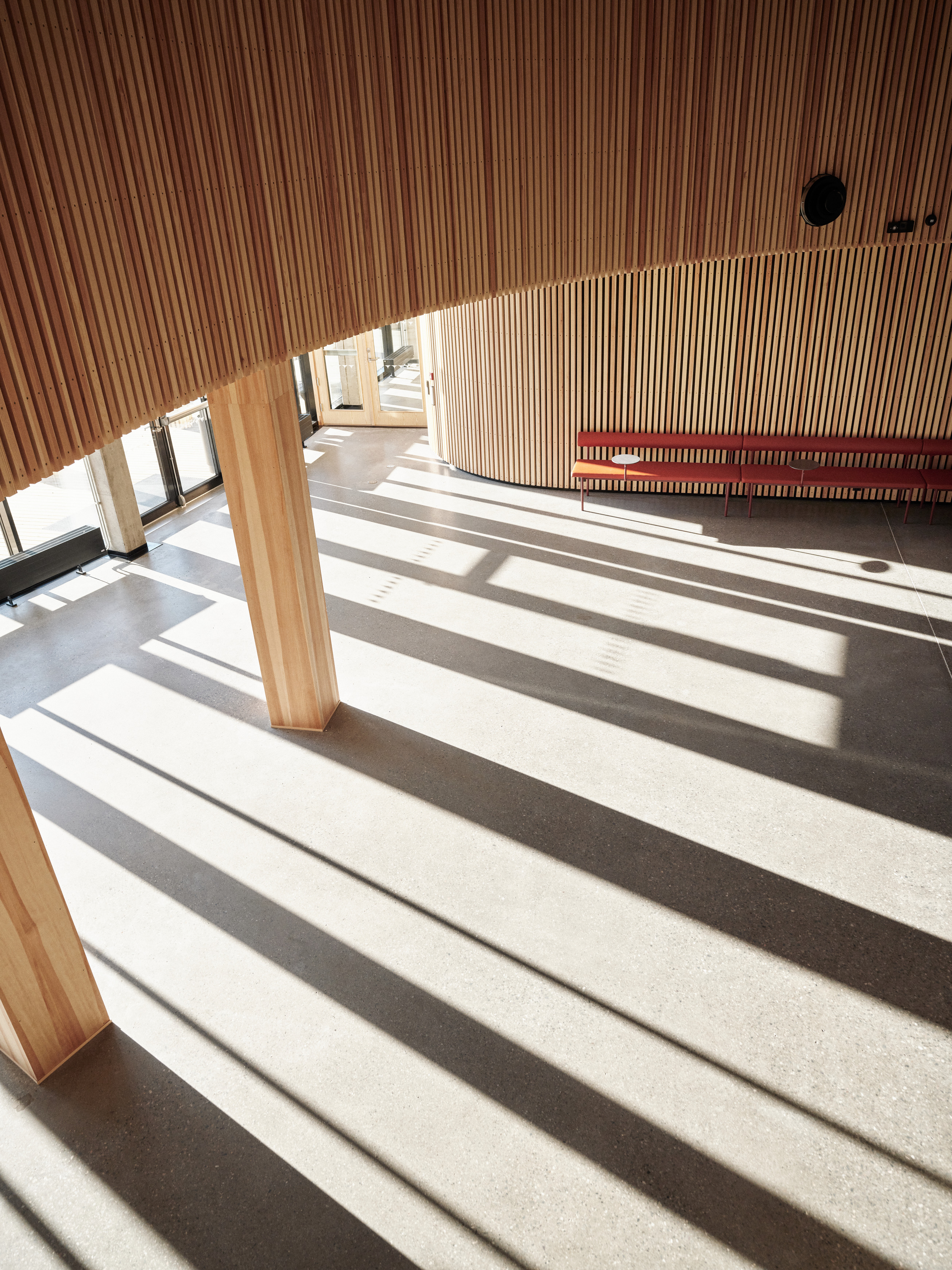
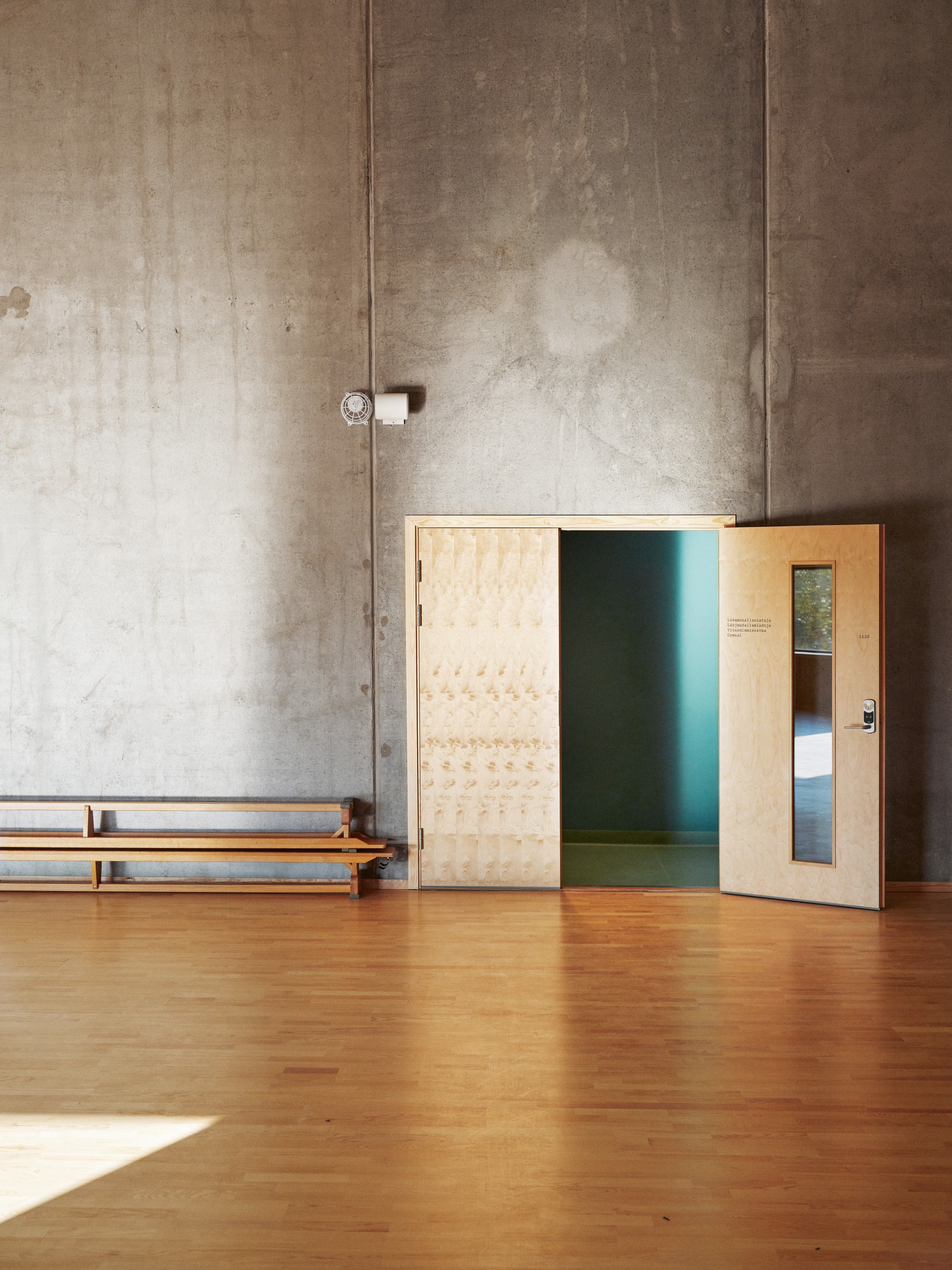
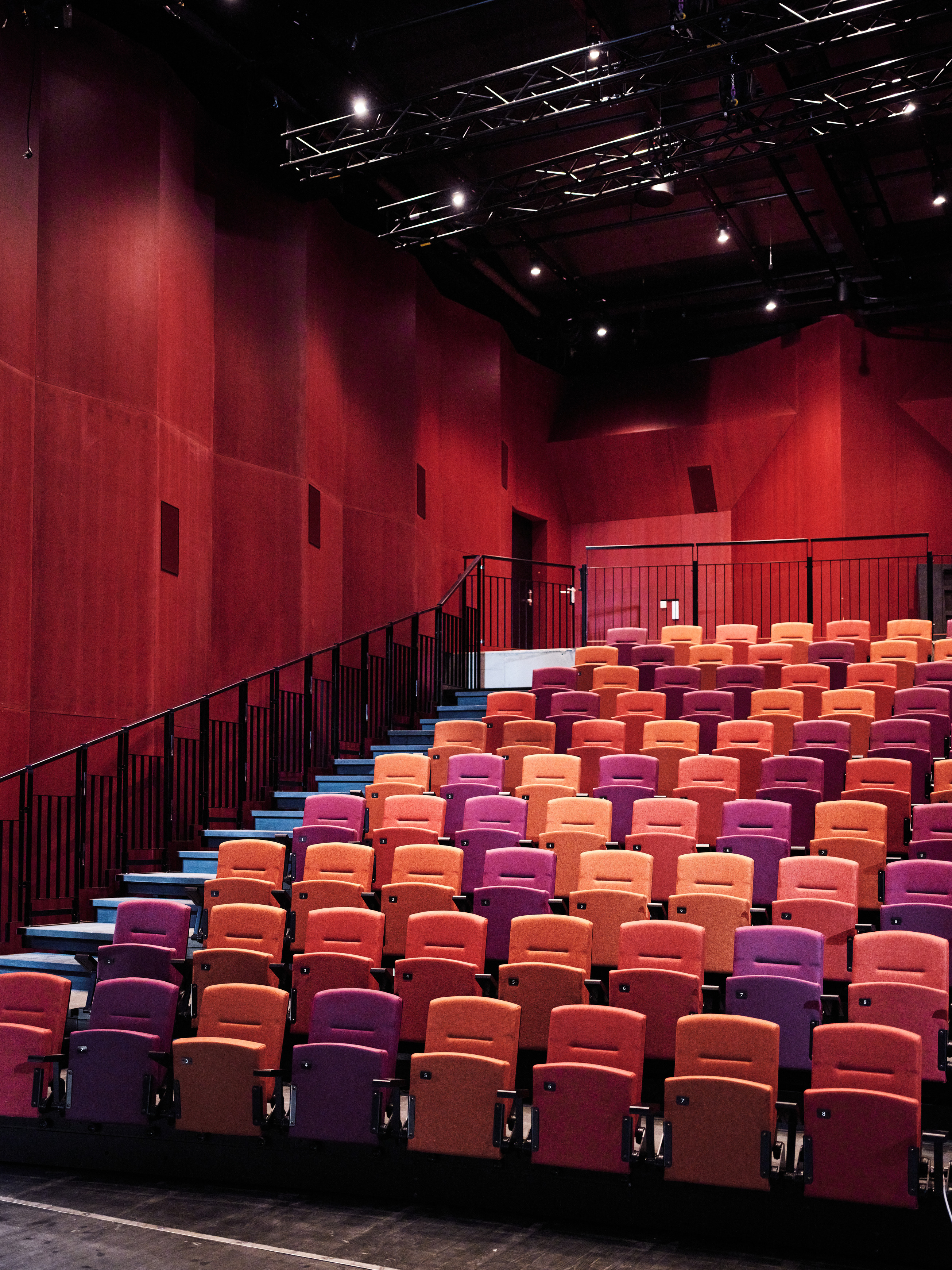
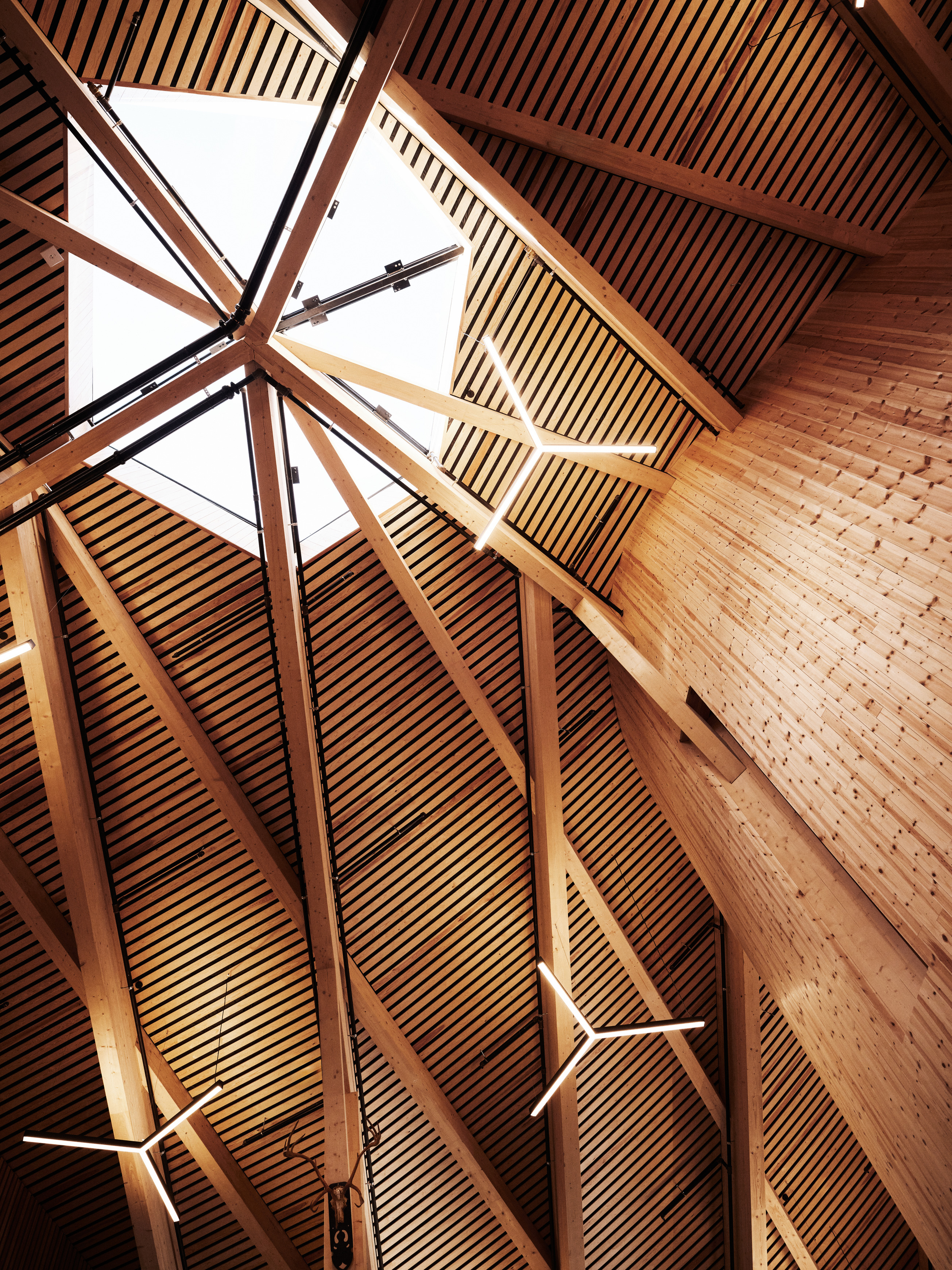
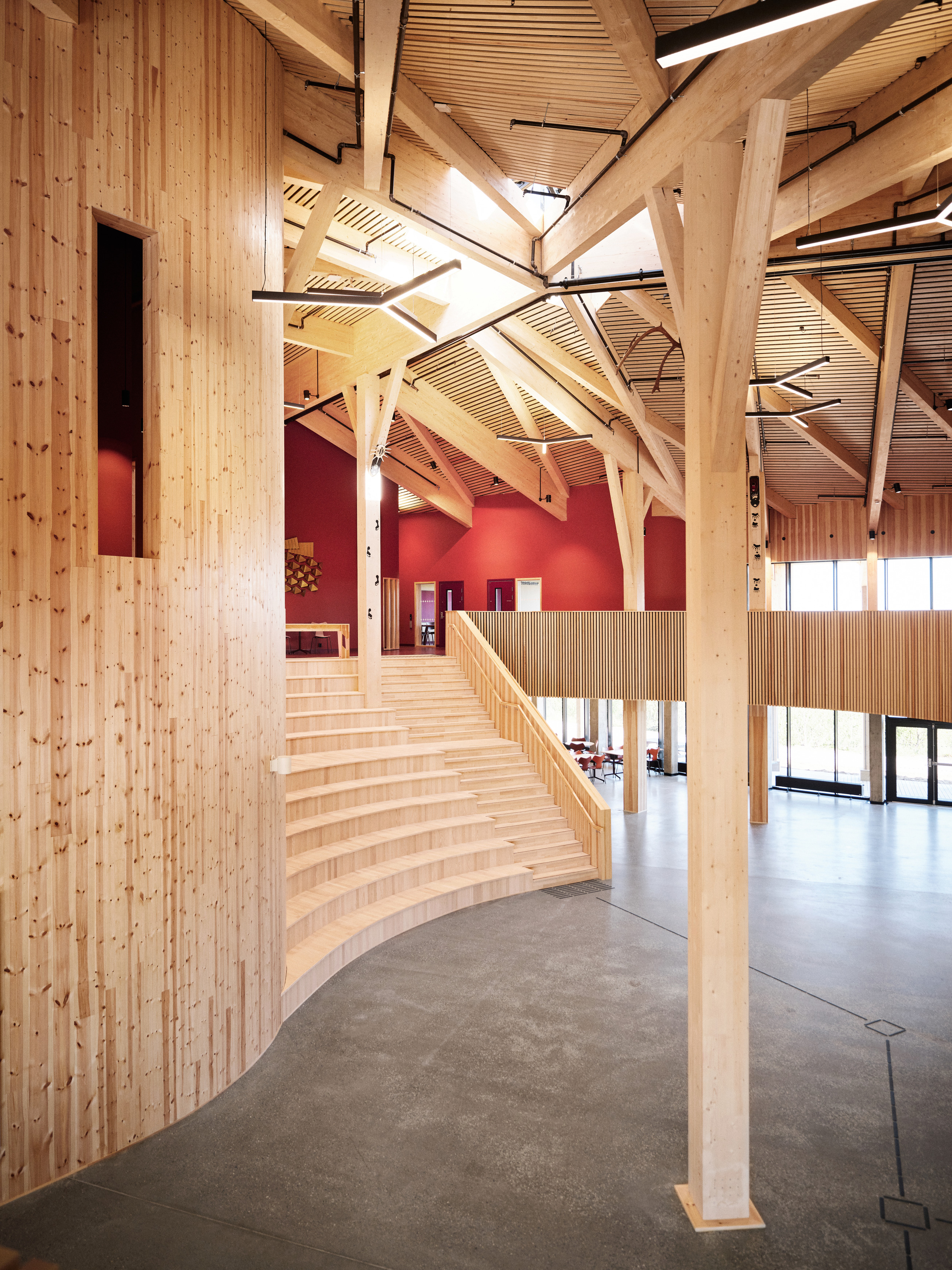
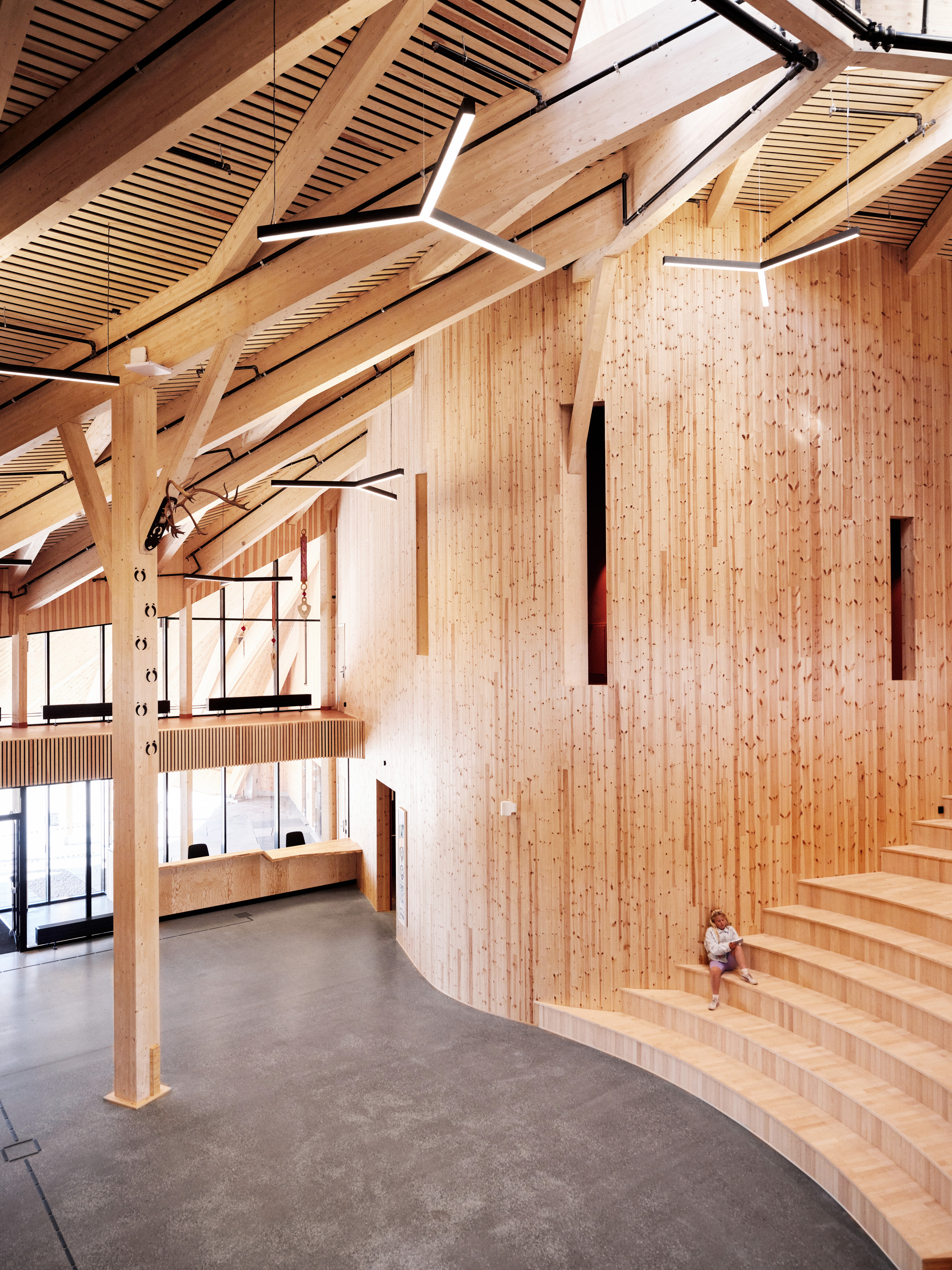
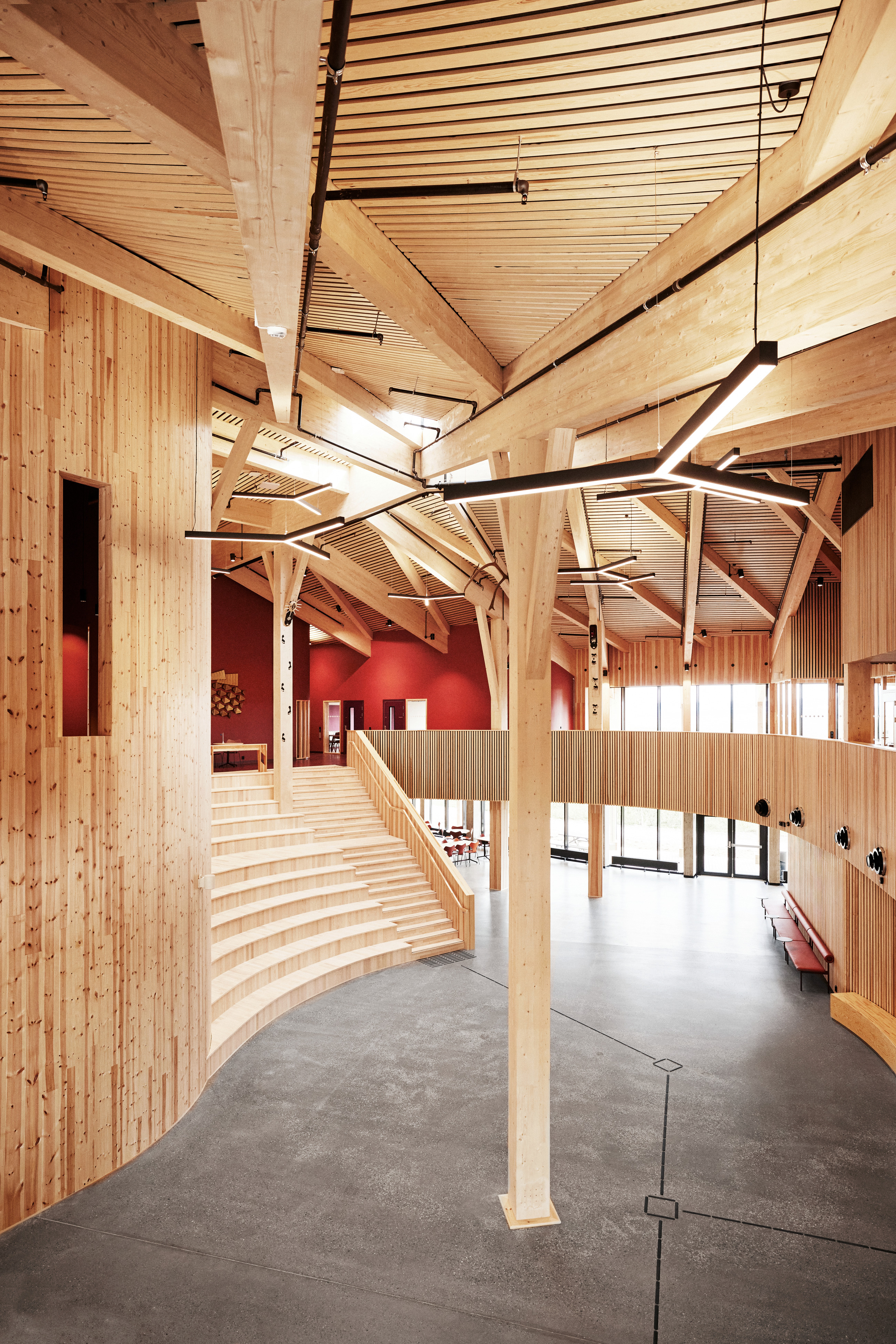
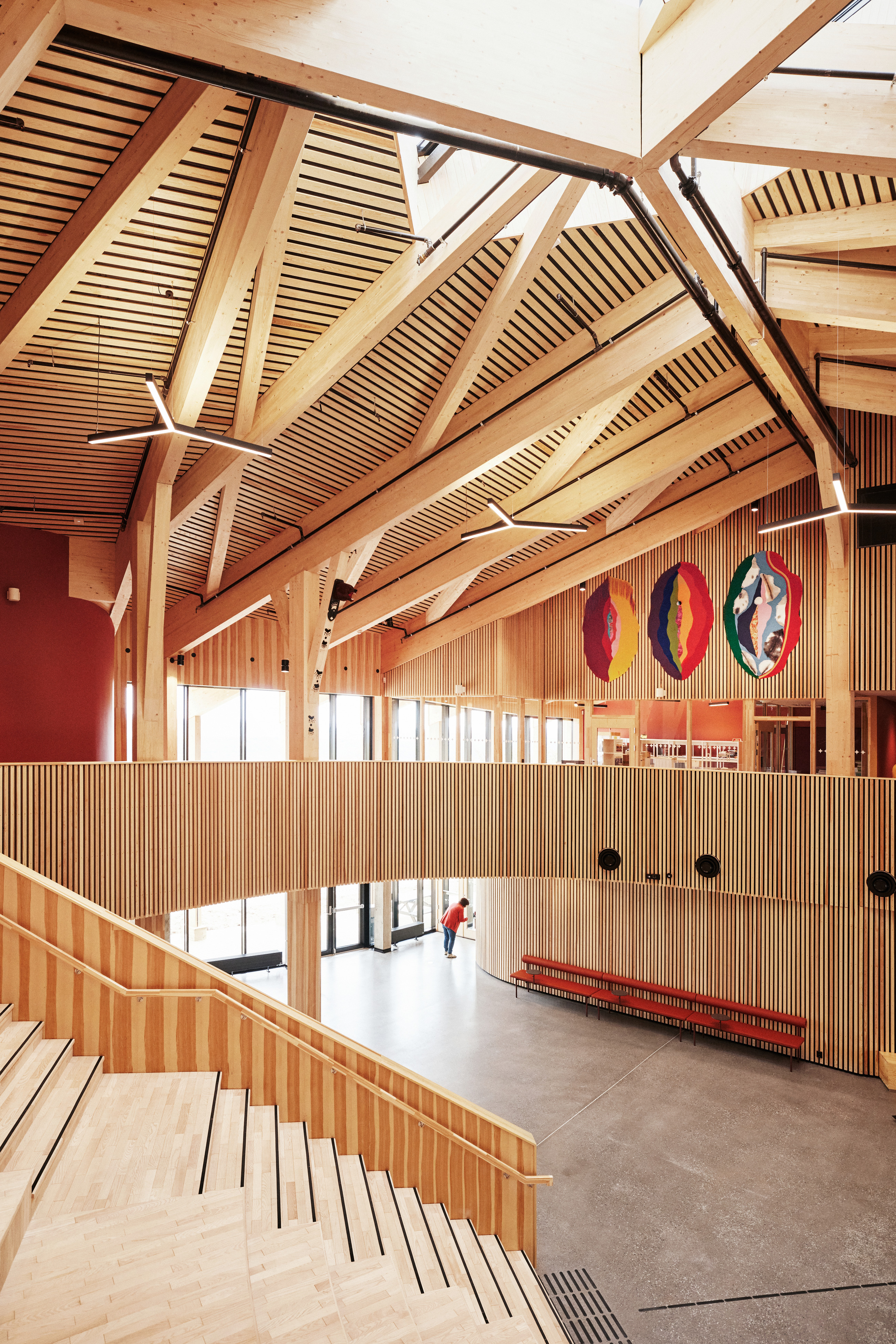
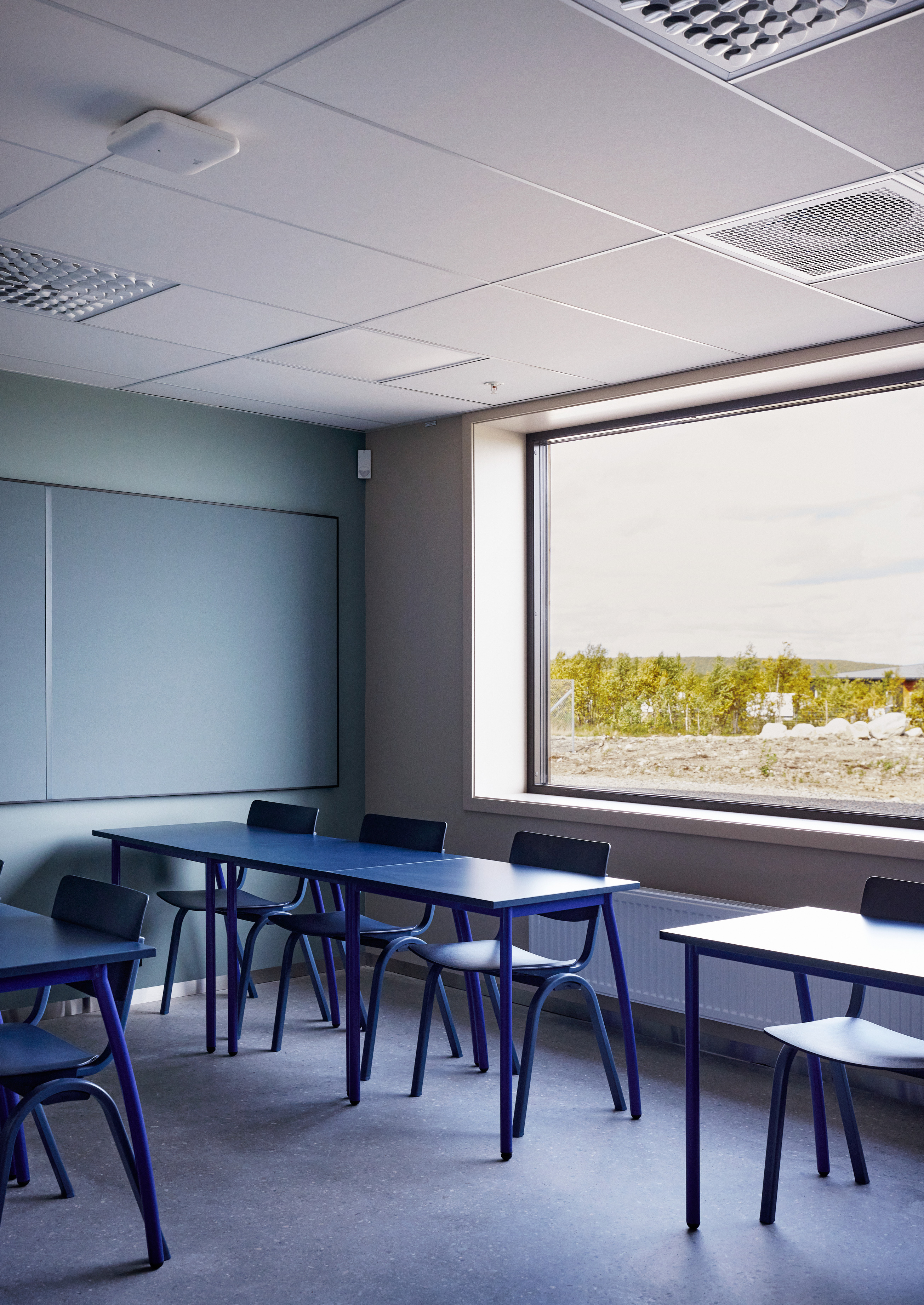
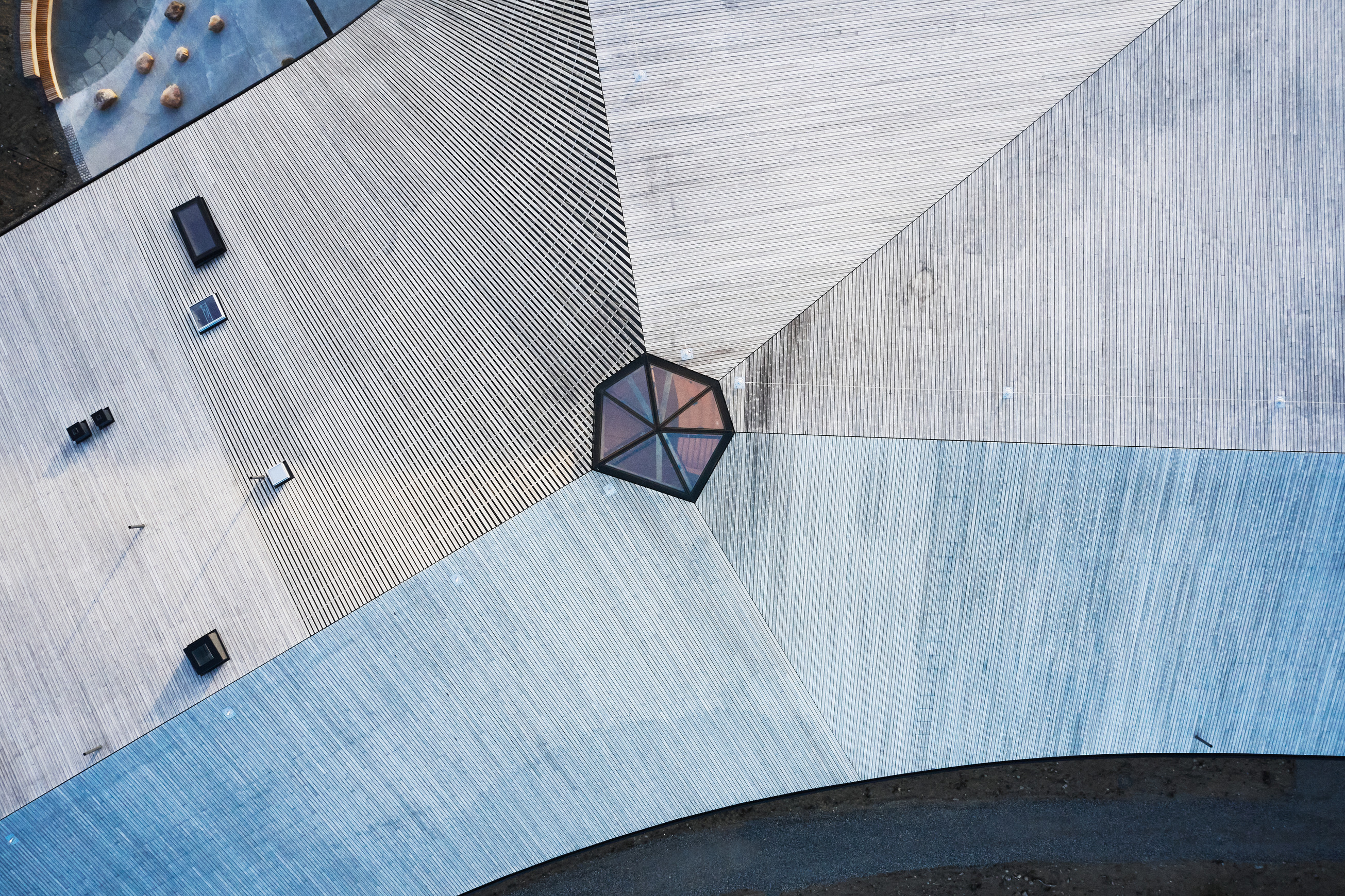
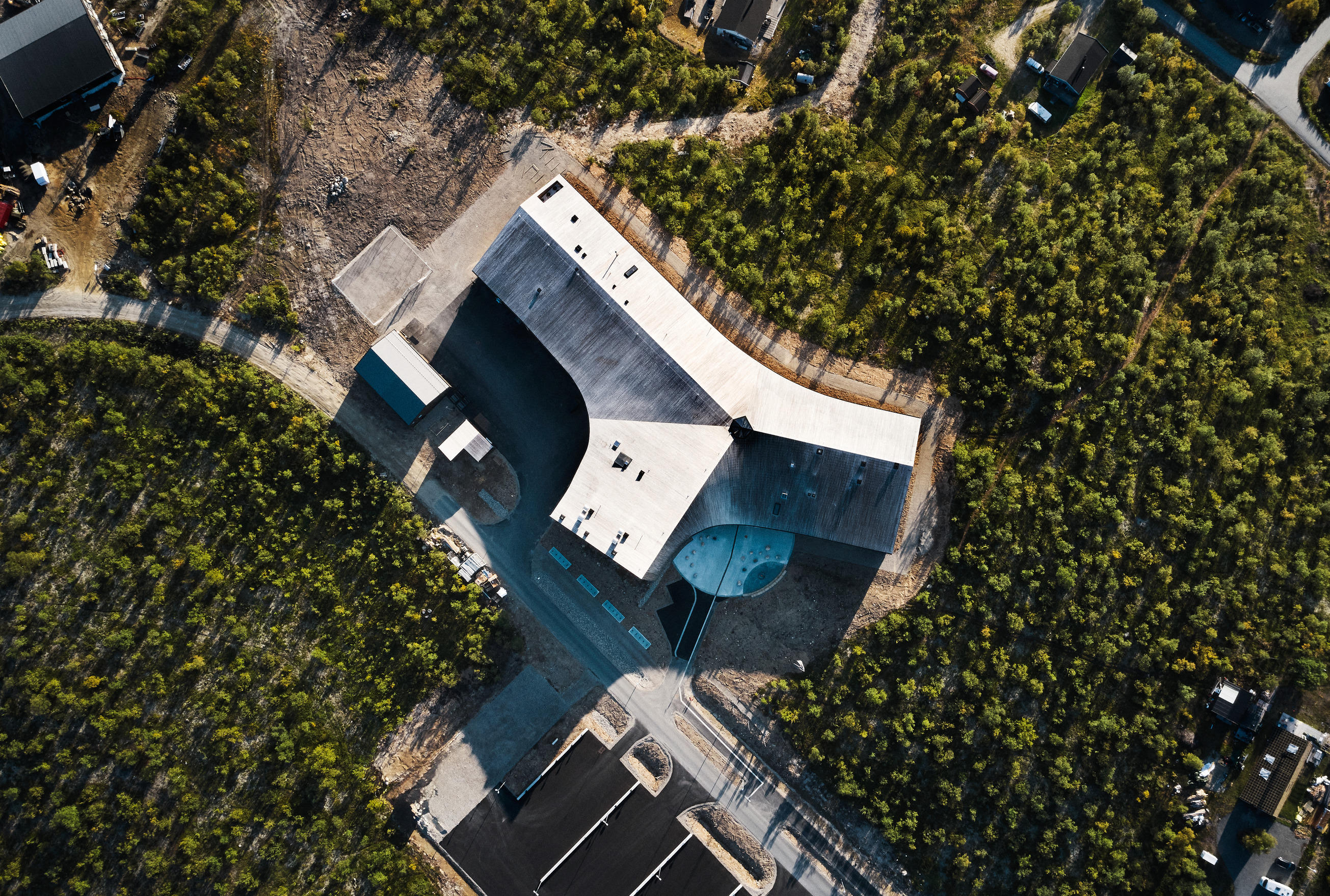
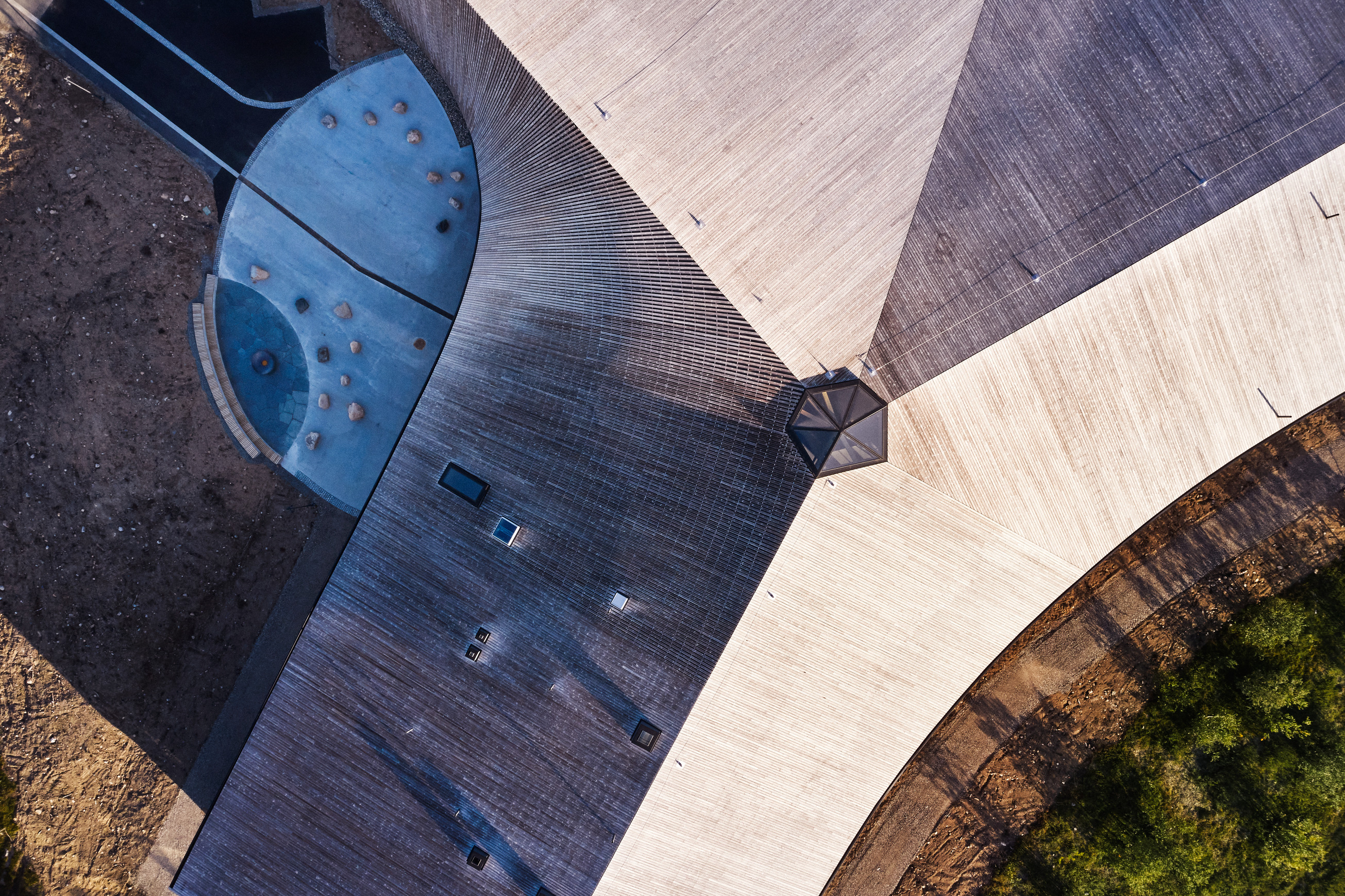
莫干山木子林夕云民宿丨实在建筑SZ-ARCHITECTS

The Grand Ballroom | MVRDV

Casa Heinemann | FGMF

Jesselton Docklands | Snøhetta

Pirelli 35 | Snøhetta

Pirelli 35 | Park Associati + Snøhetta

ZONES I POLY VOLY 新办公空间丨众舍设计事务所
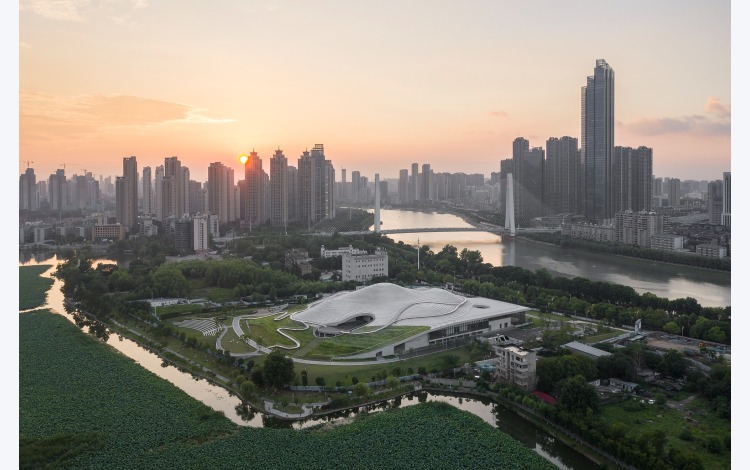

琴台美术馆 | 大舍建筑设计事务所


对话|威尼斯双年展主题展参展建筑师孟凡浩:建筑如何引领“共生”

订阅我们的资讯
切勿错过全球大设计产业链大事件和重要设计资源公司和新产品的推荐
联系我们
举报
返回顶部










